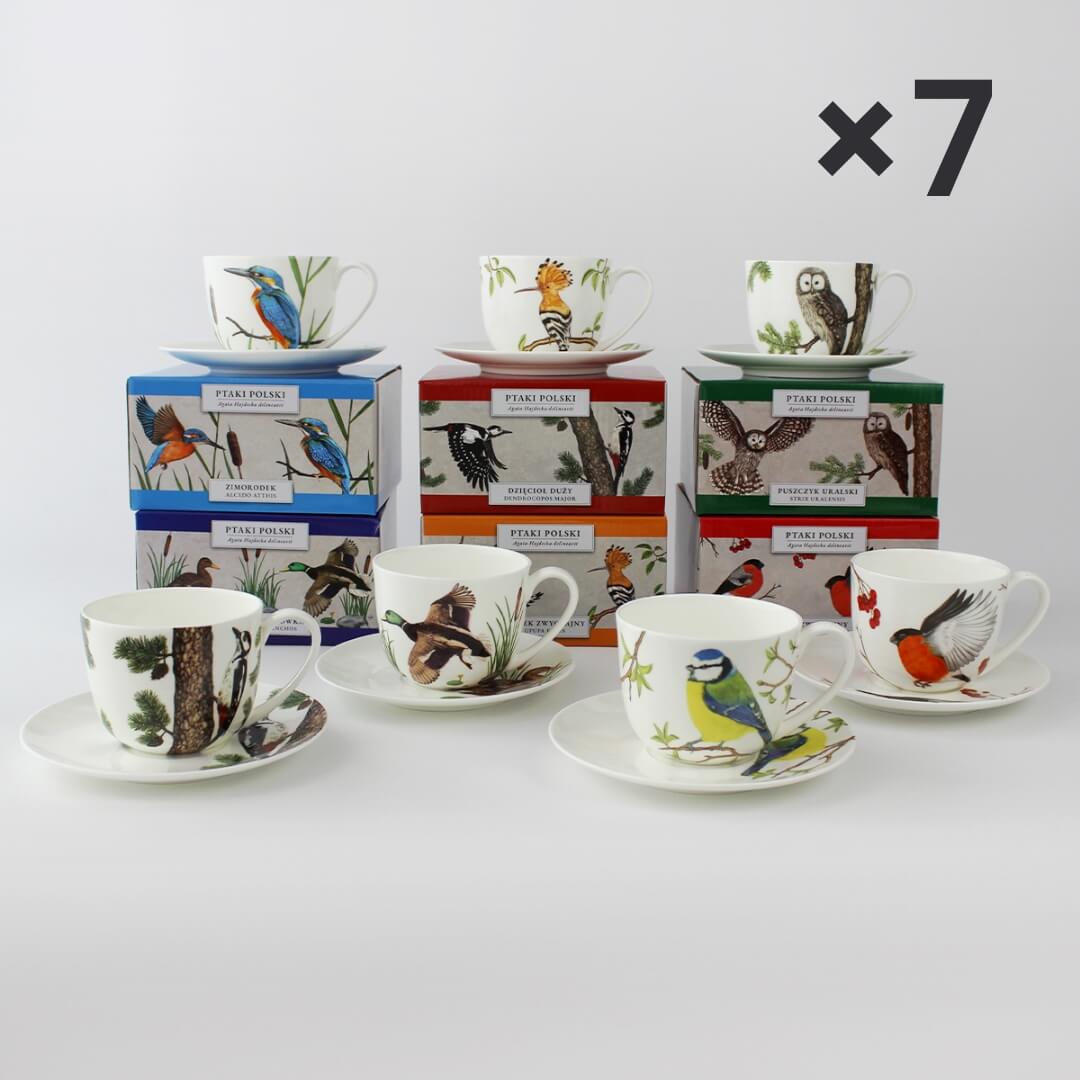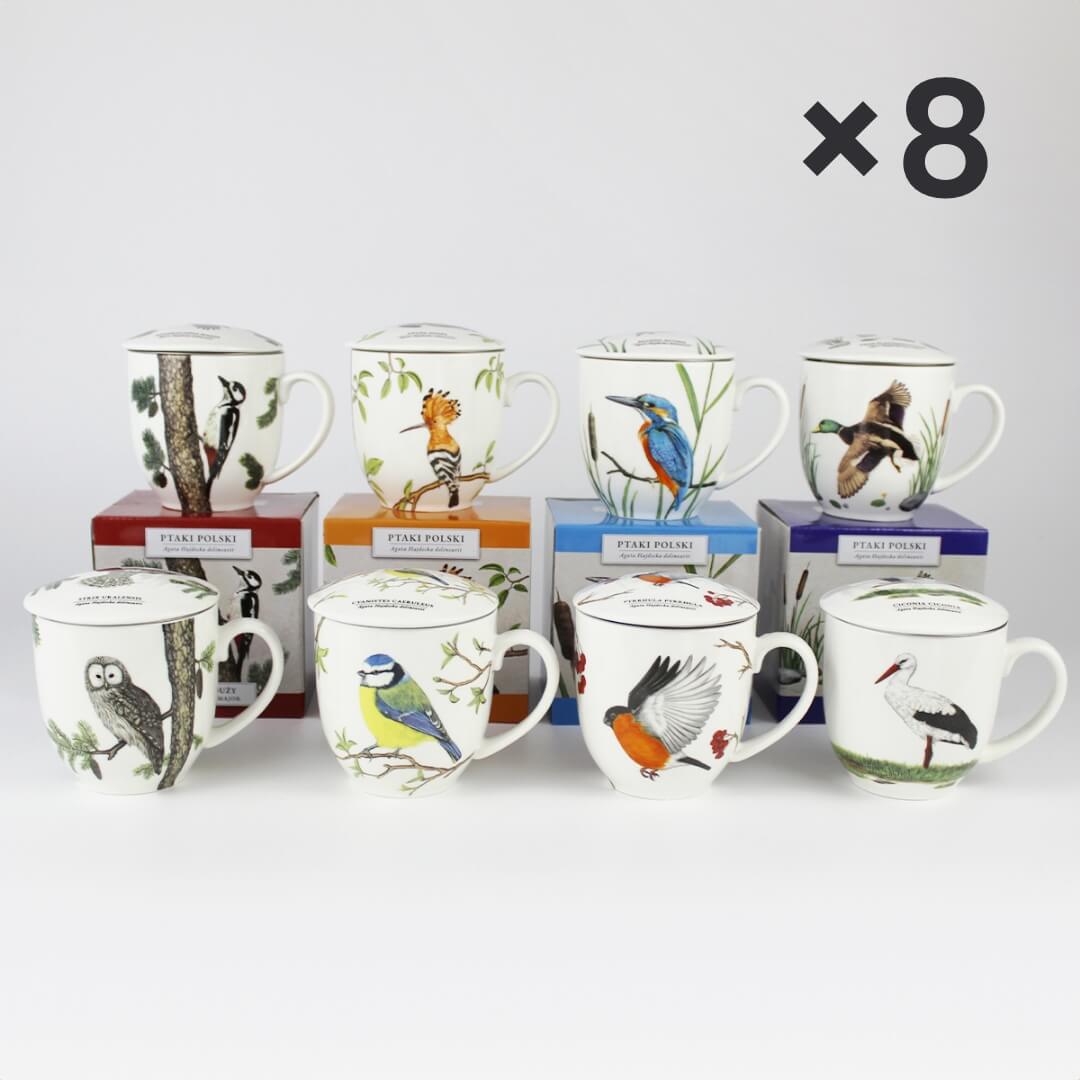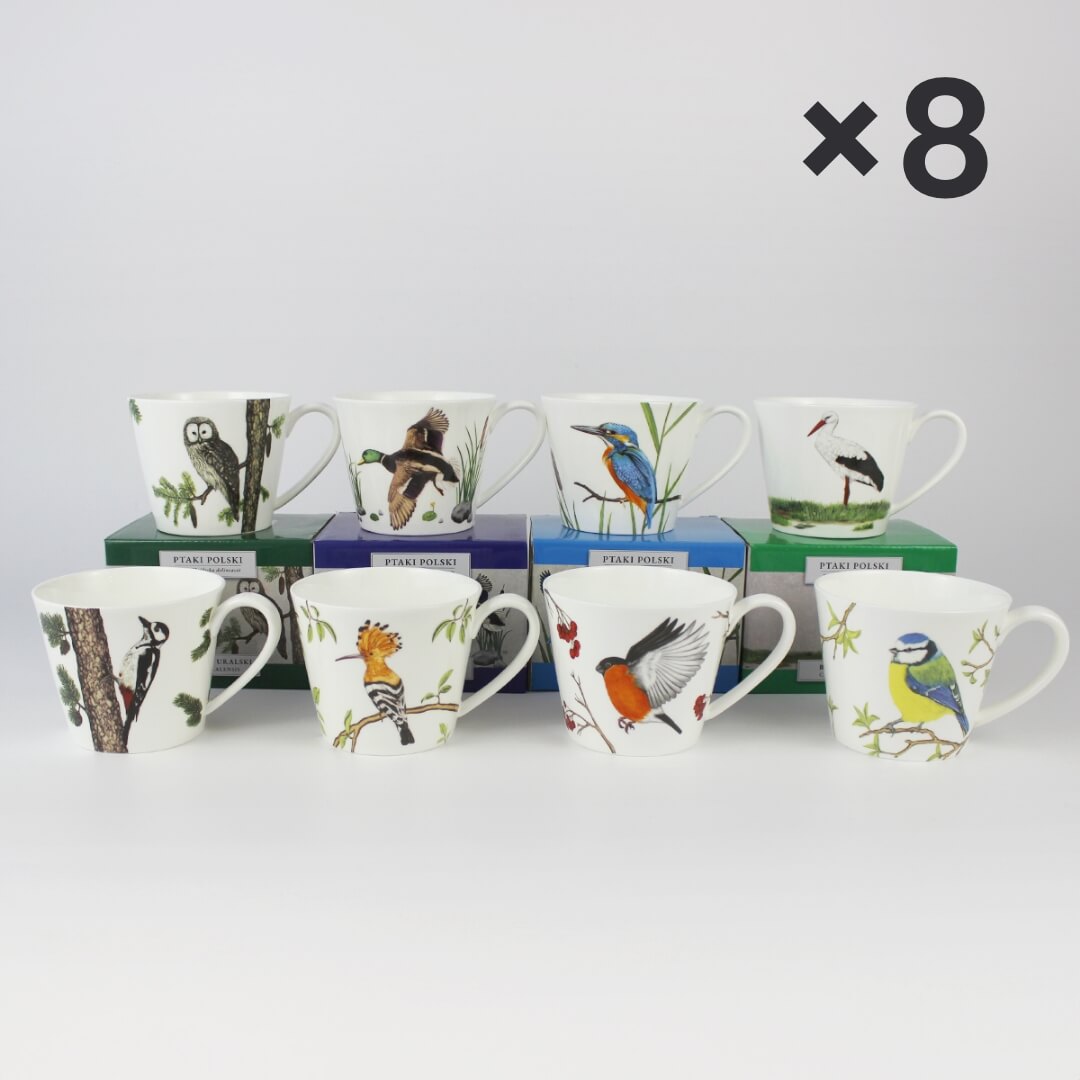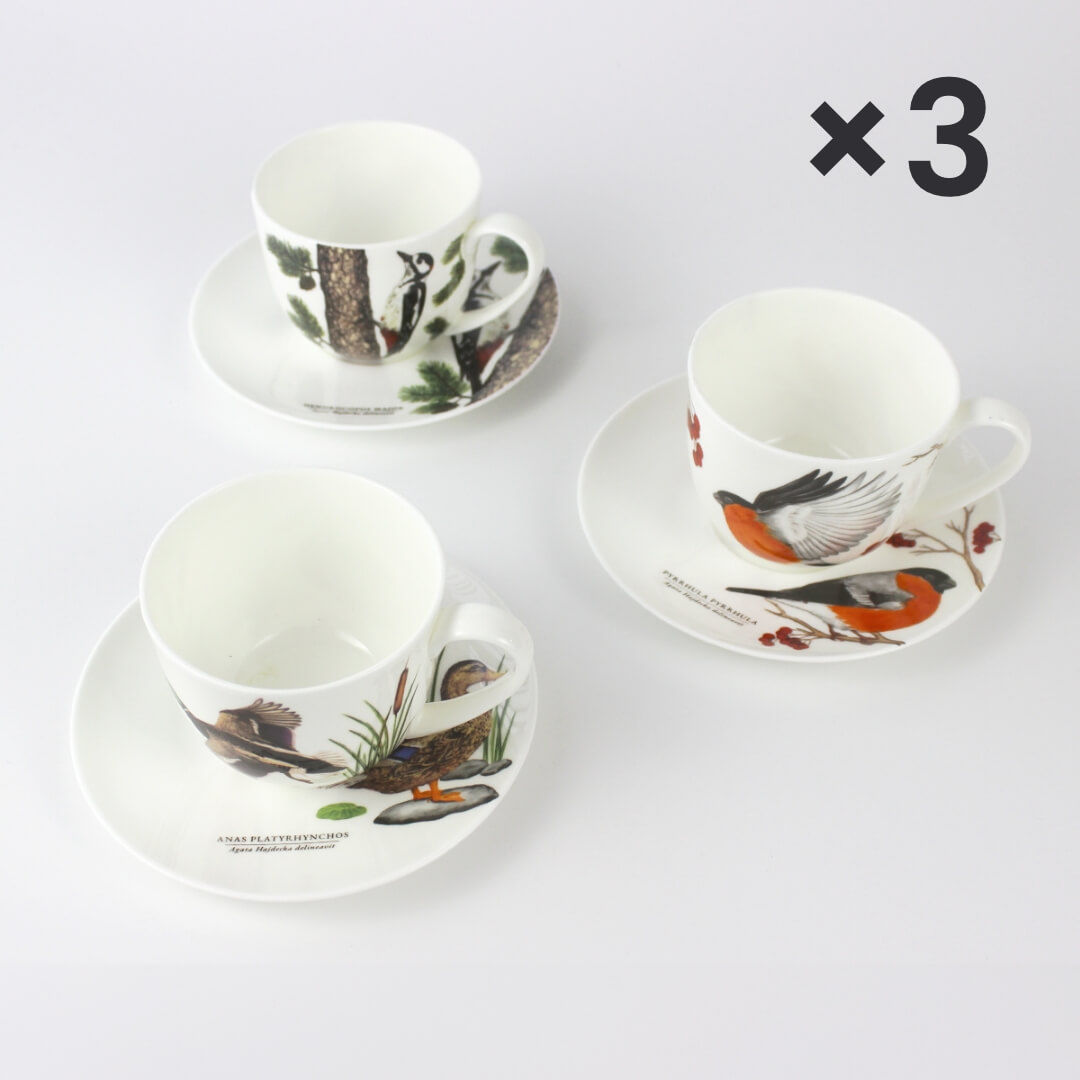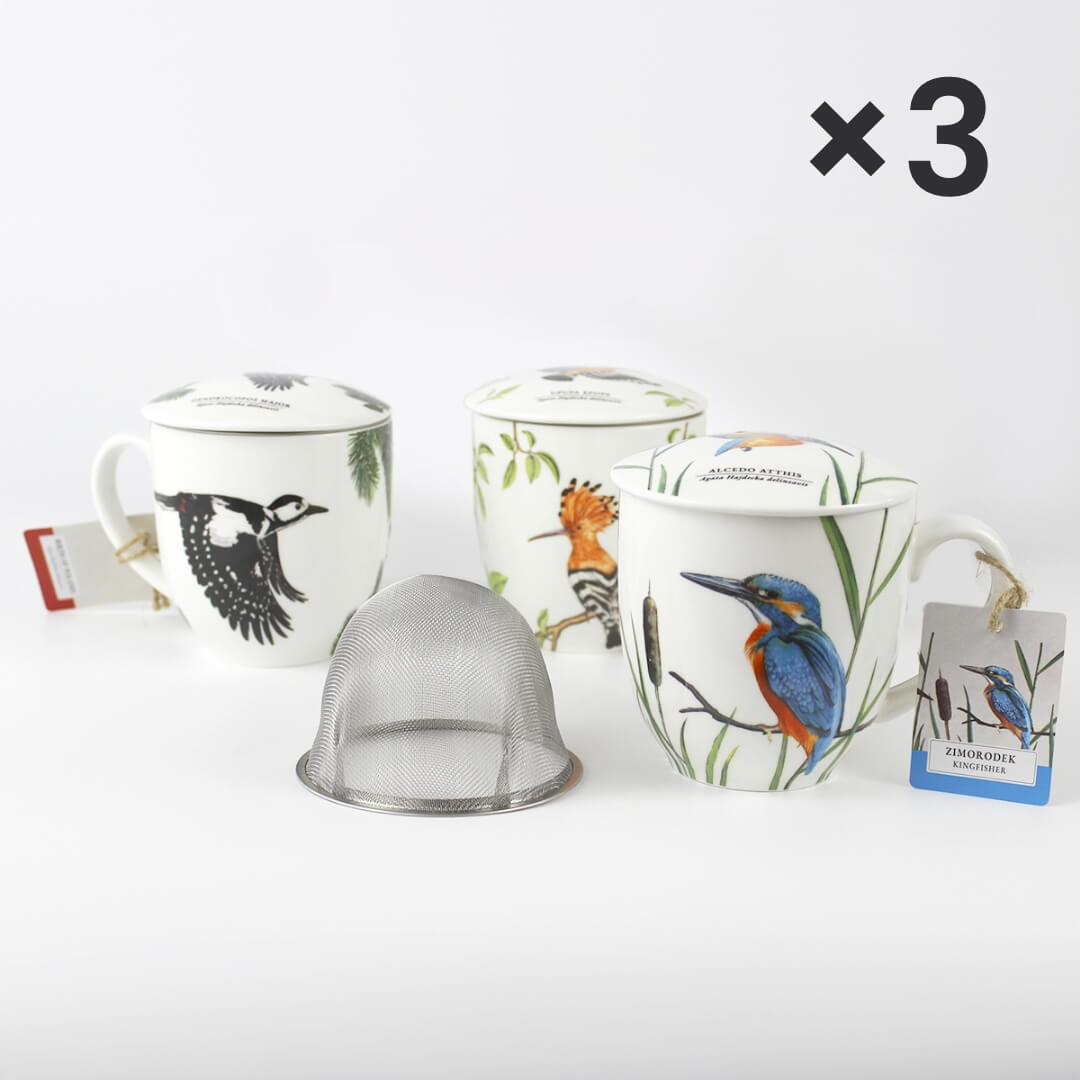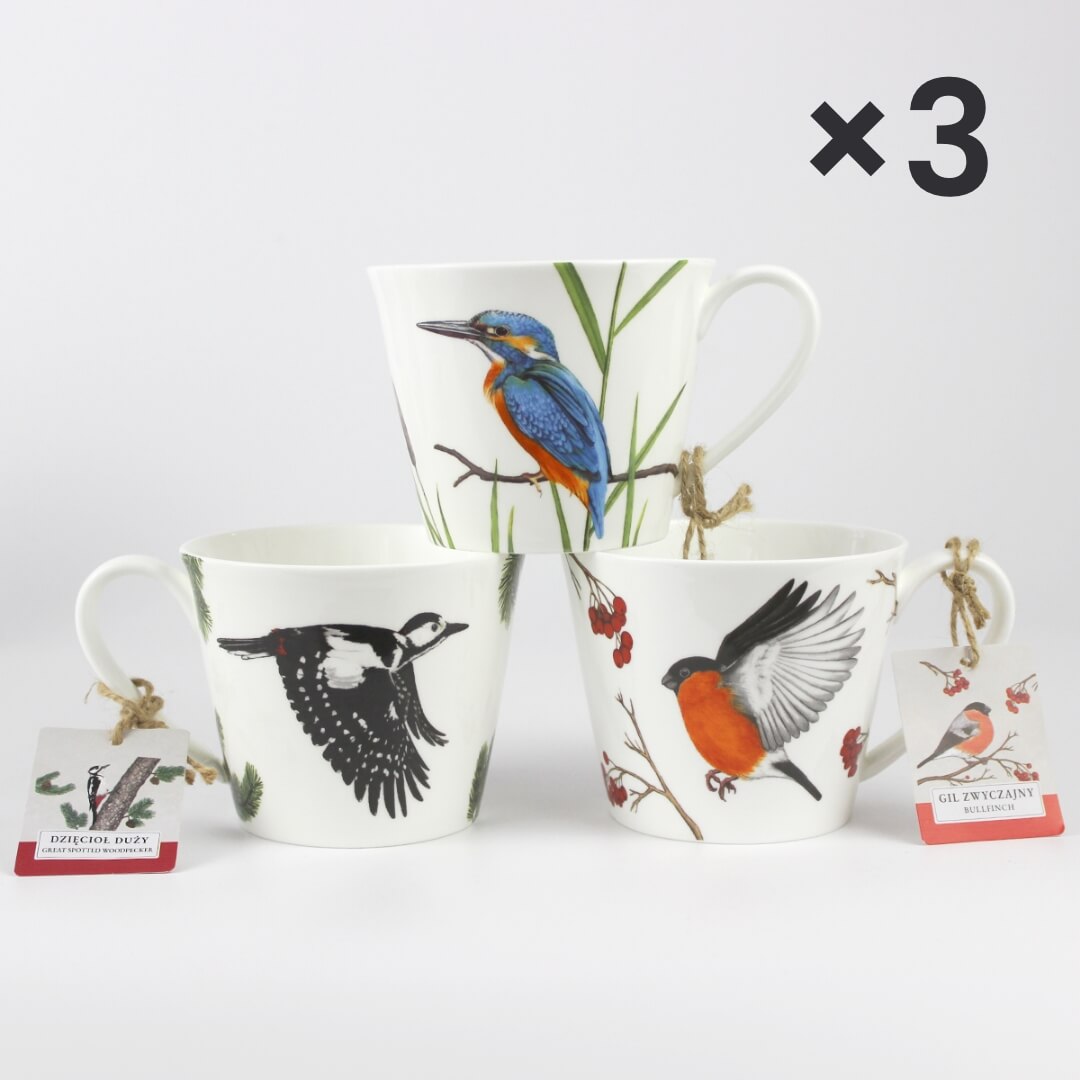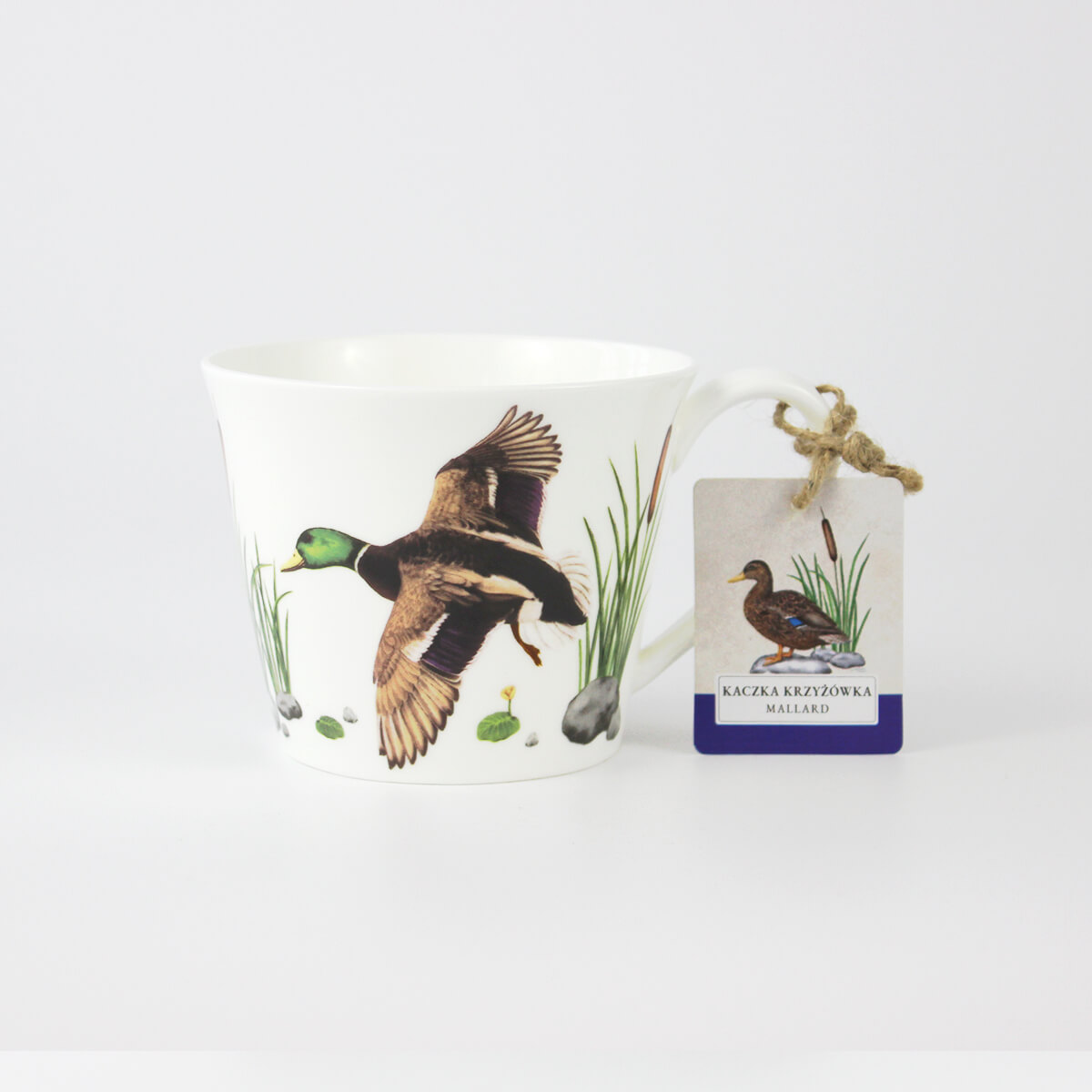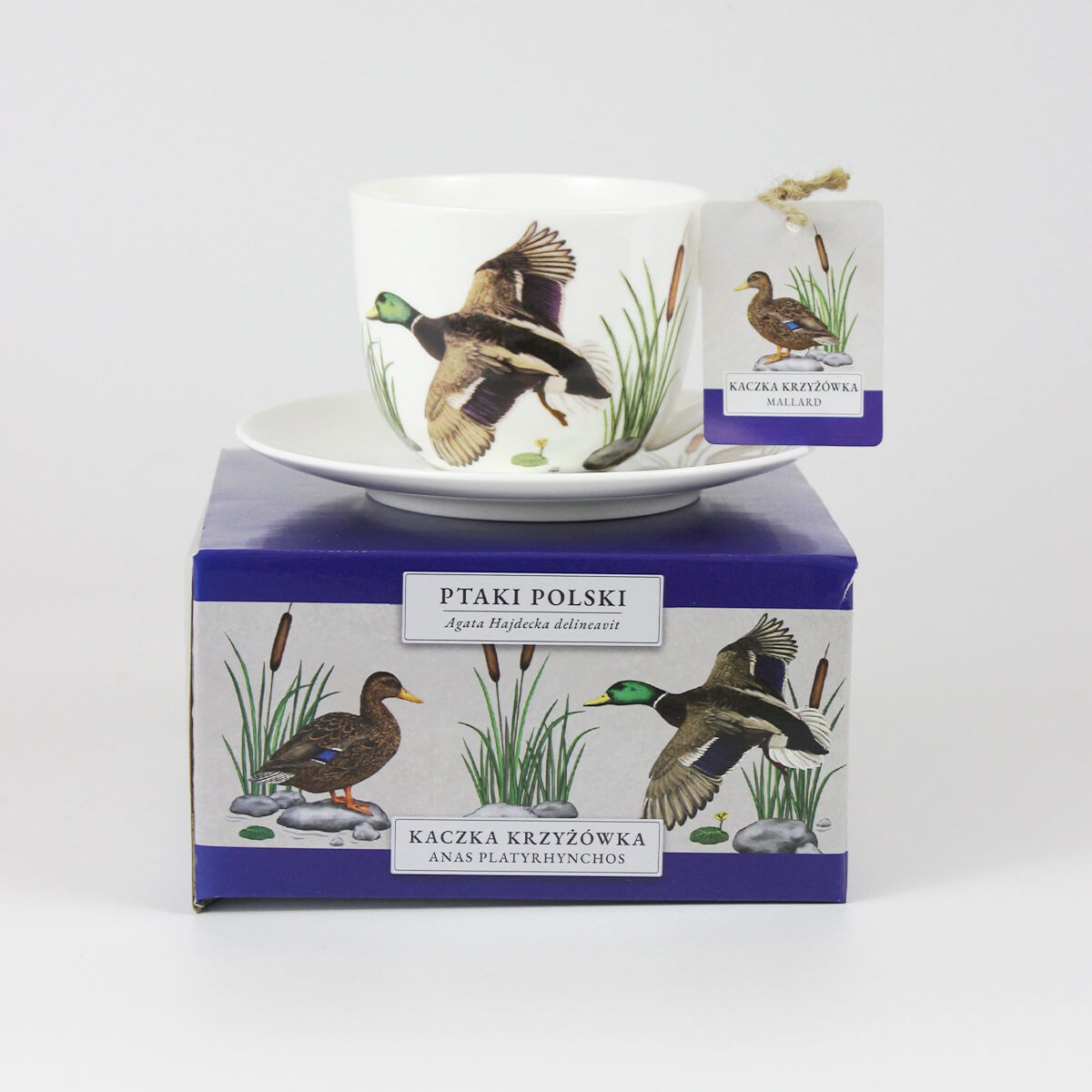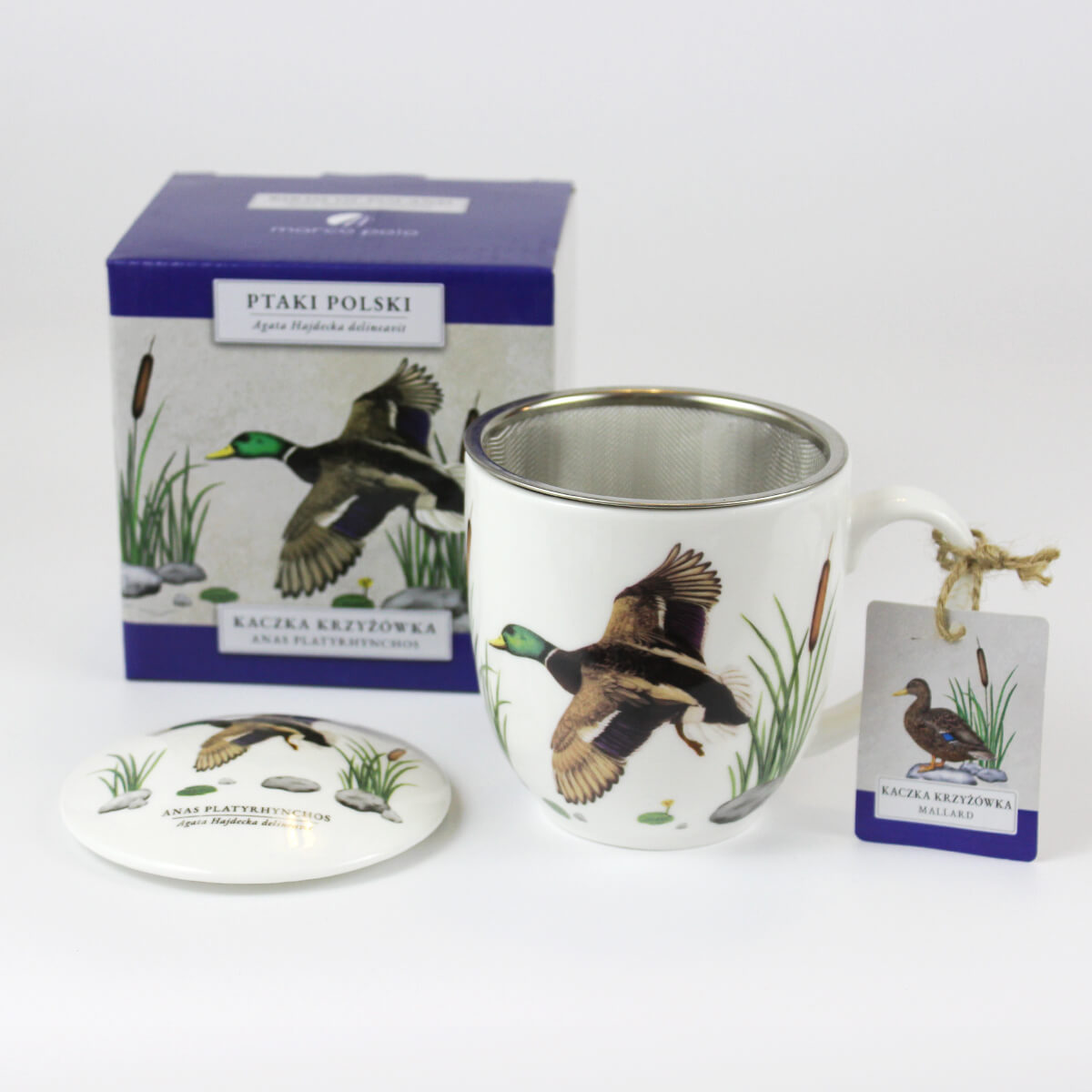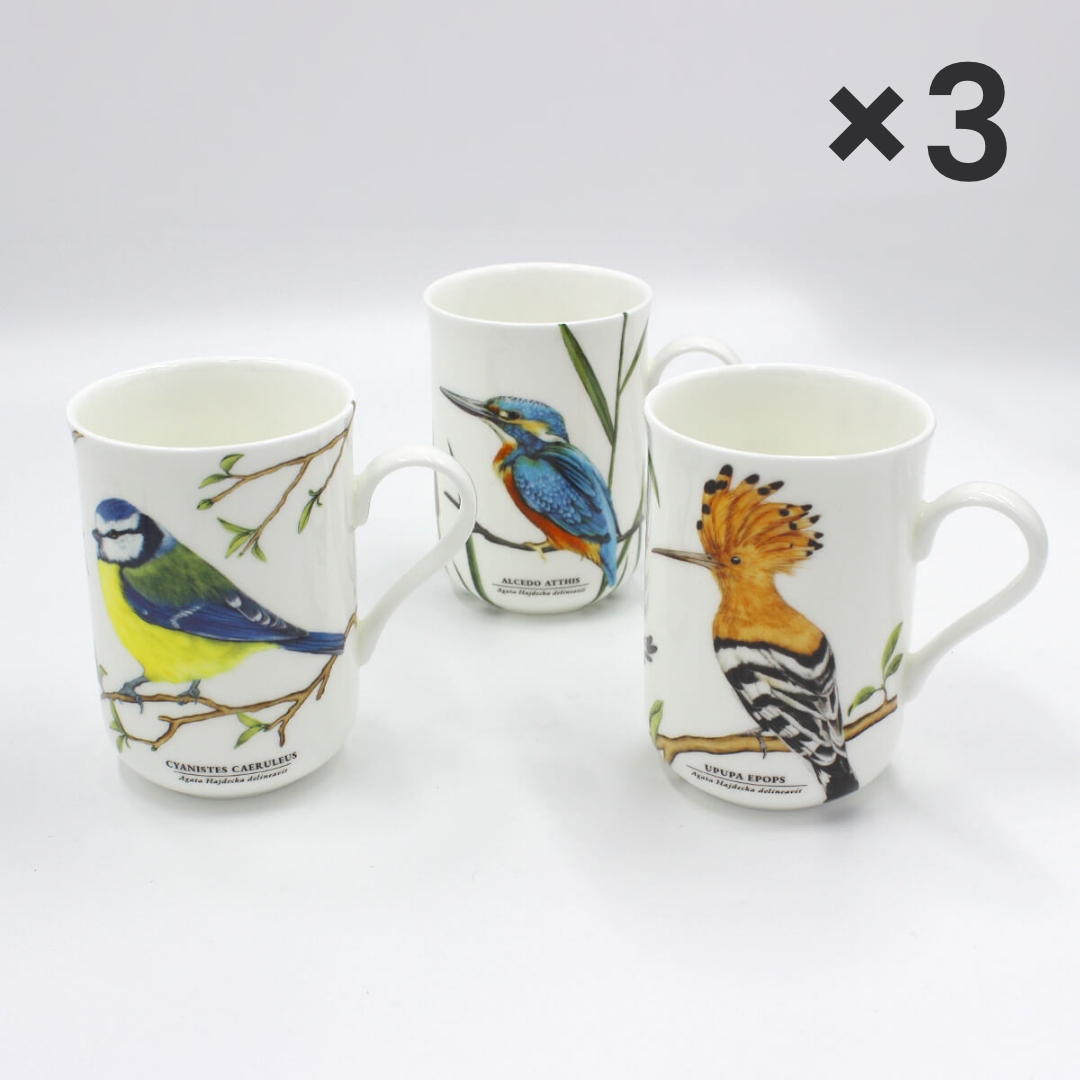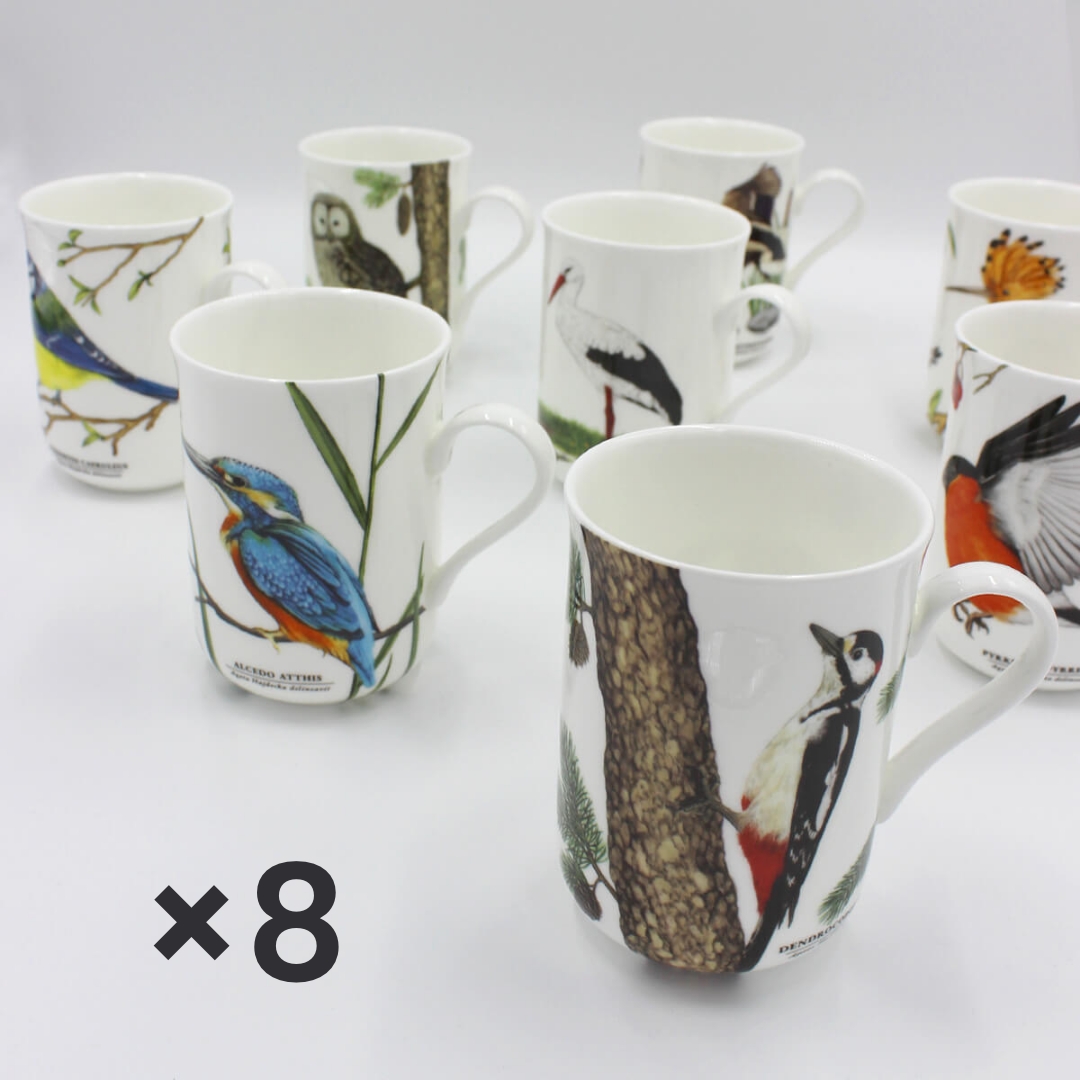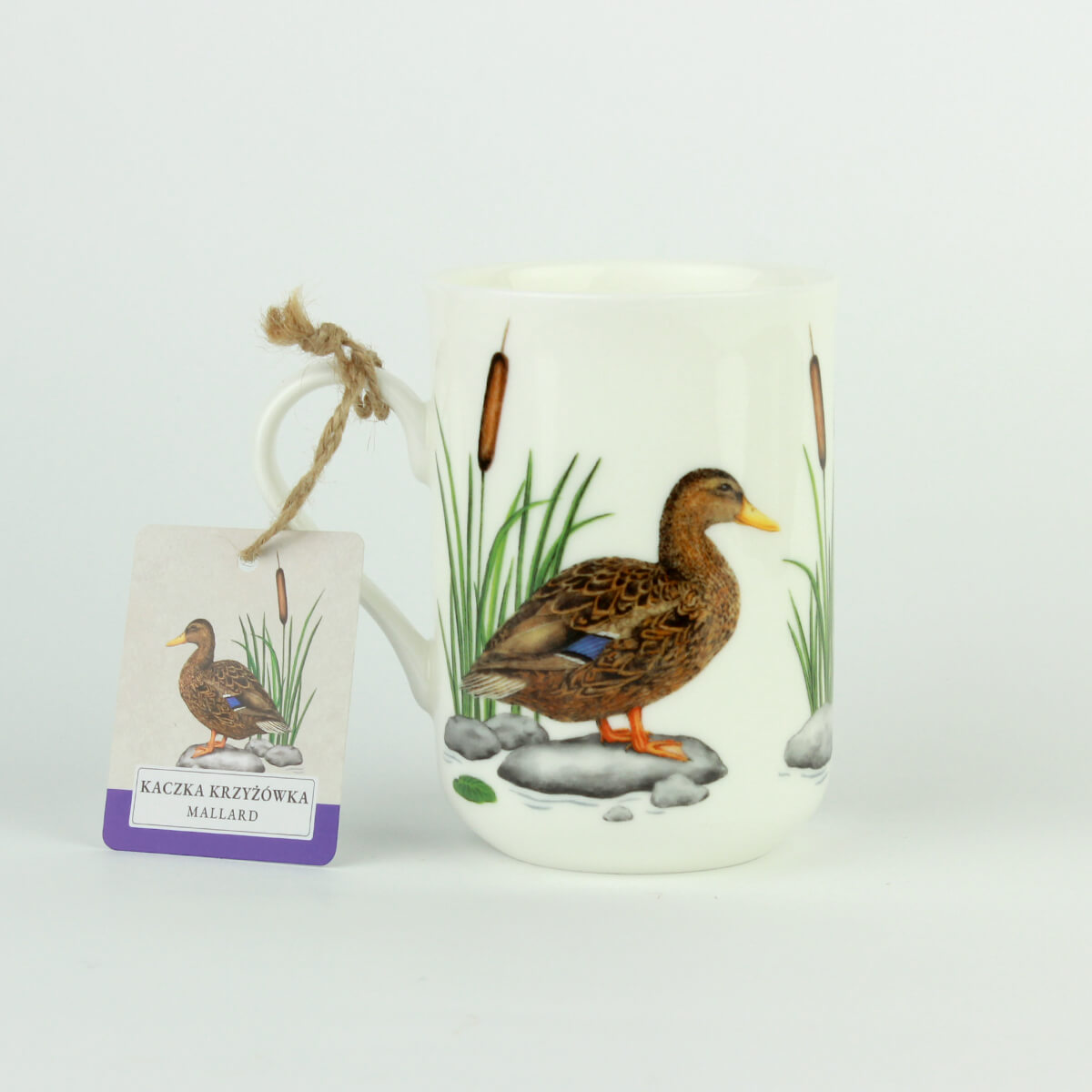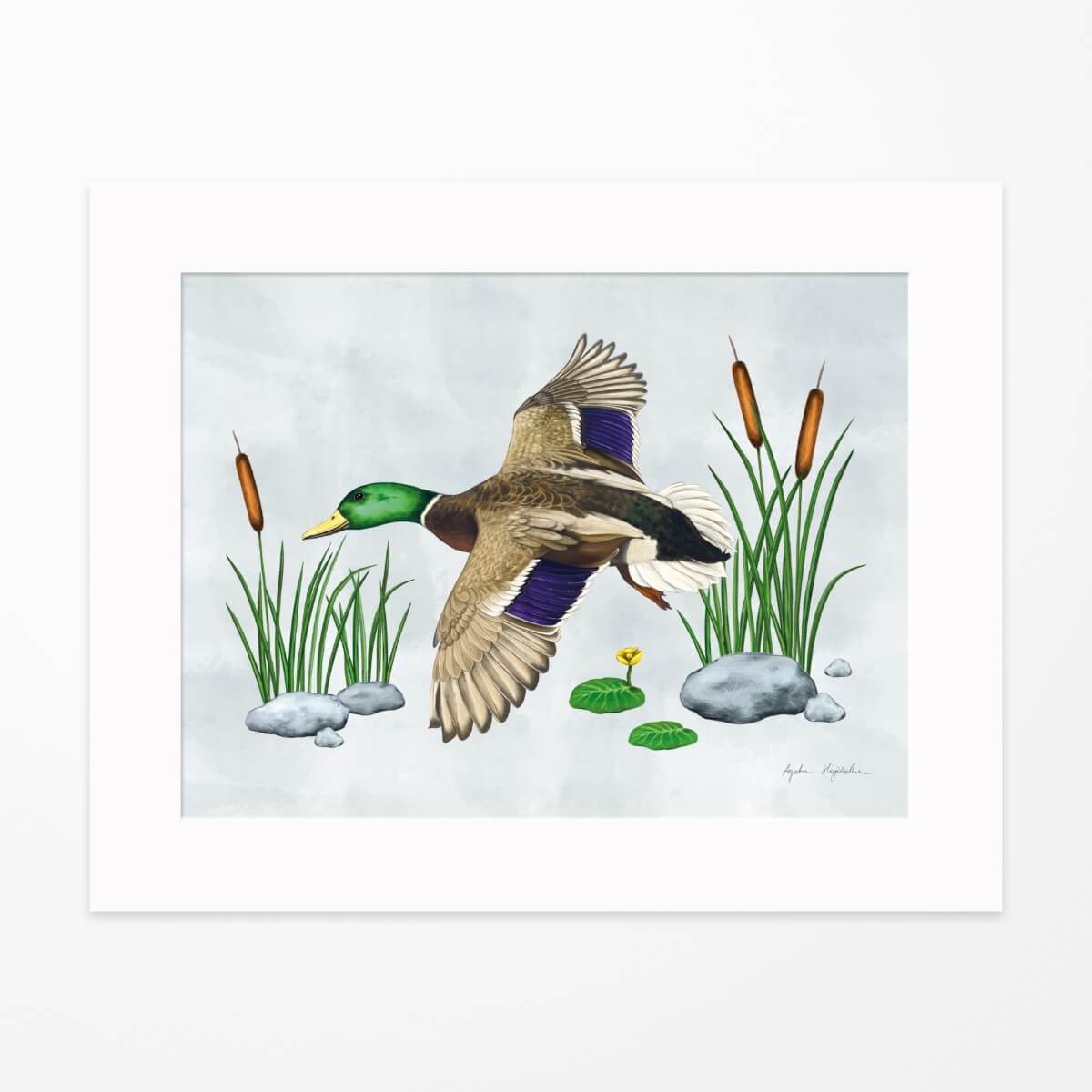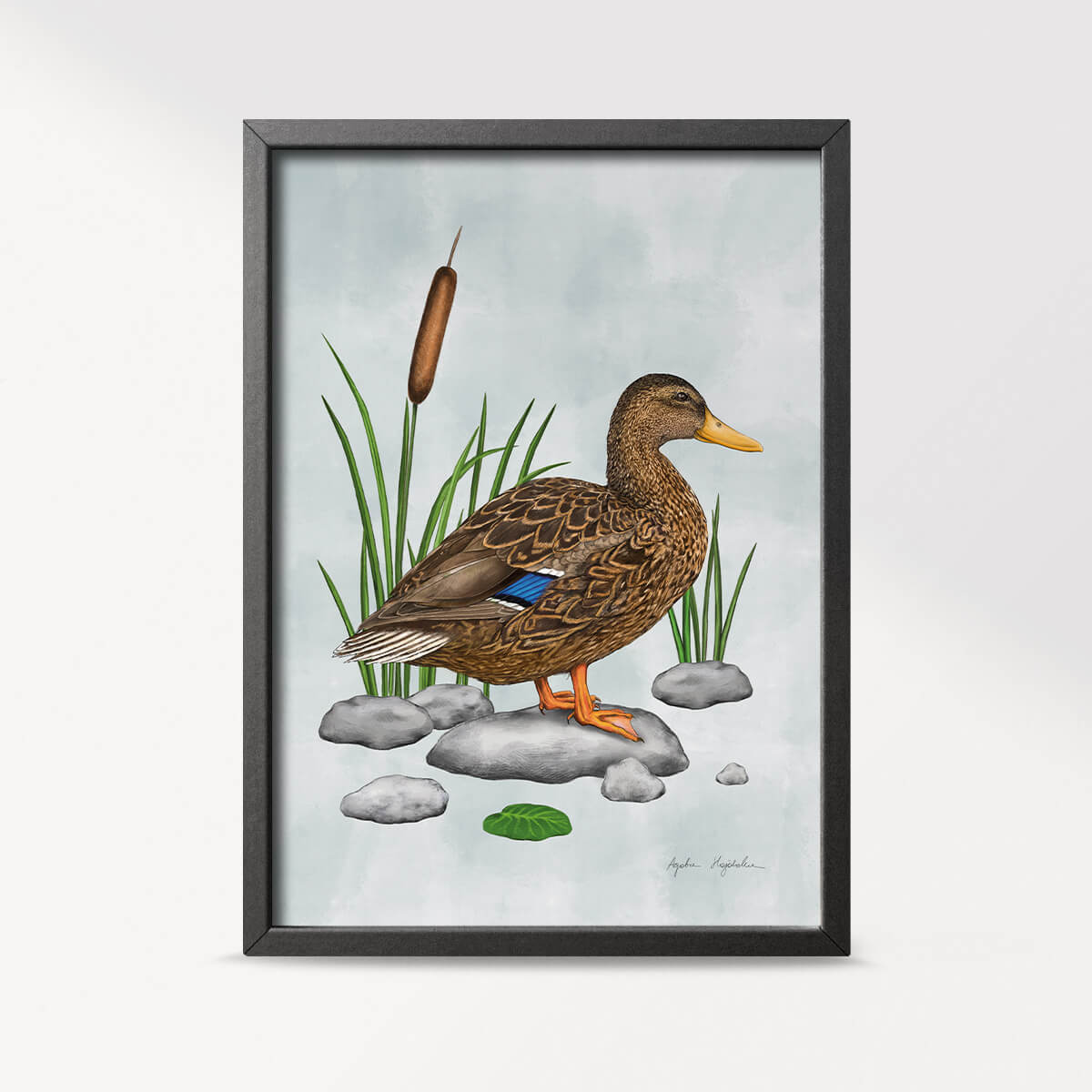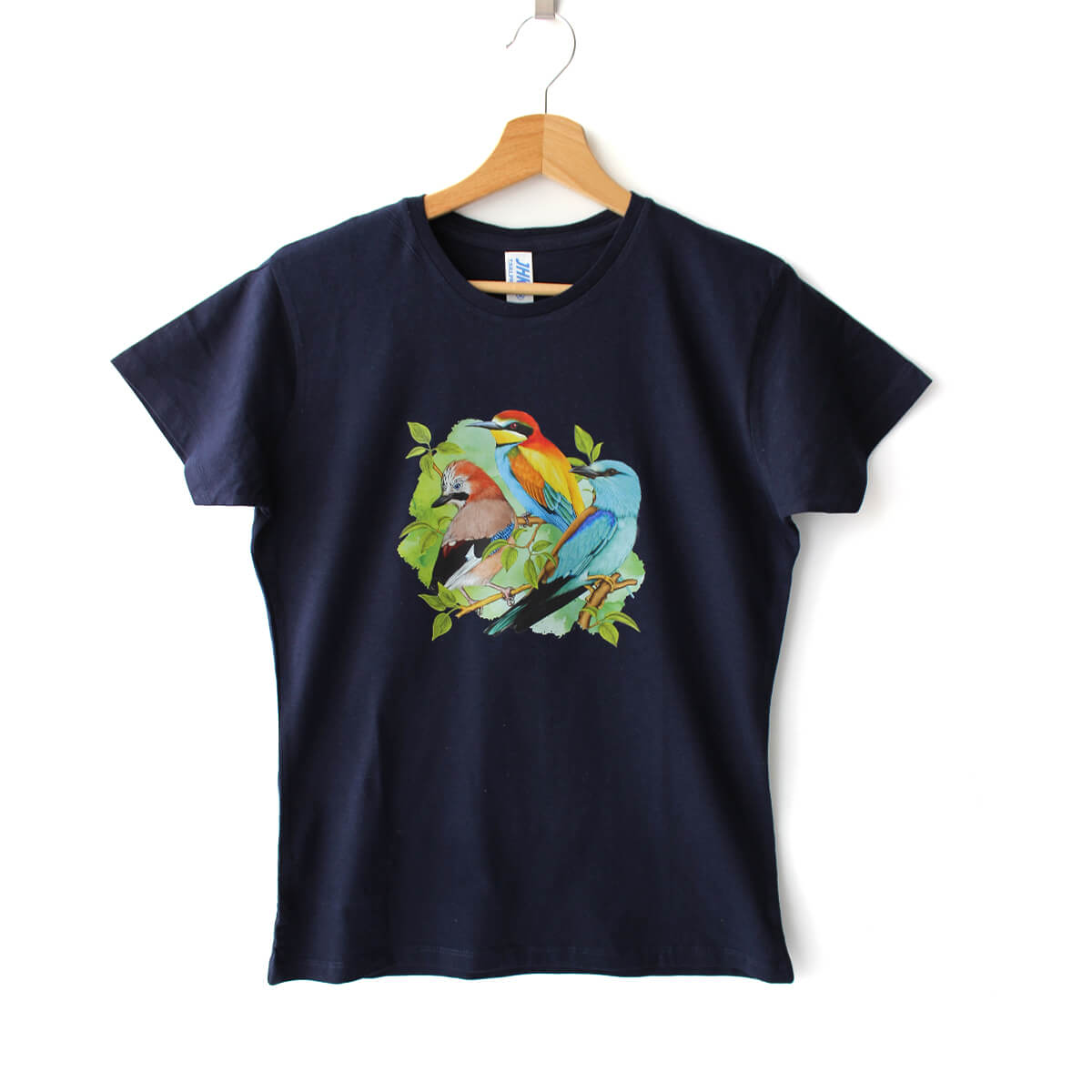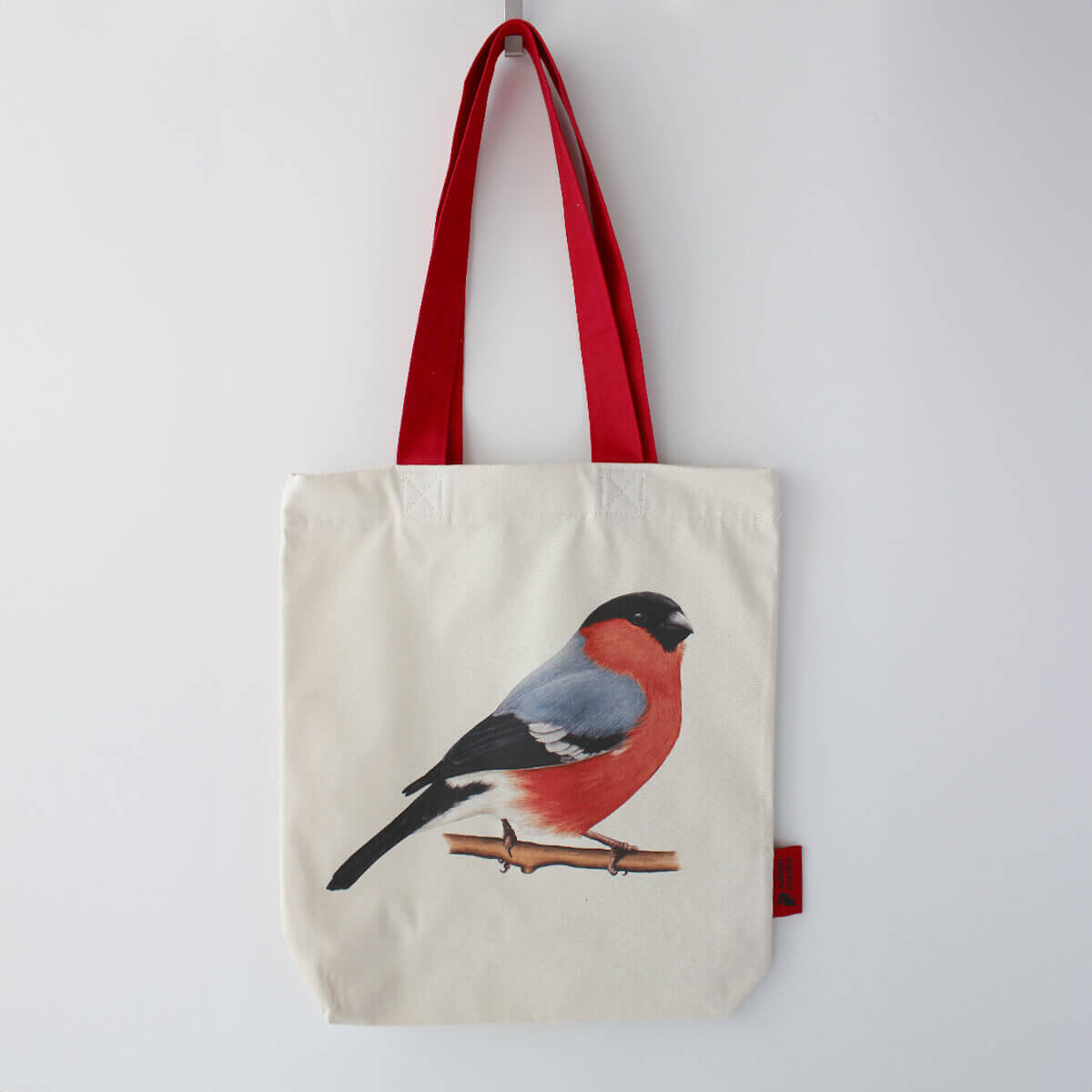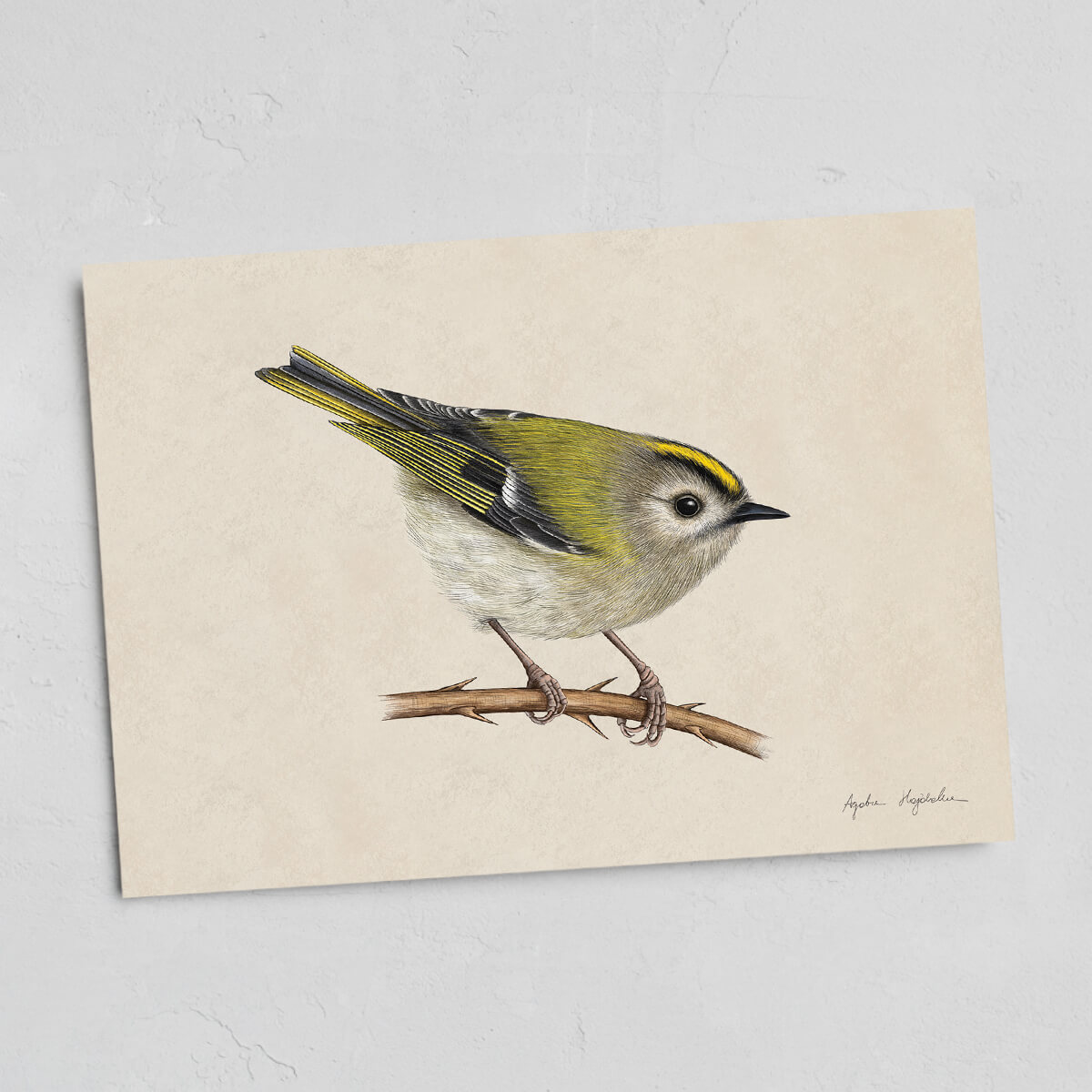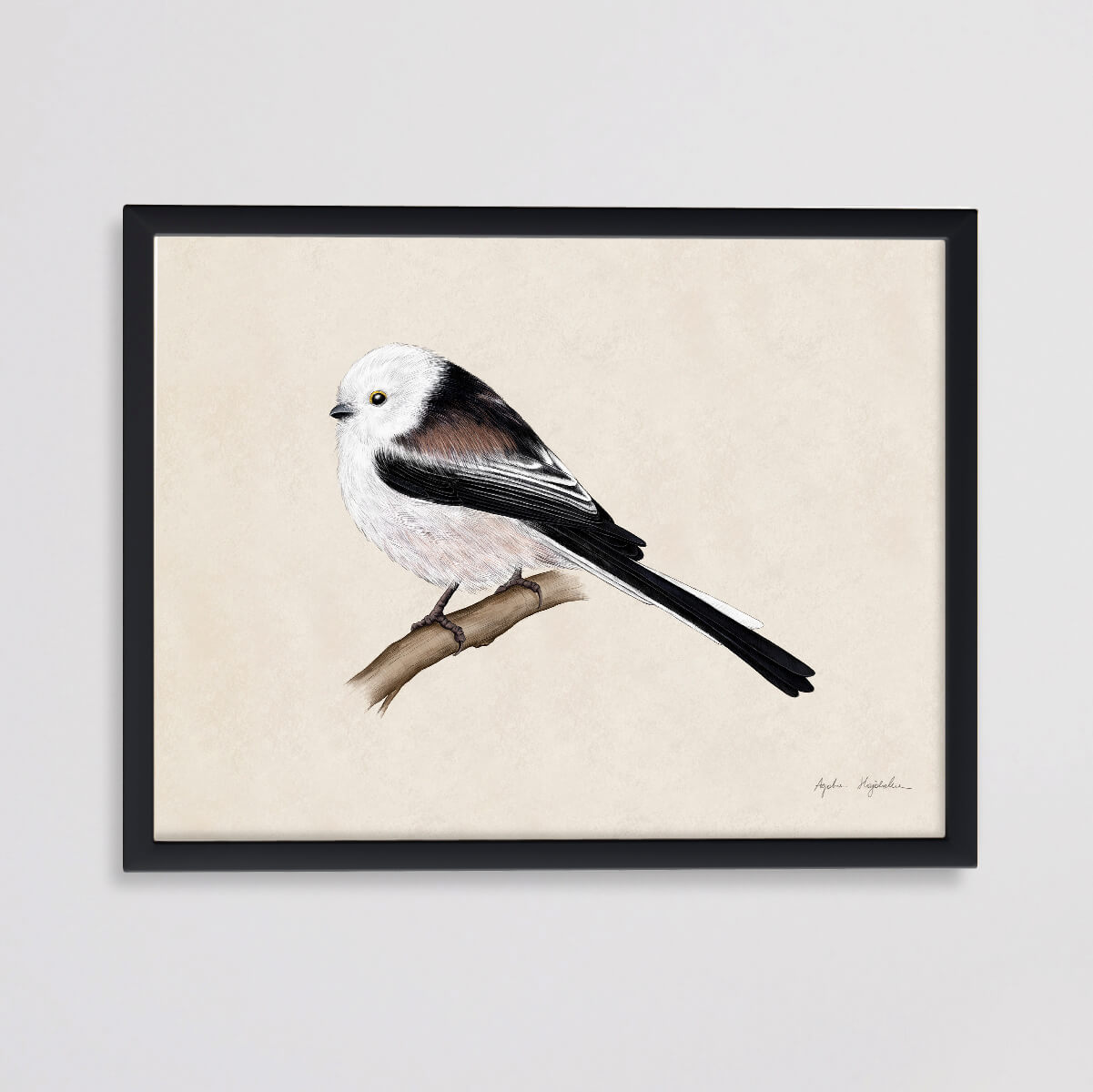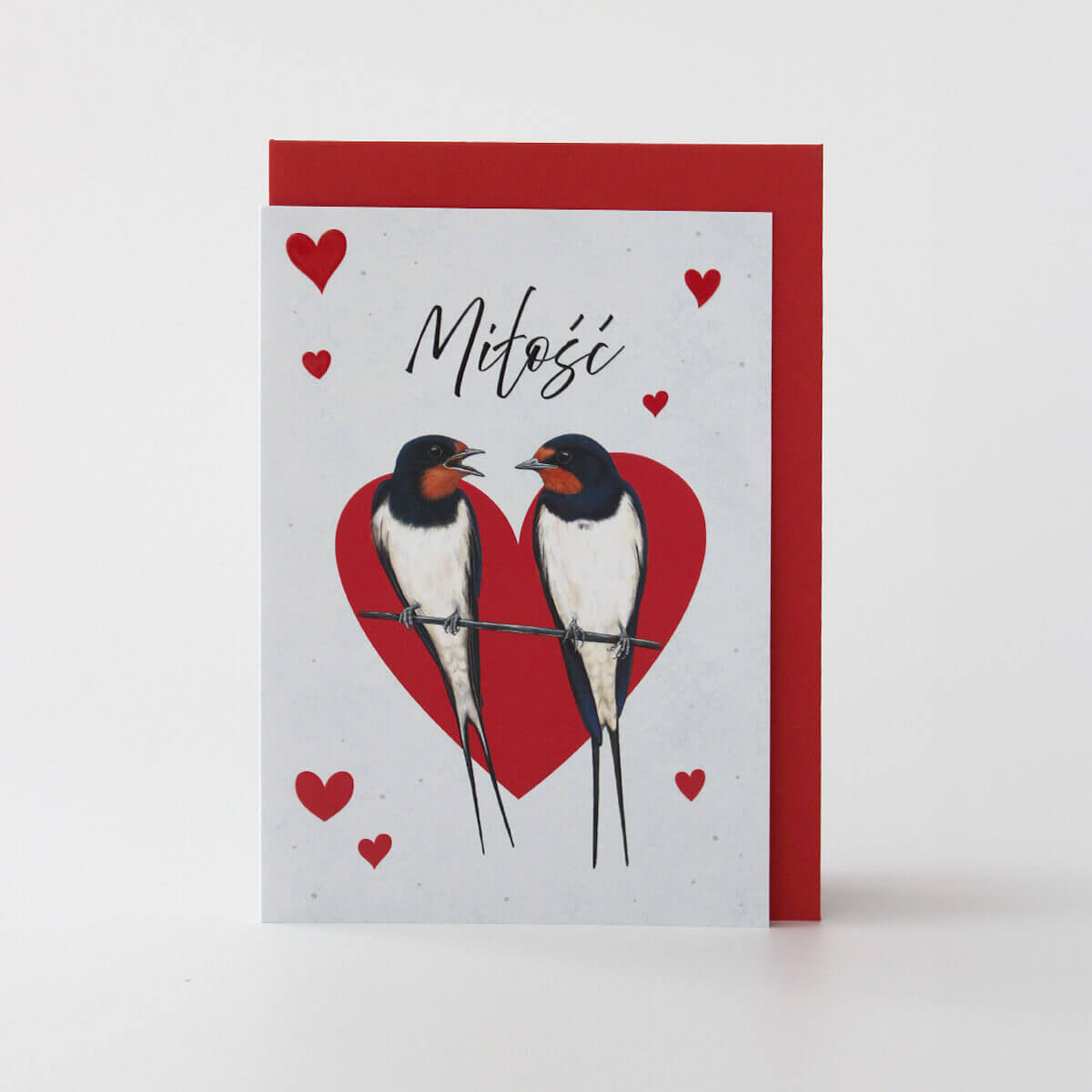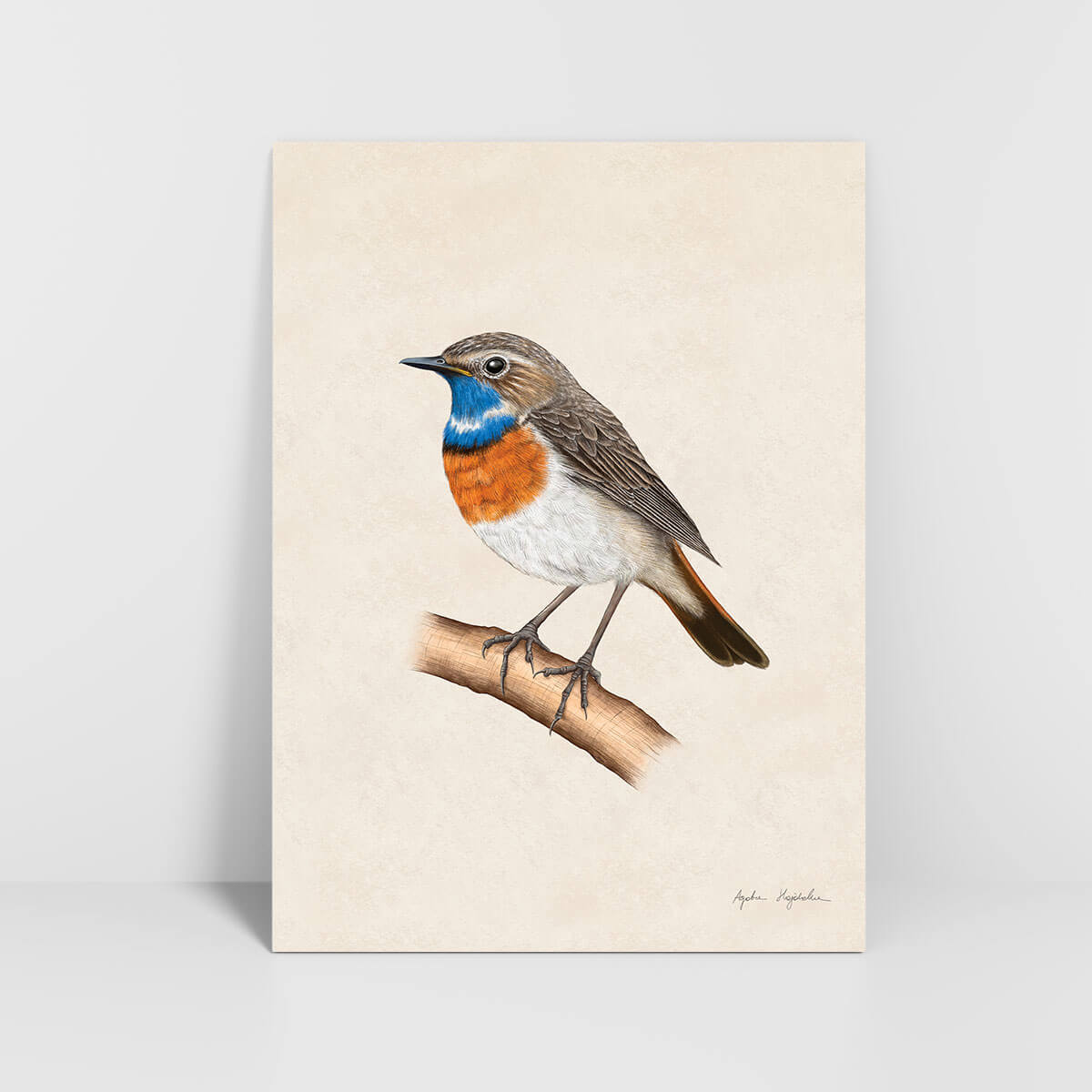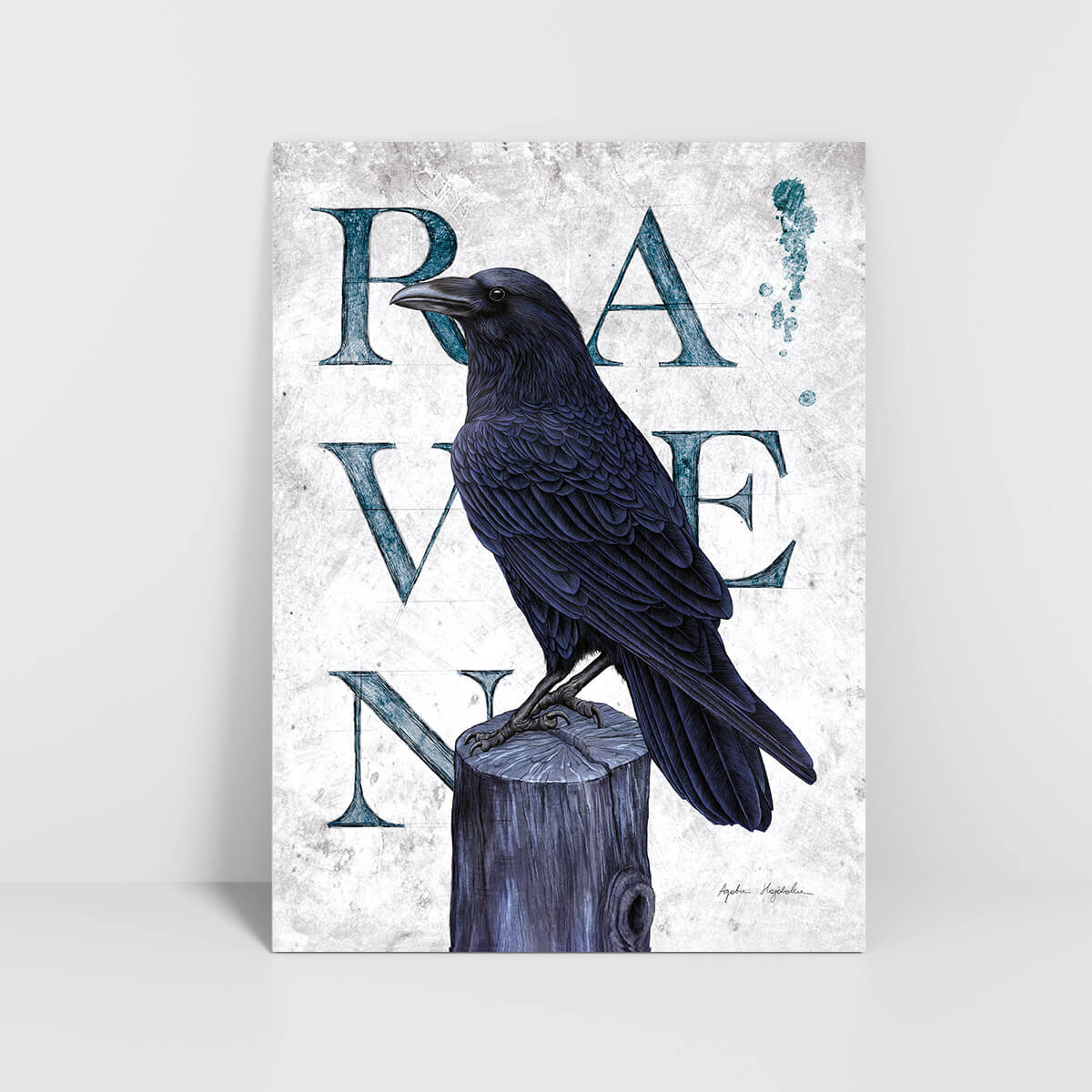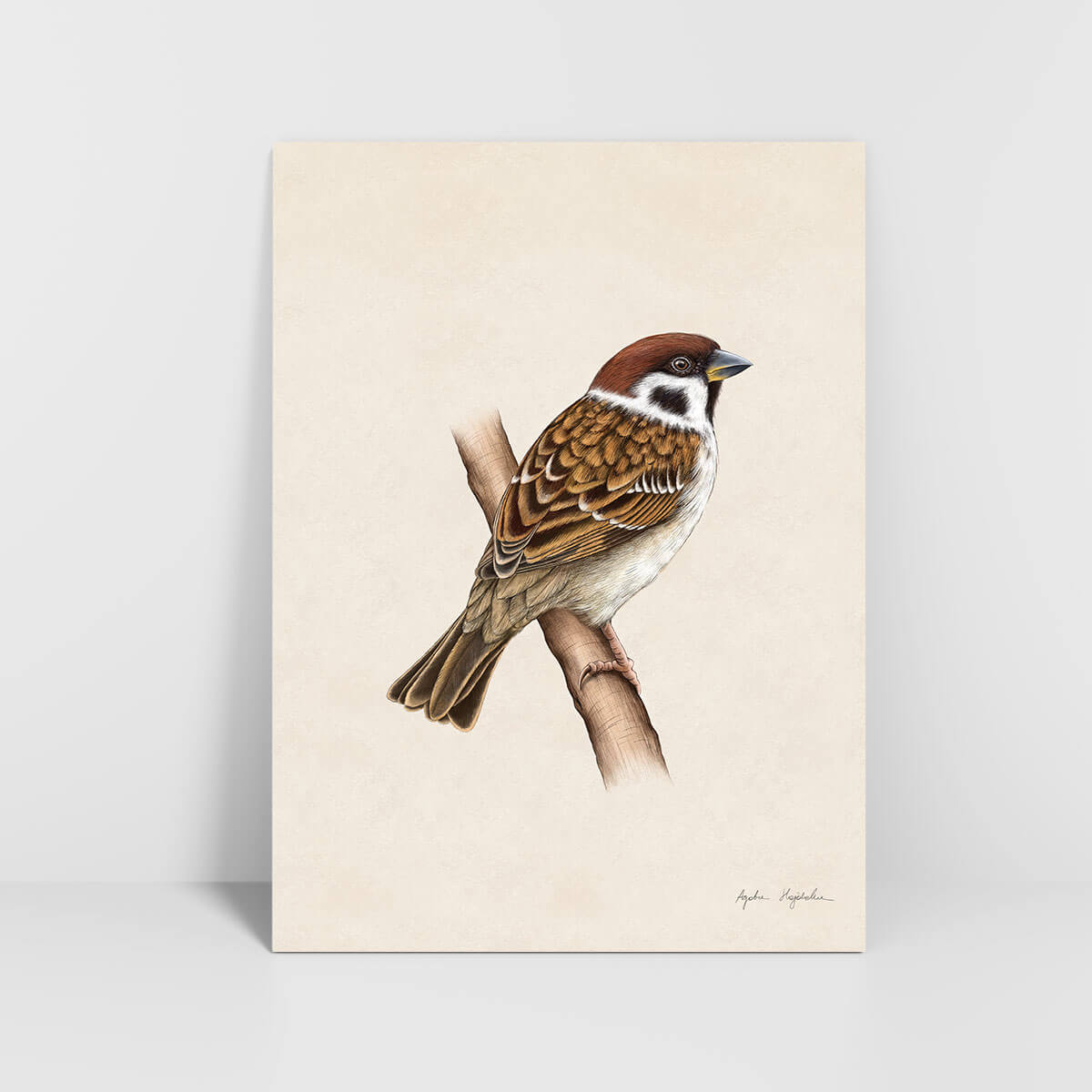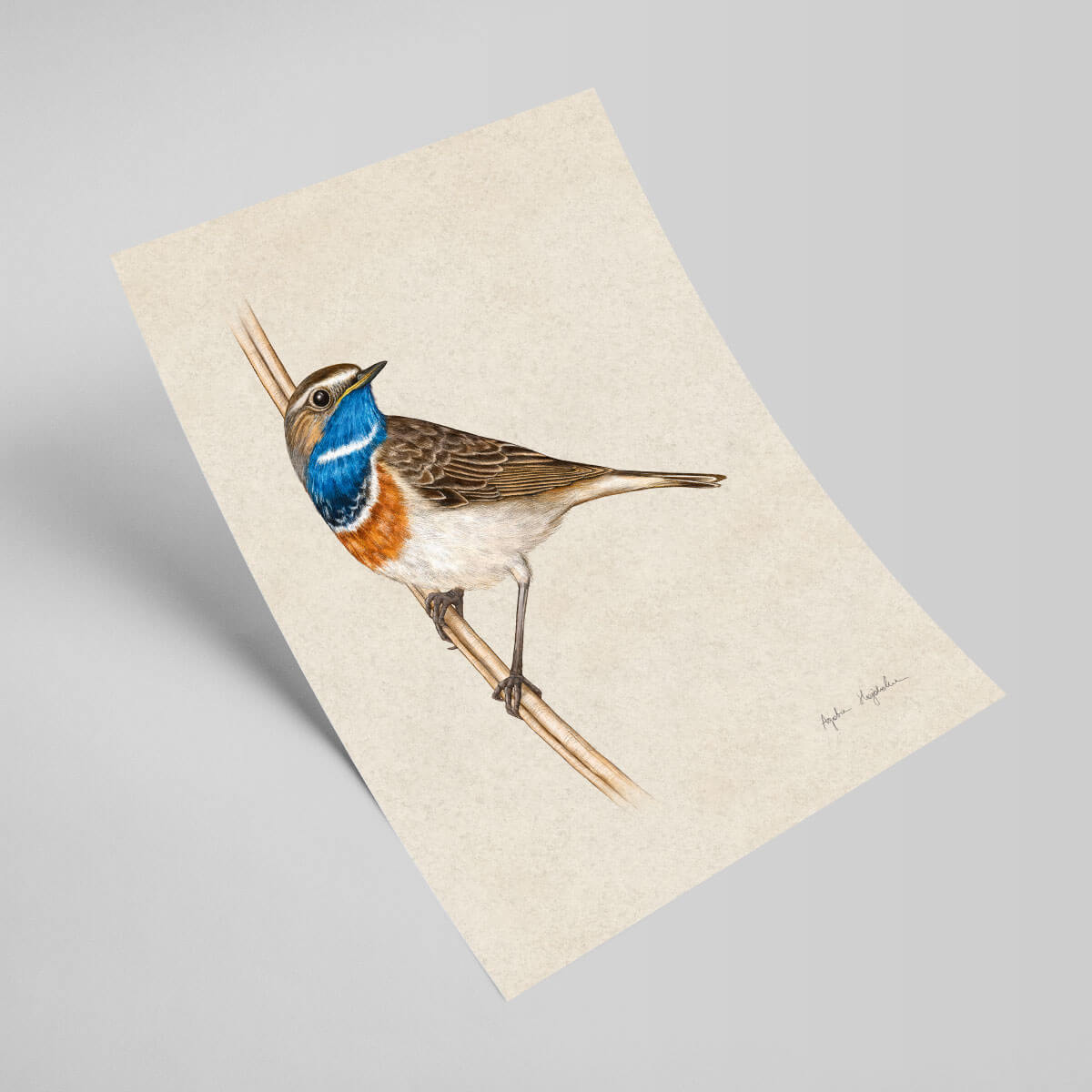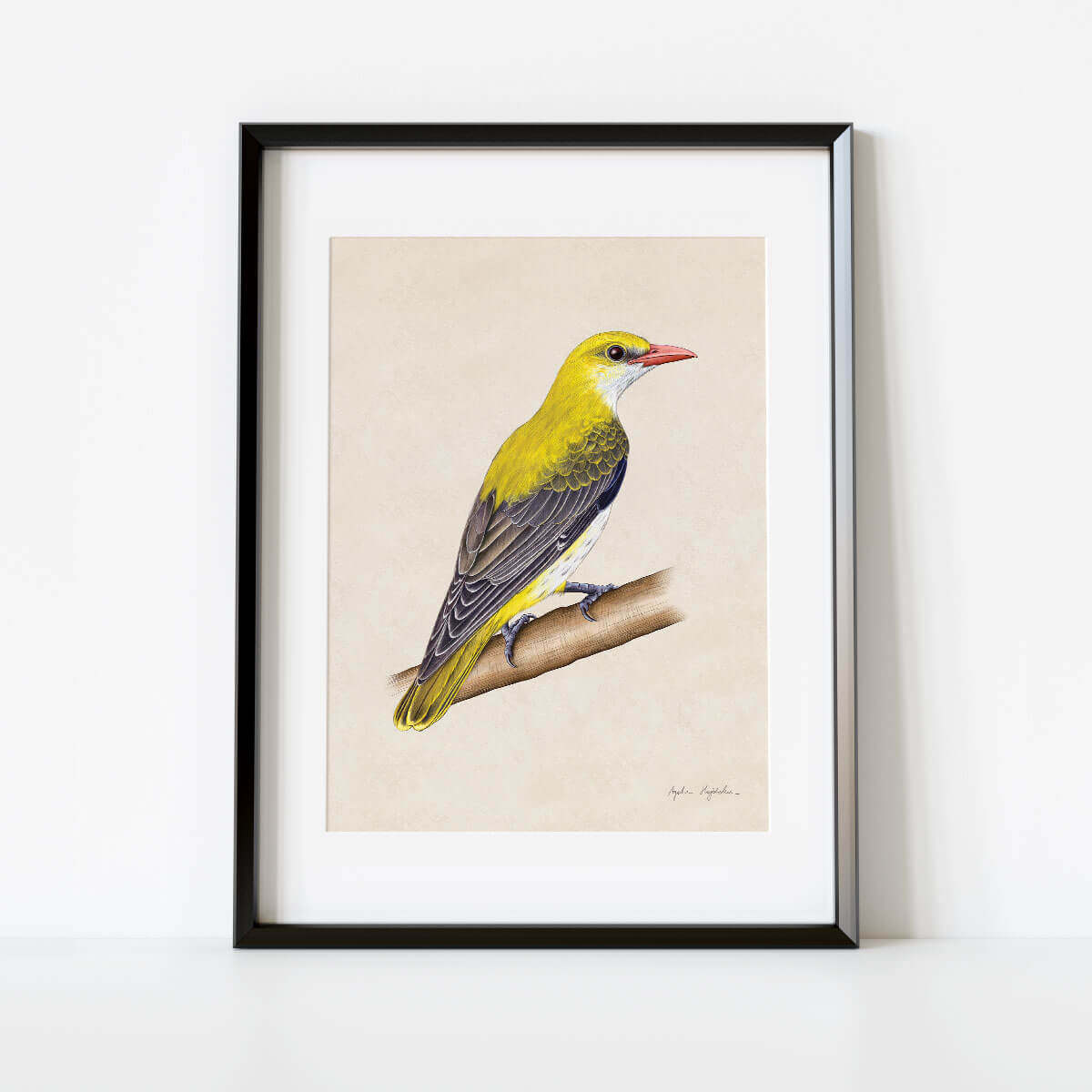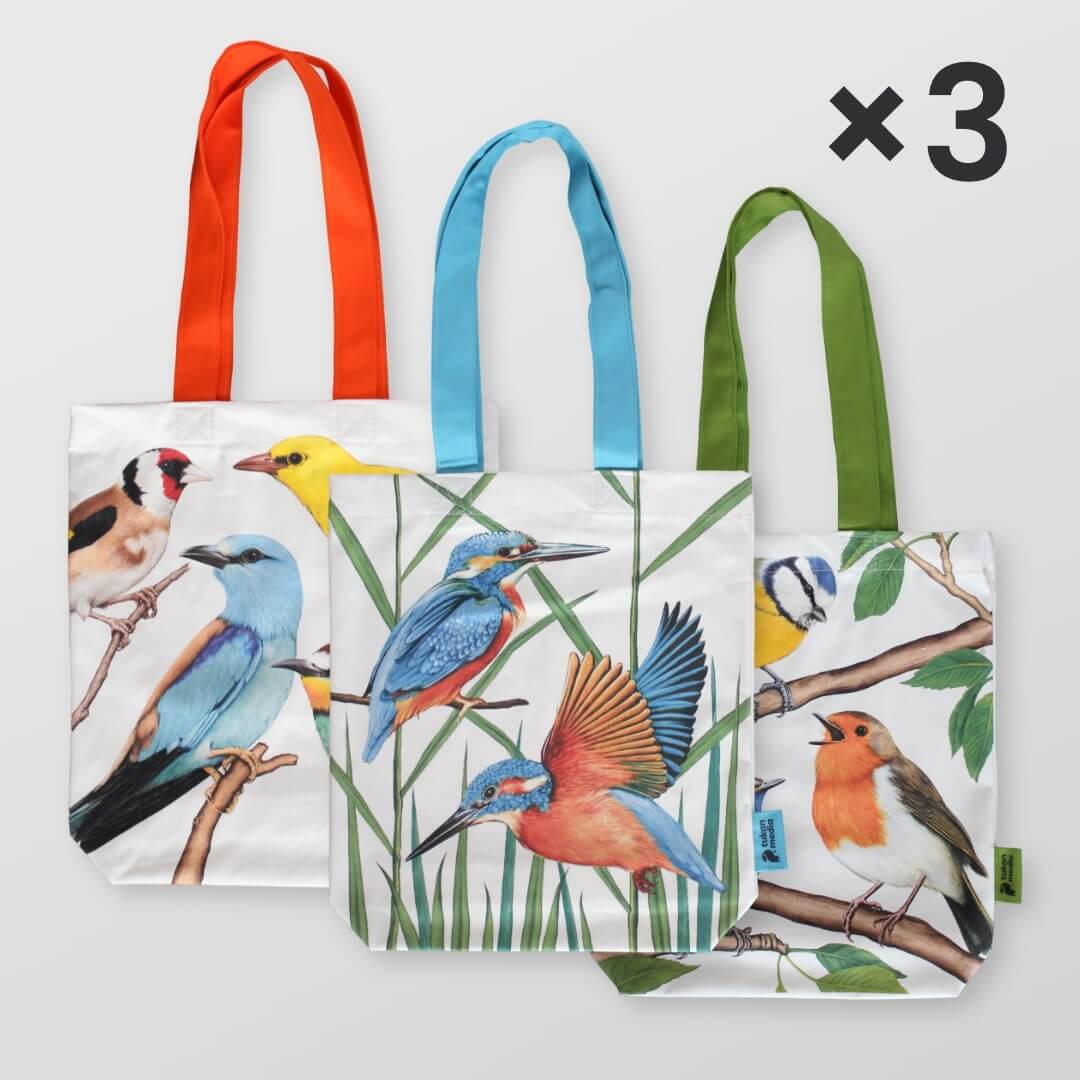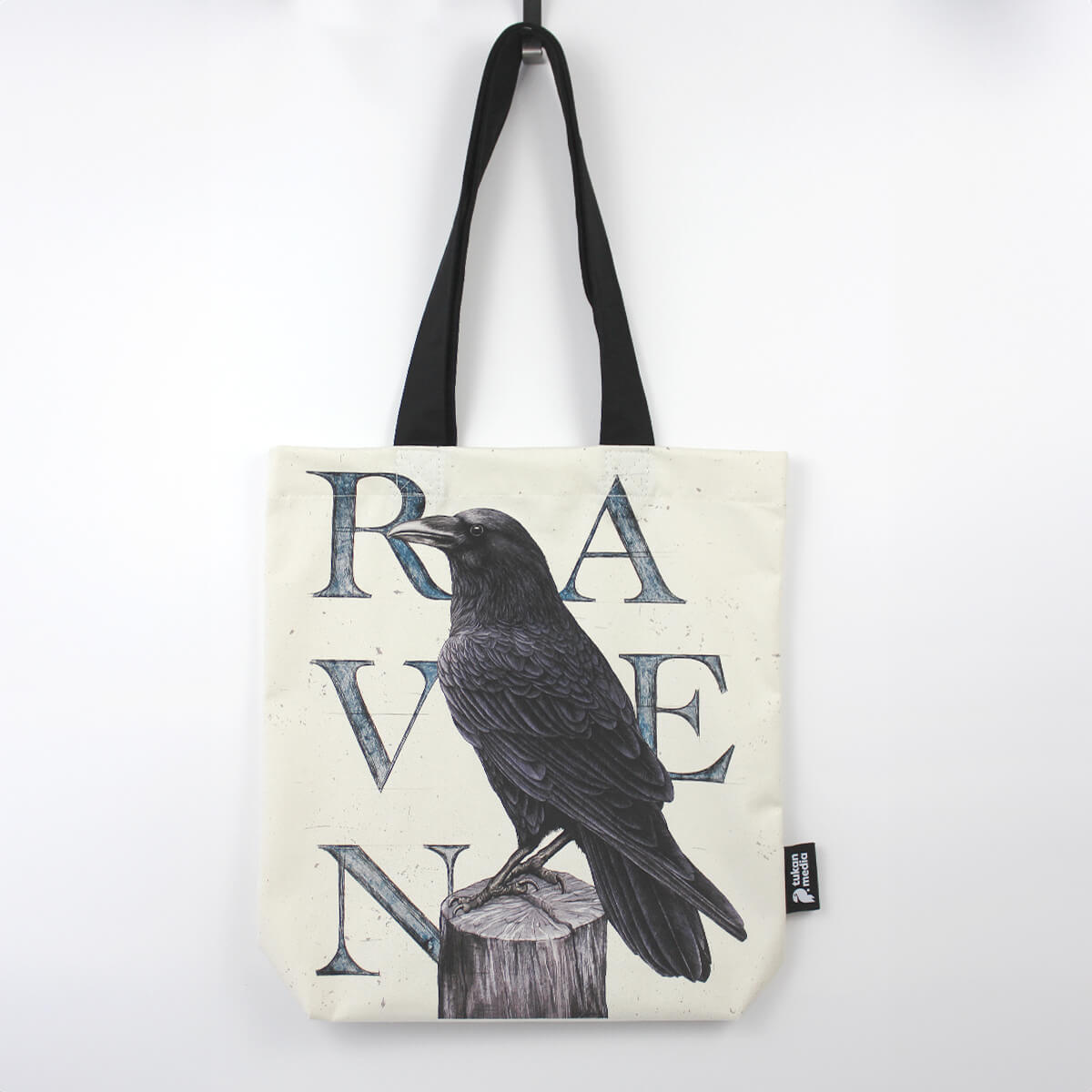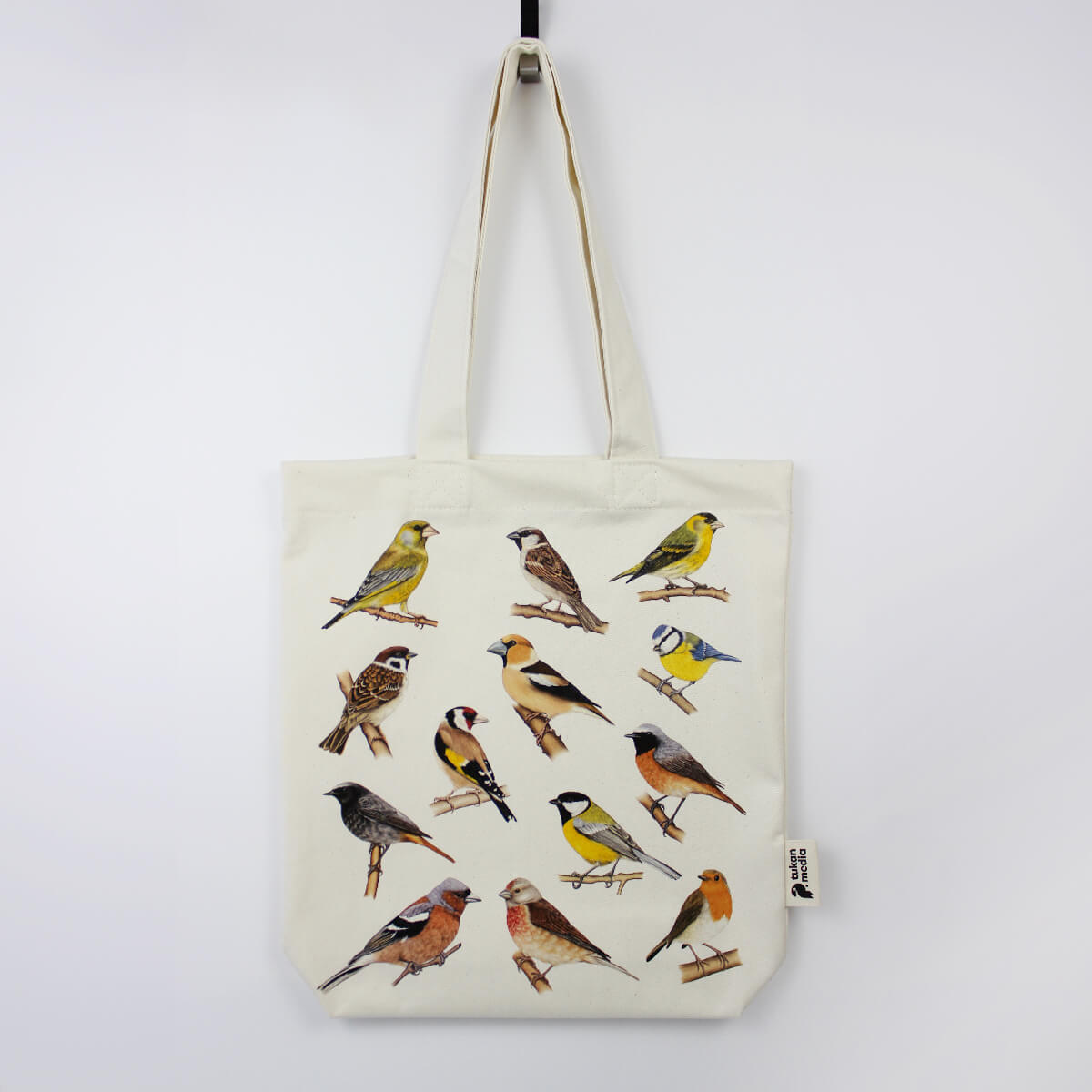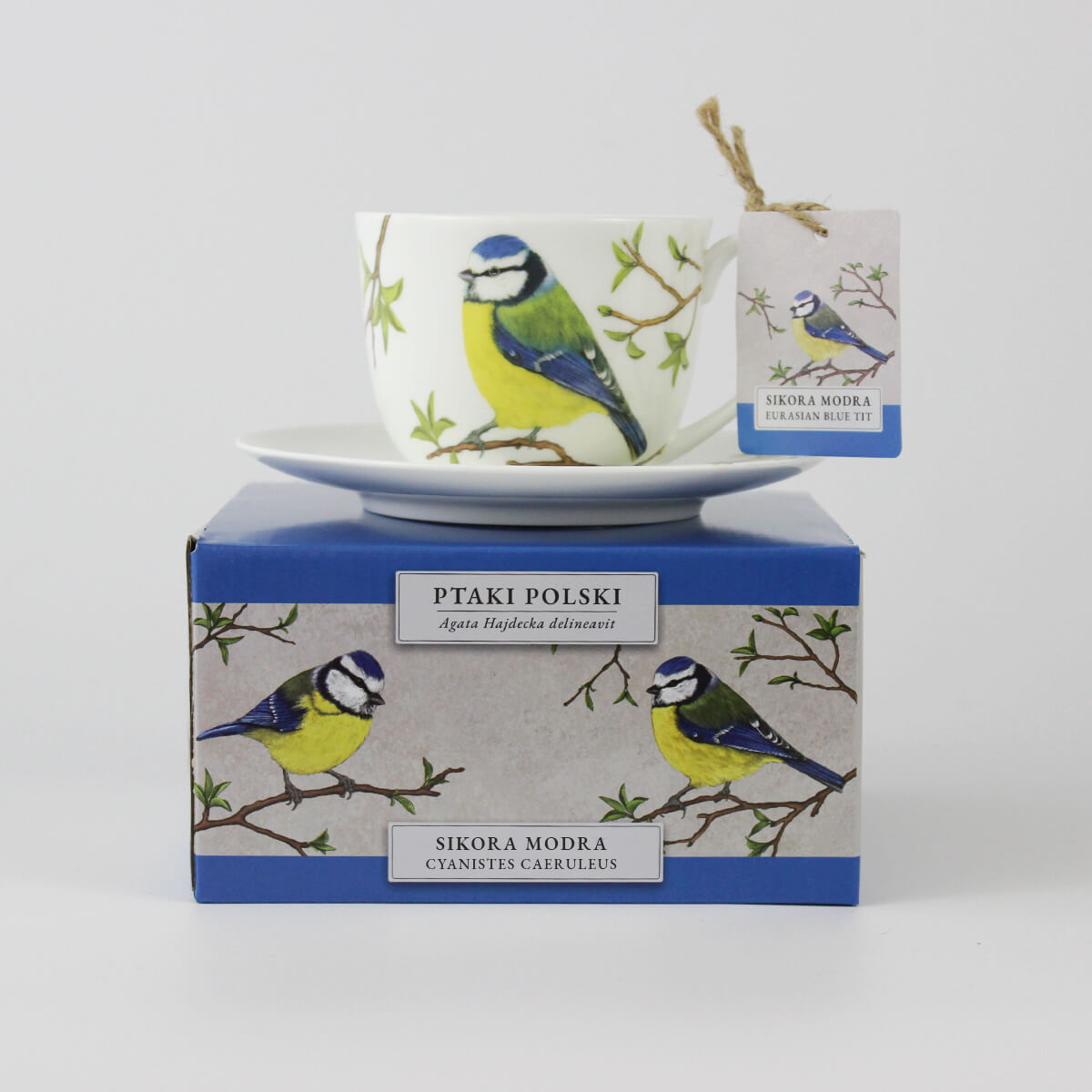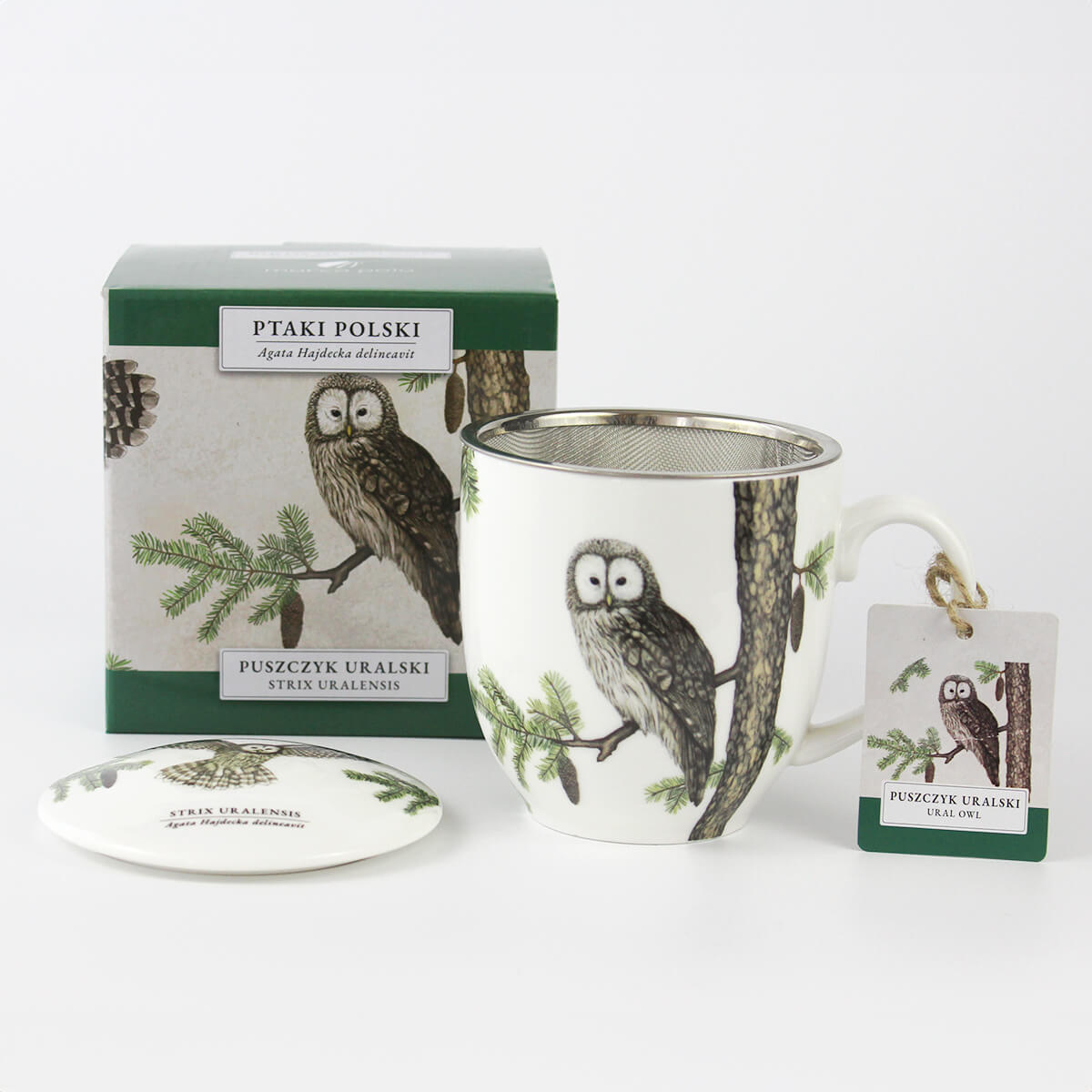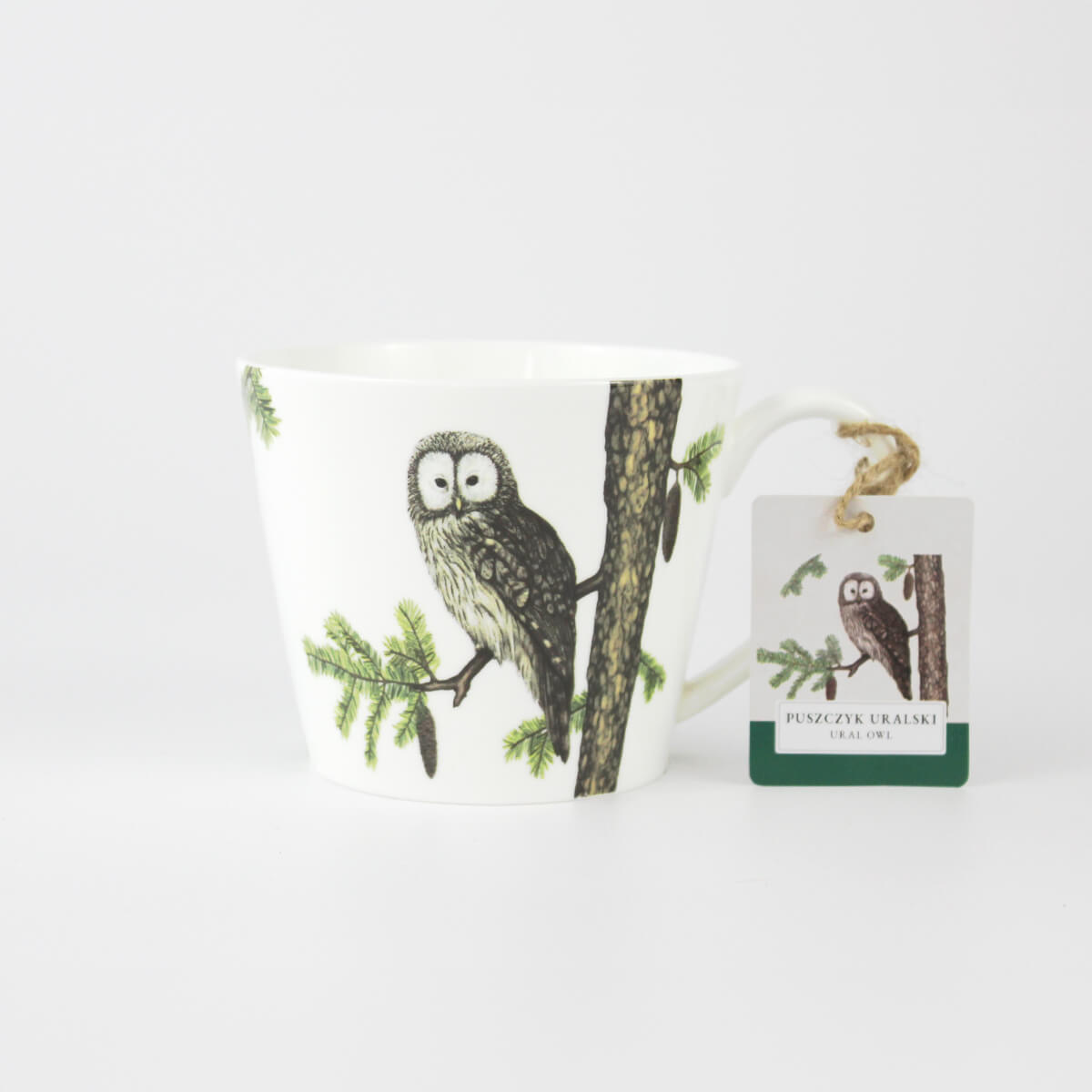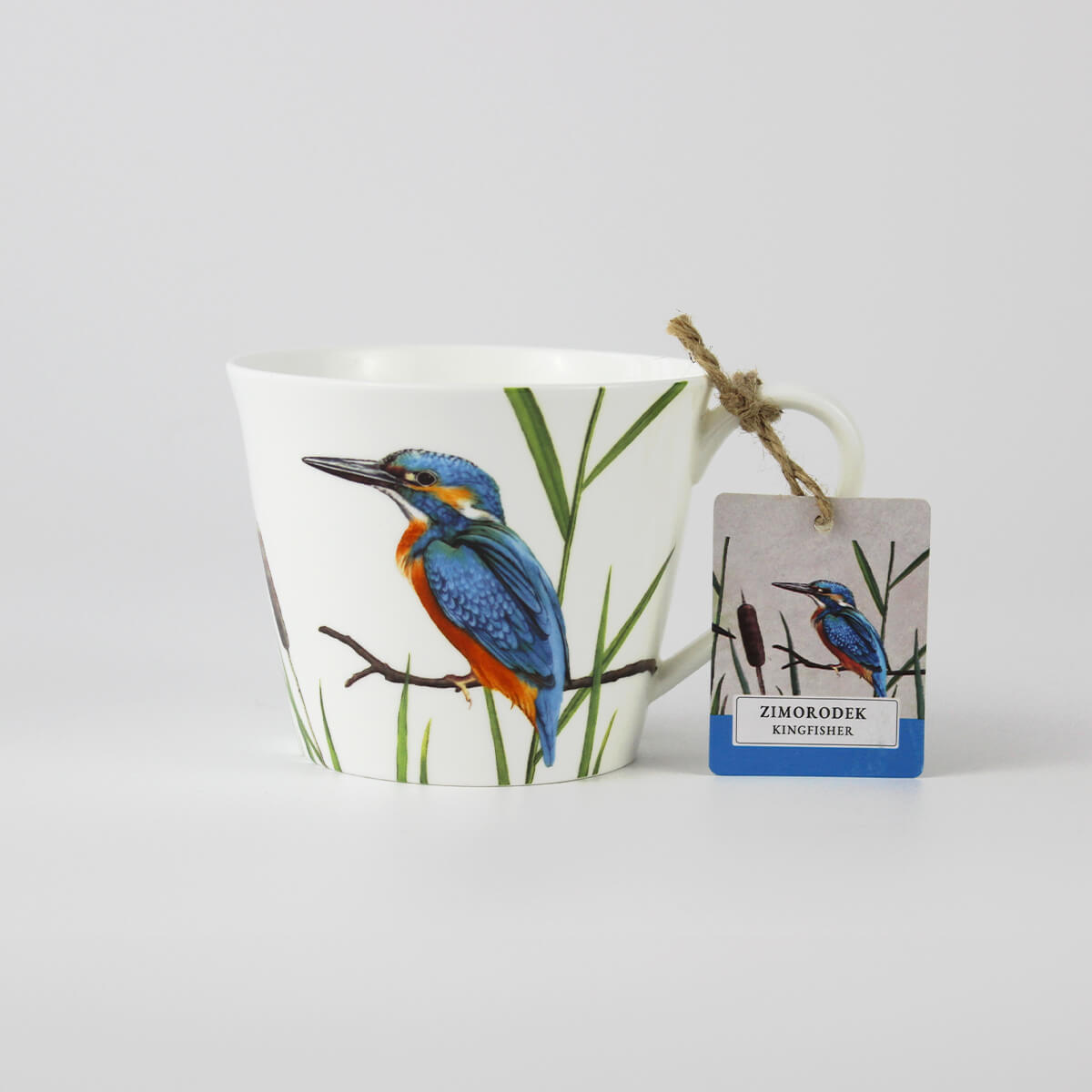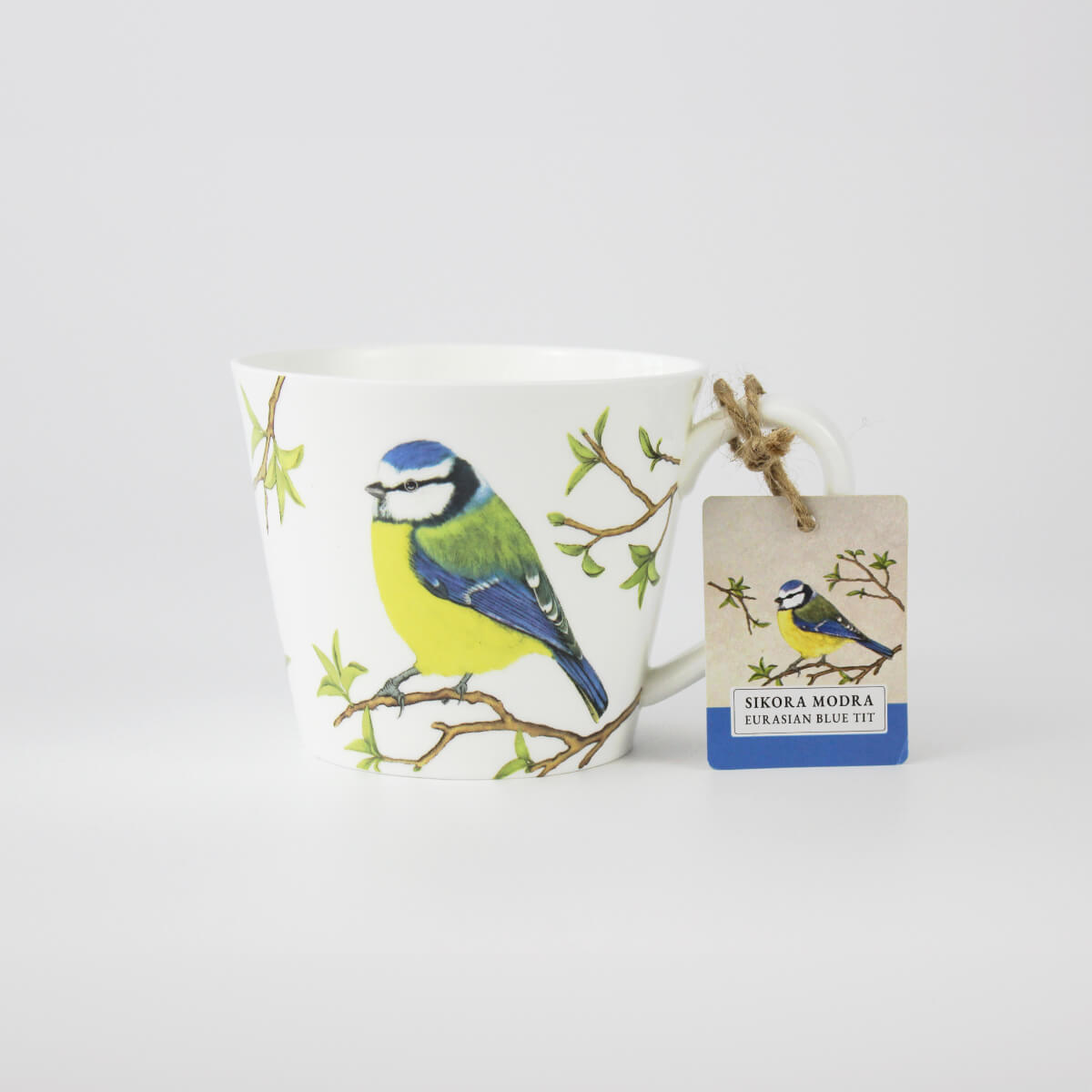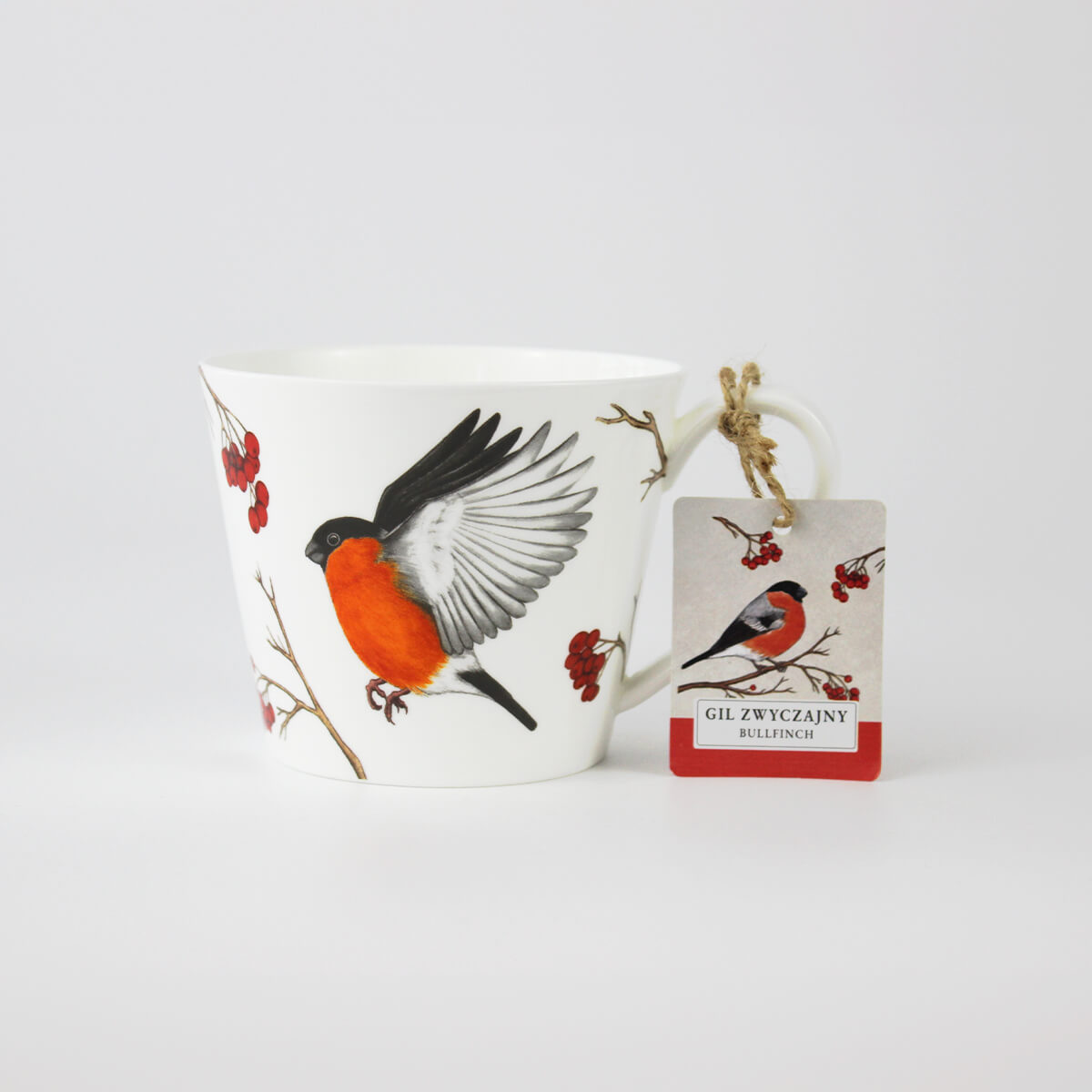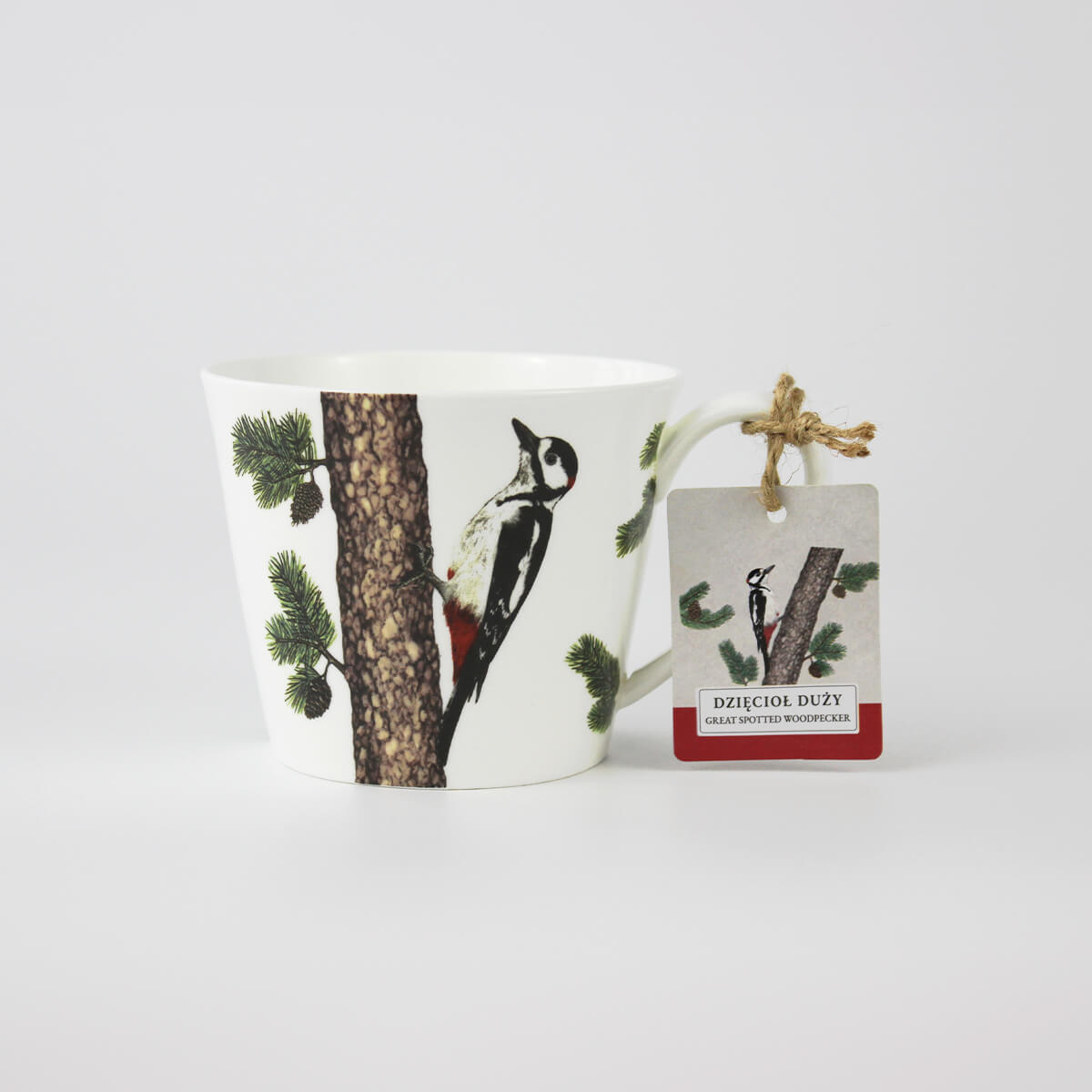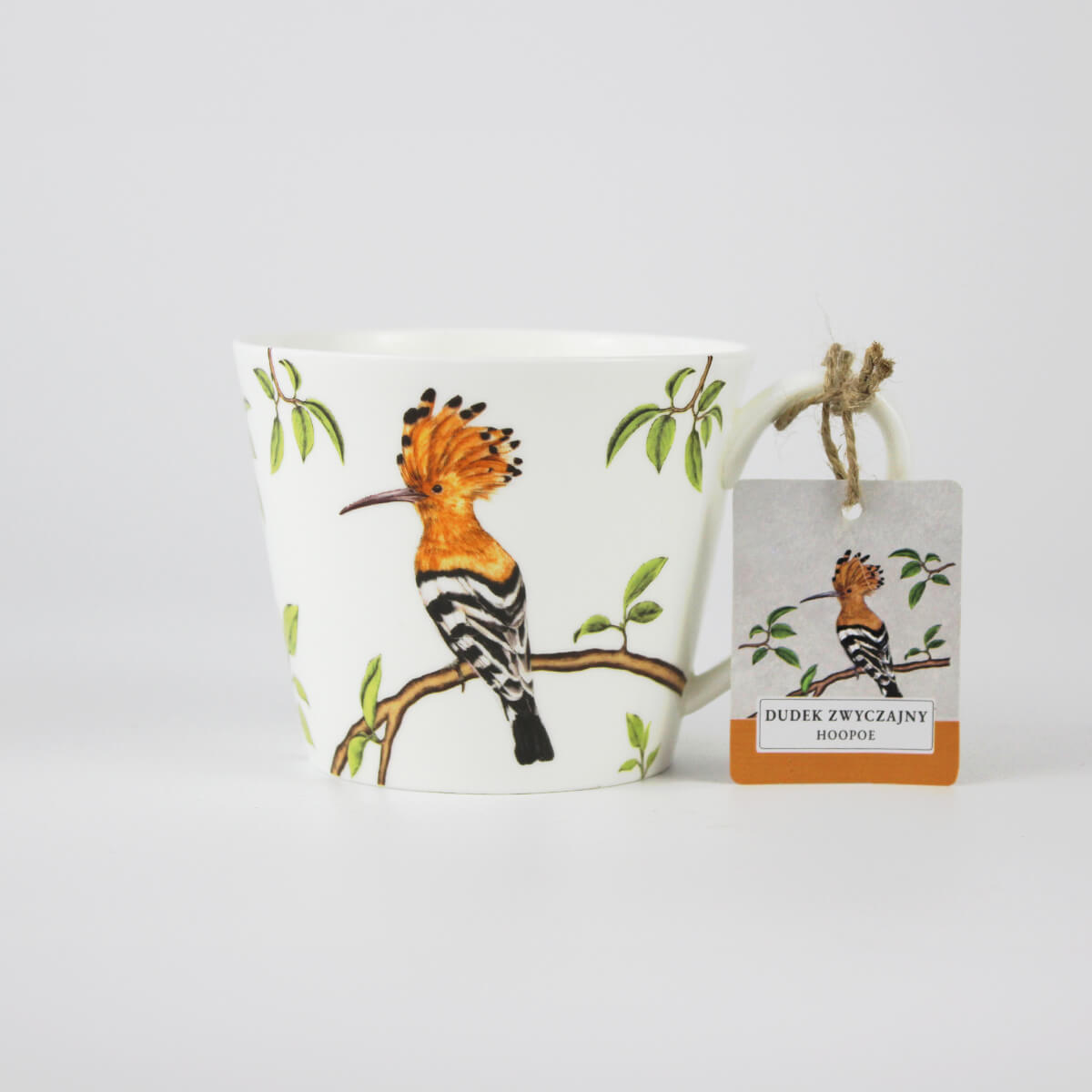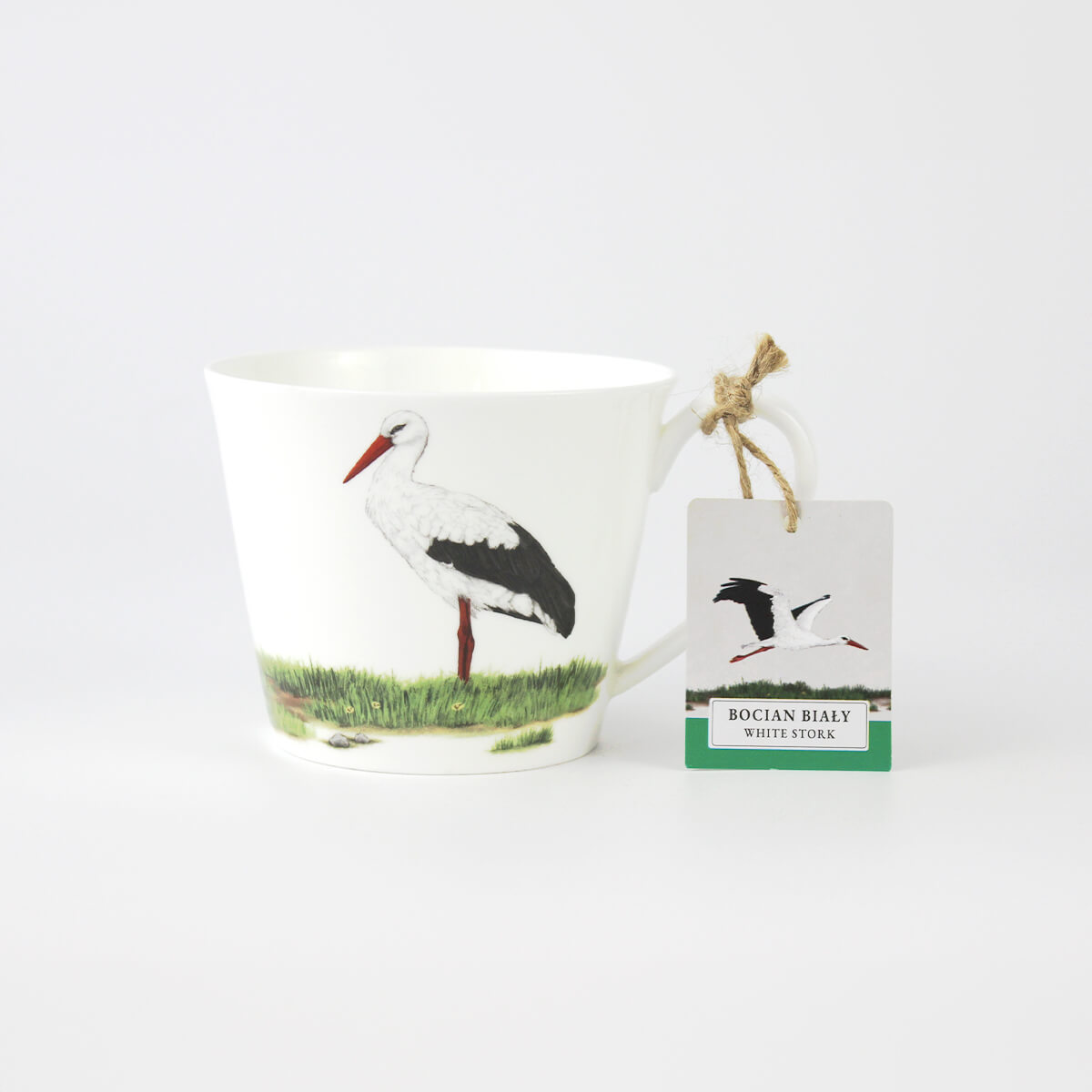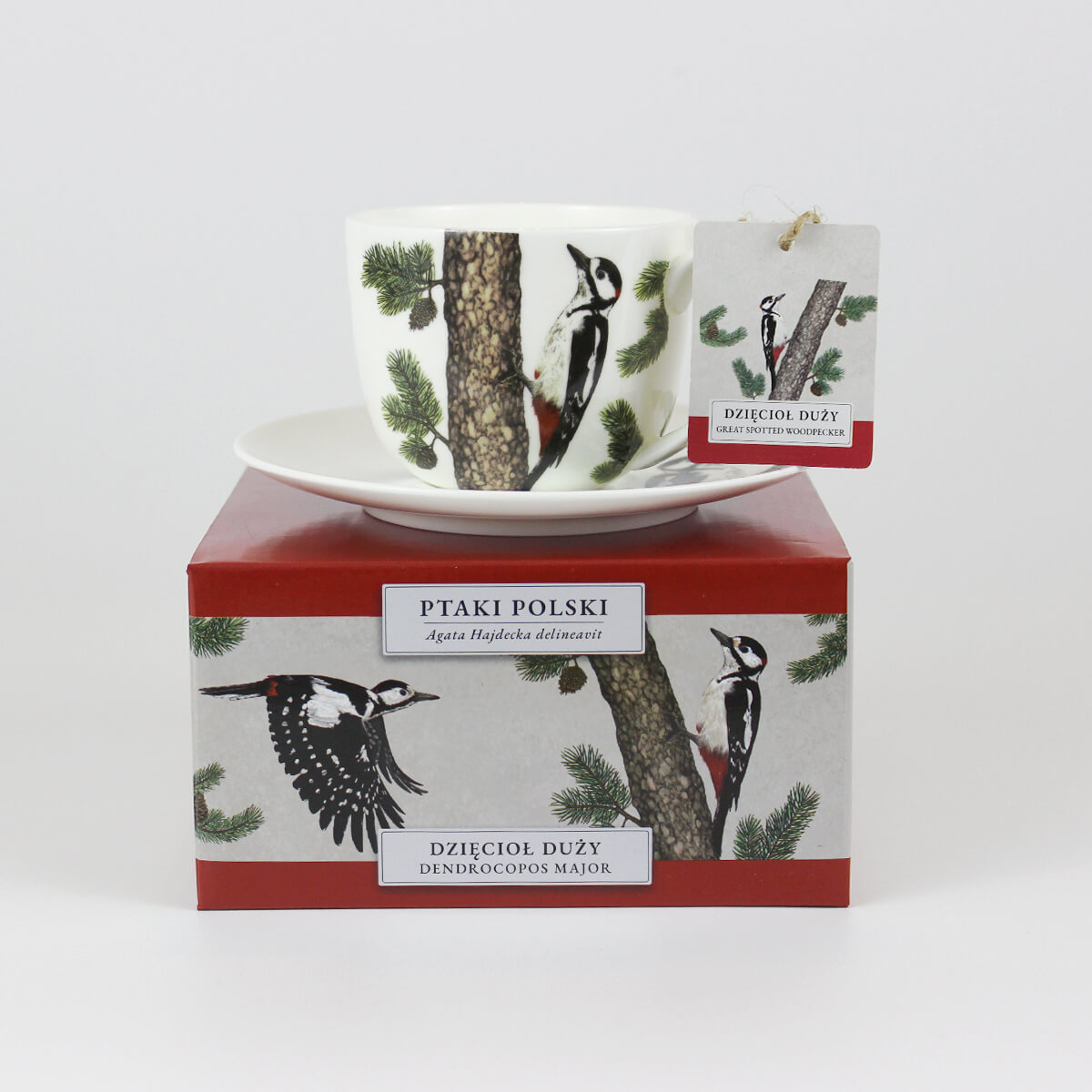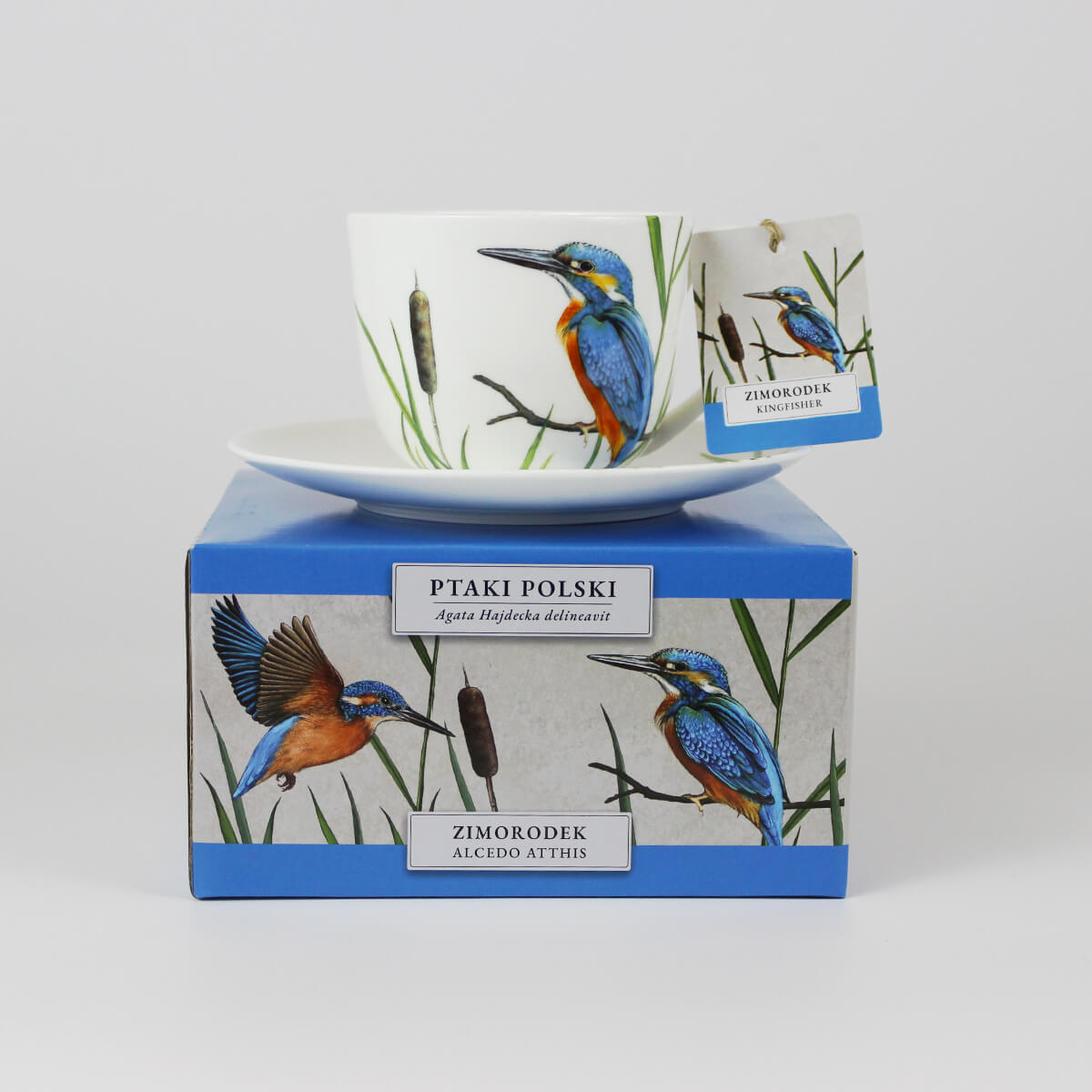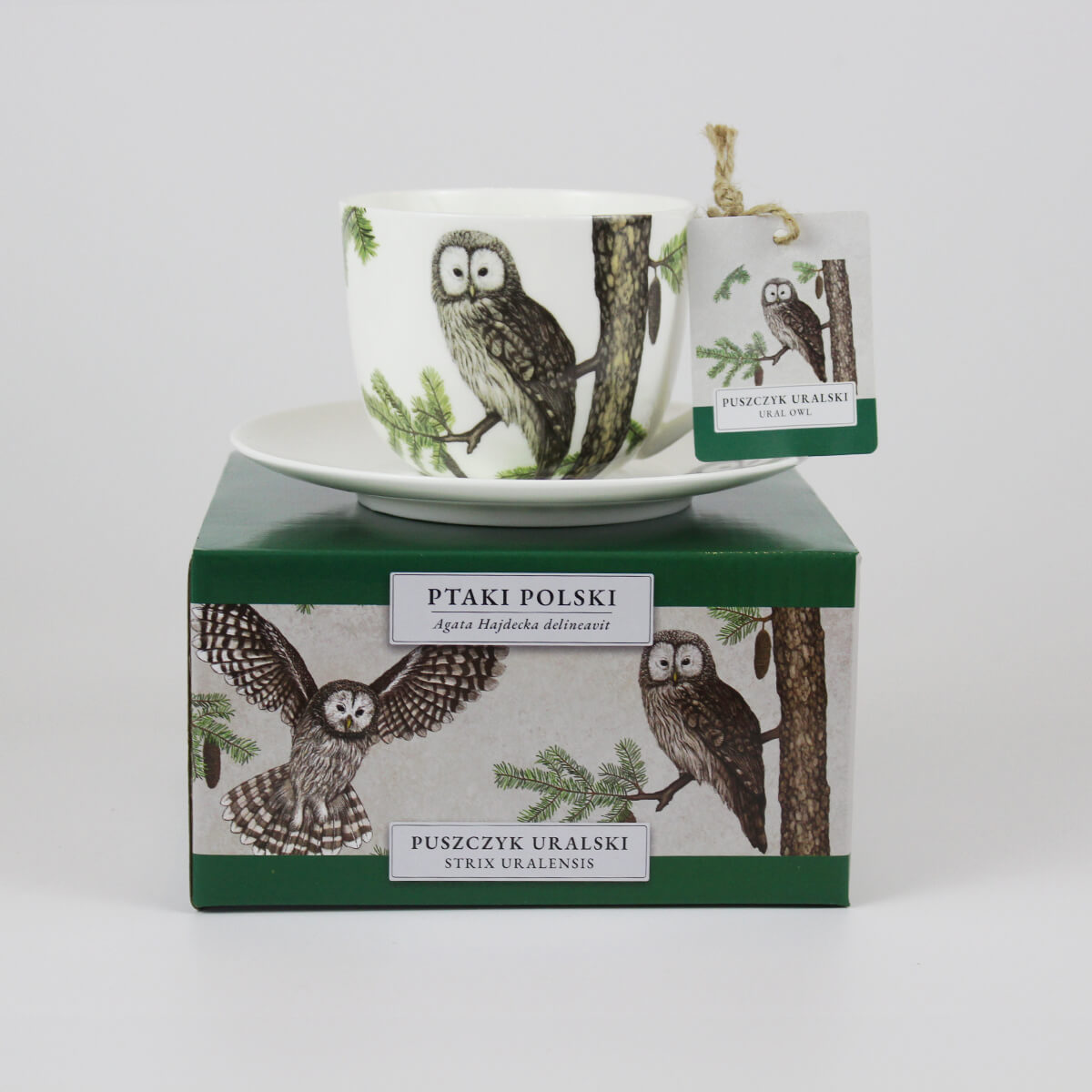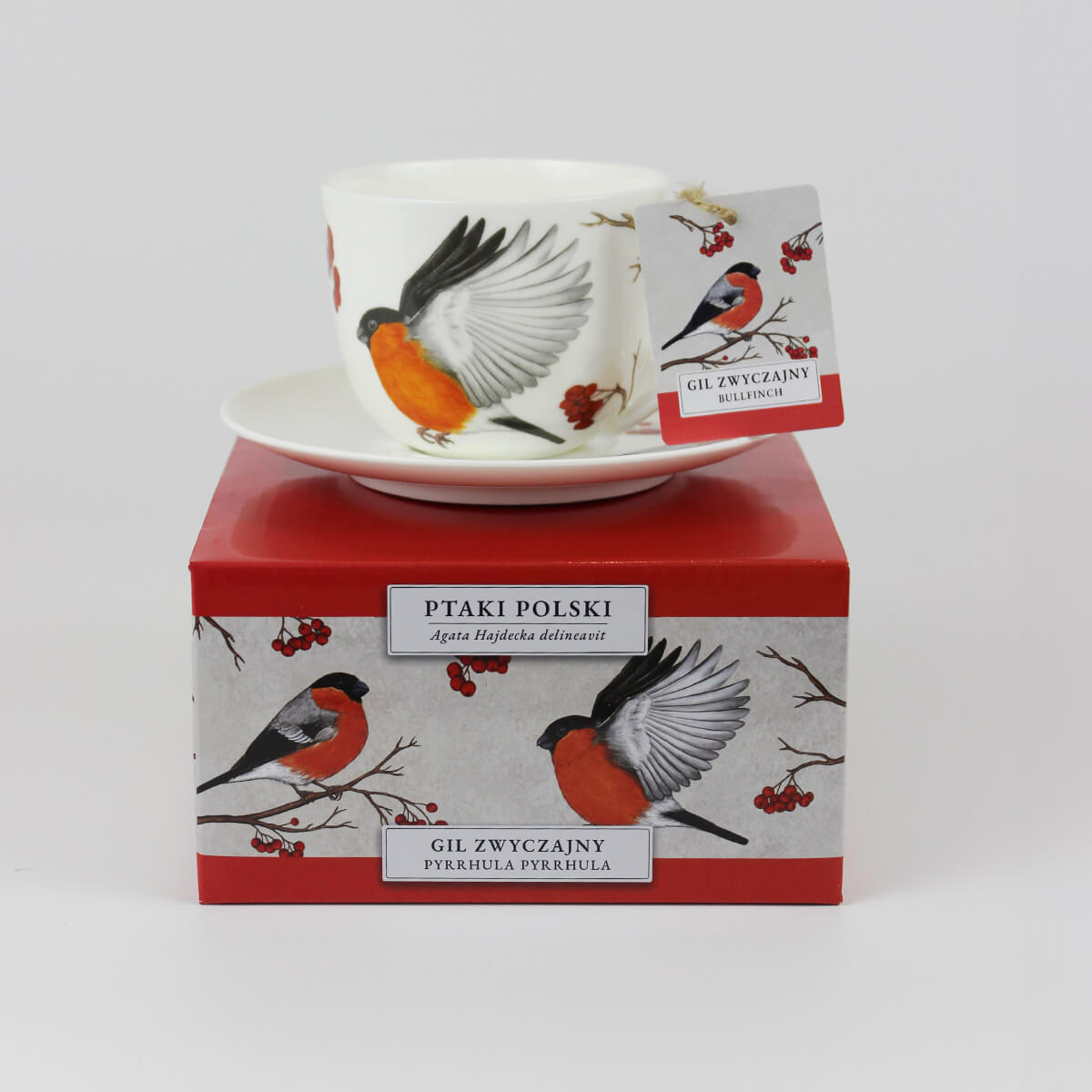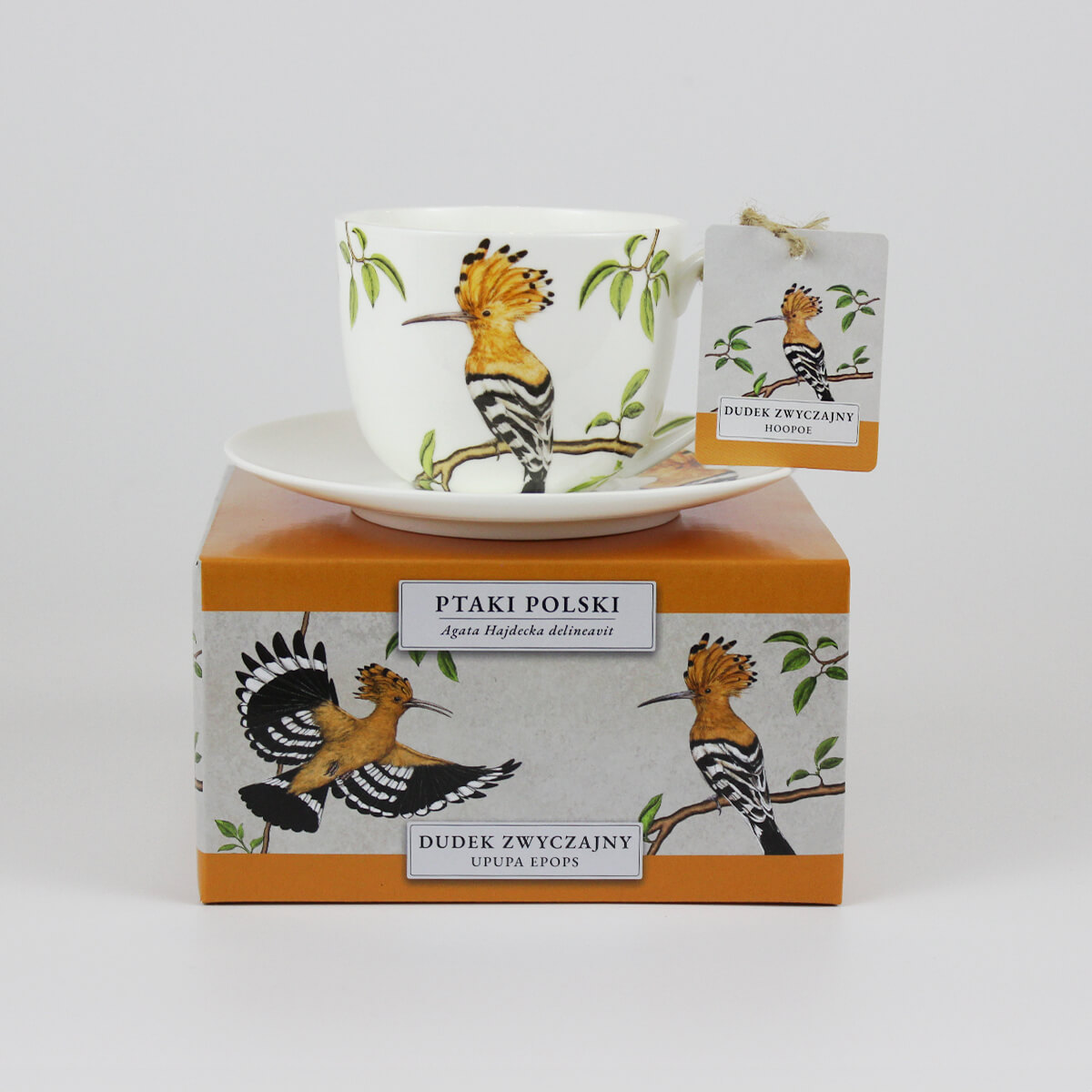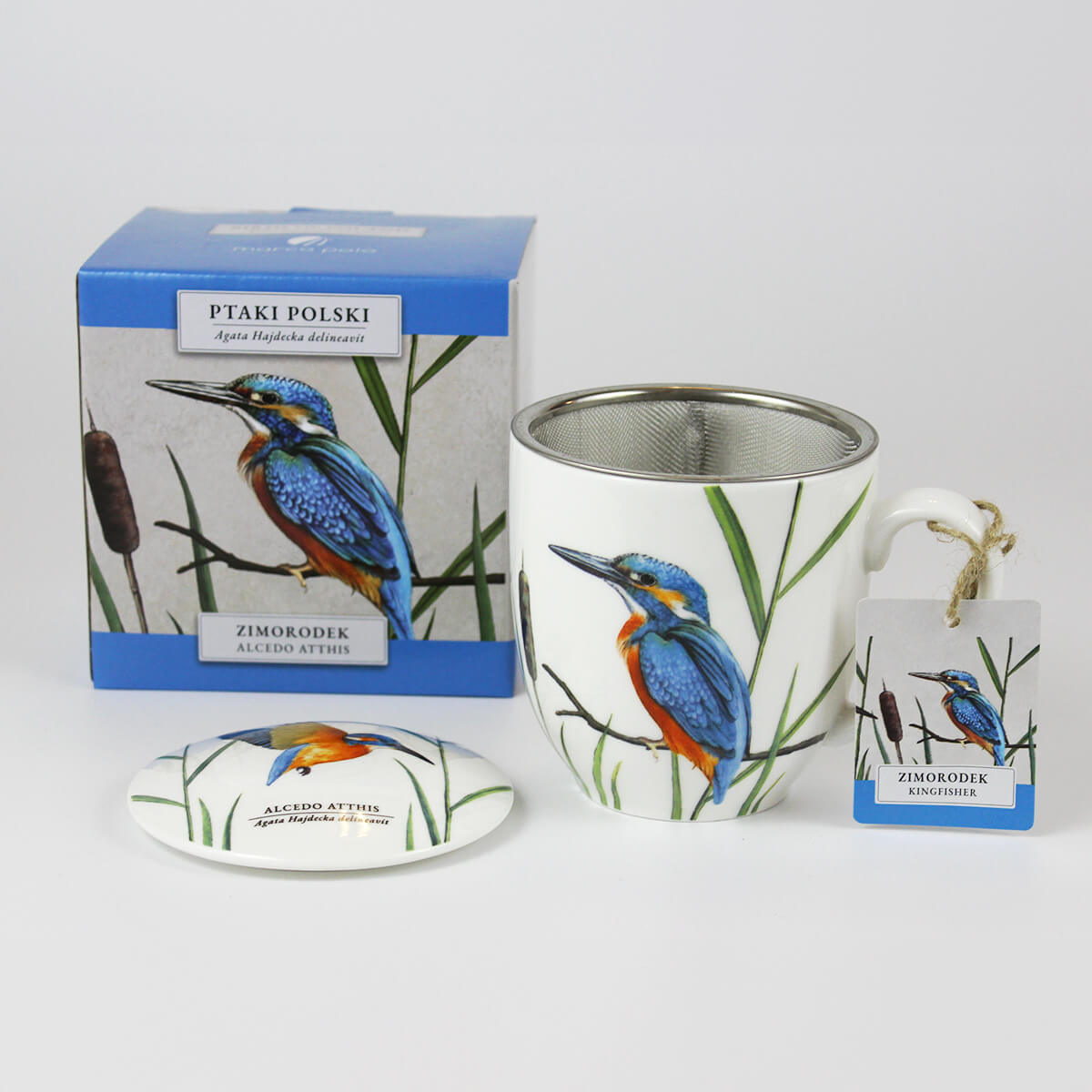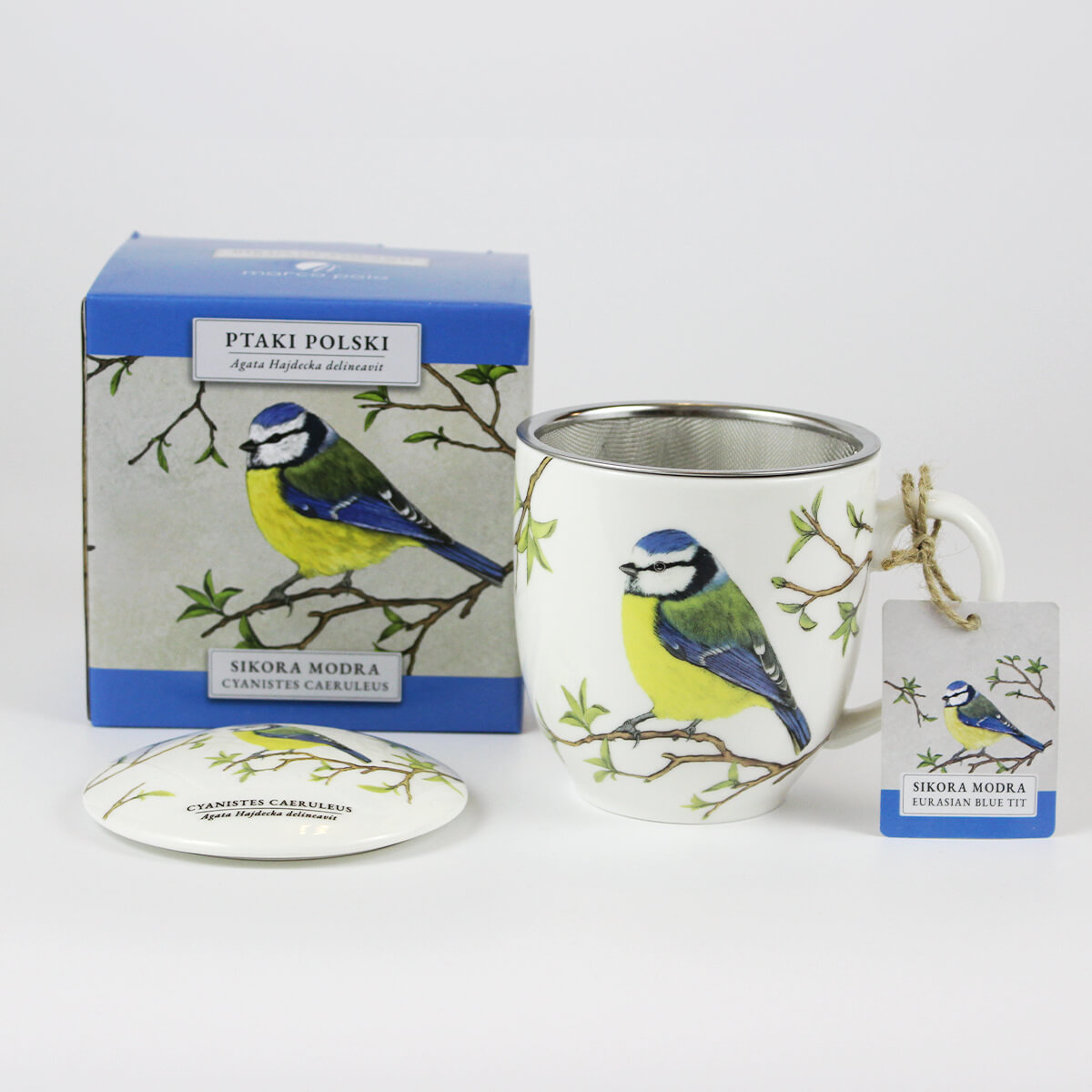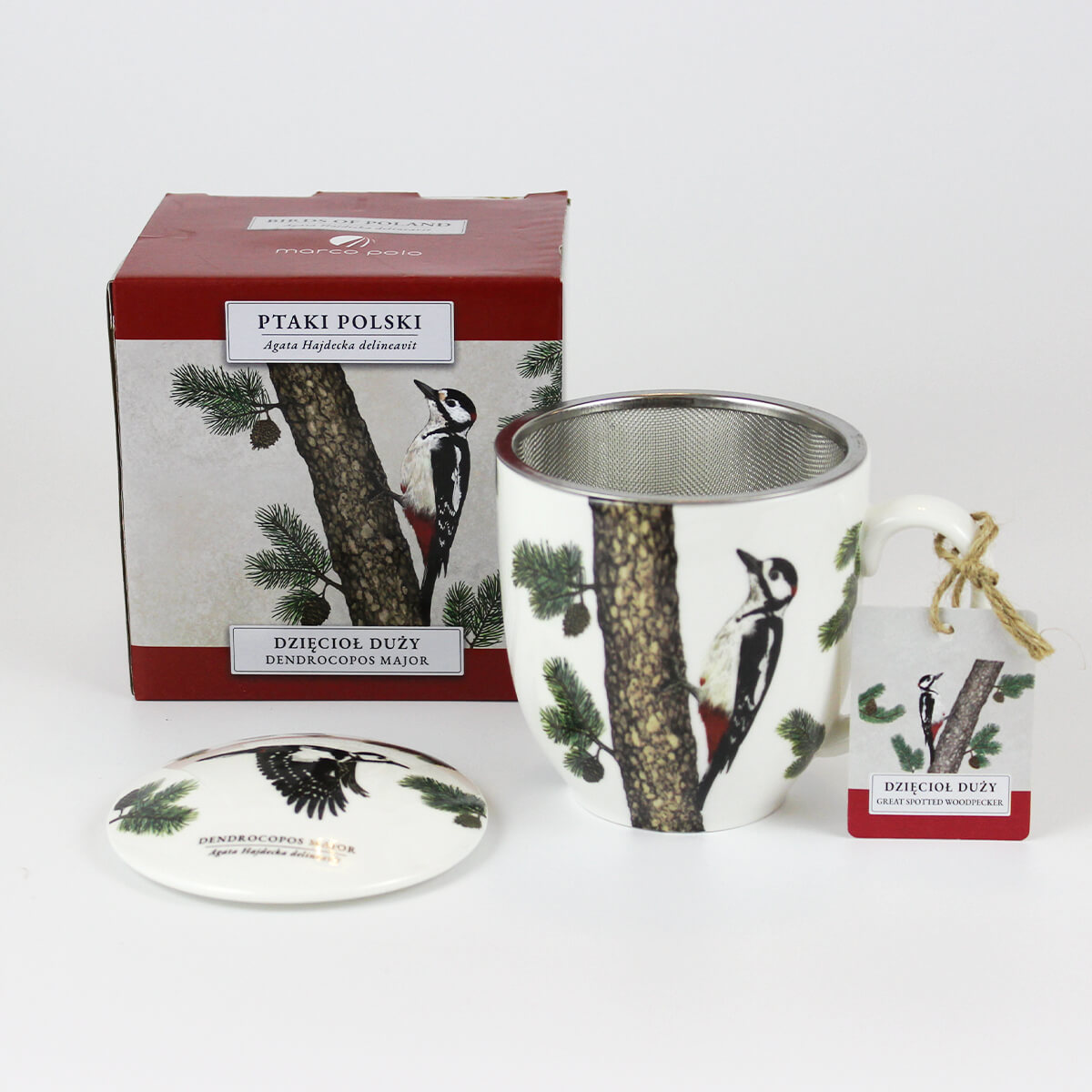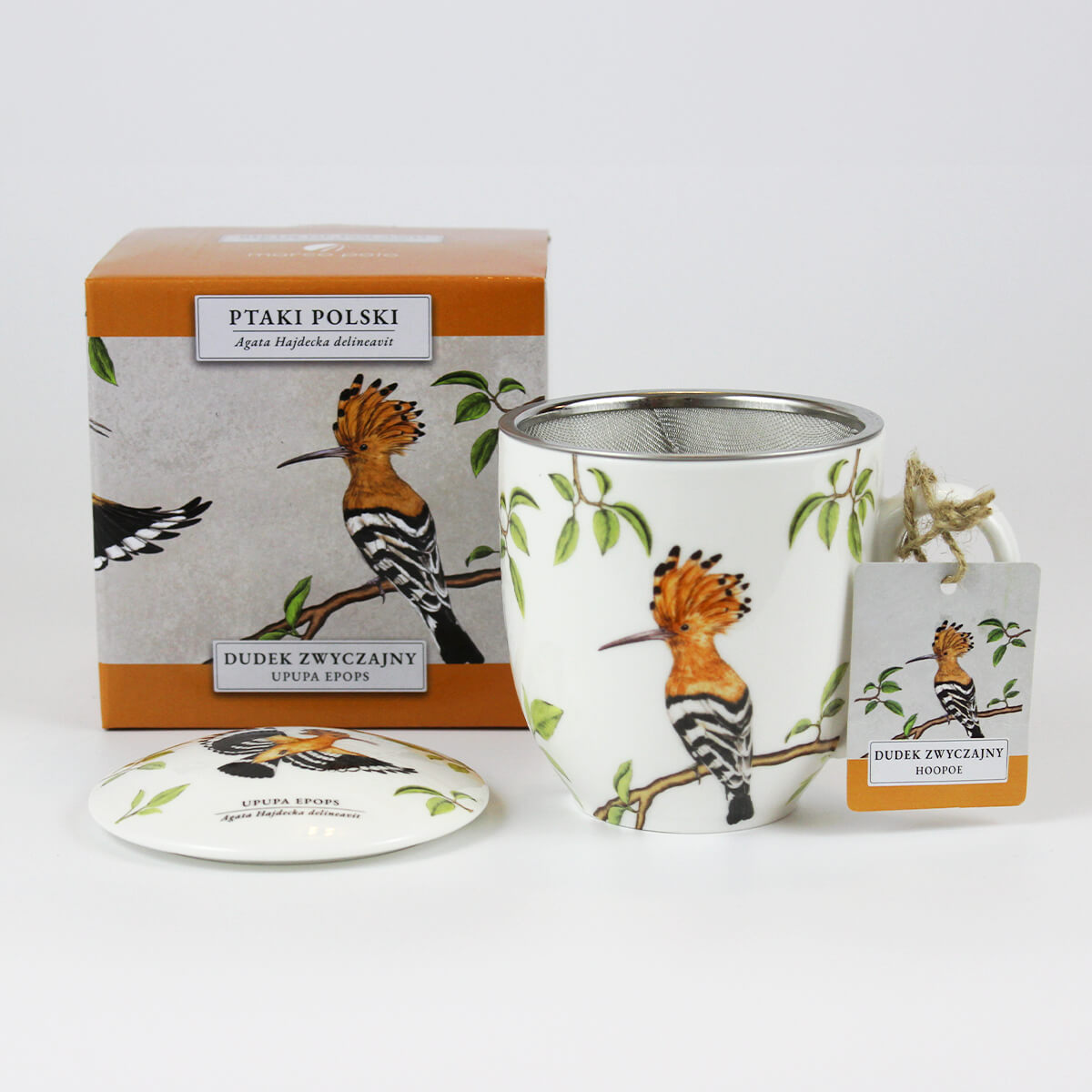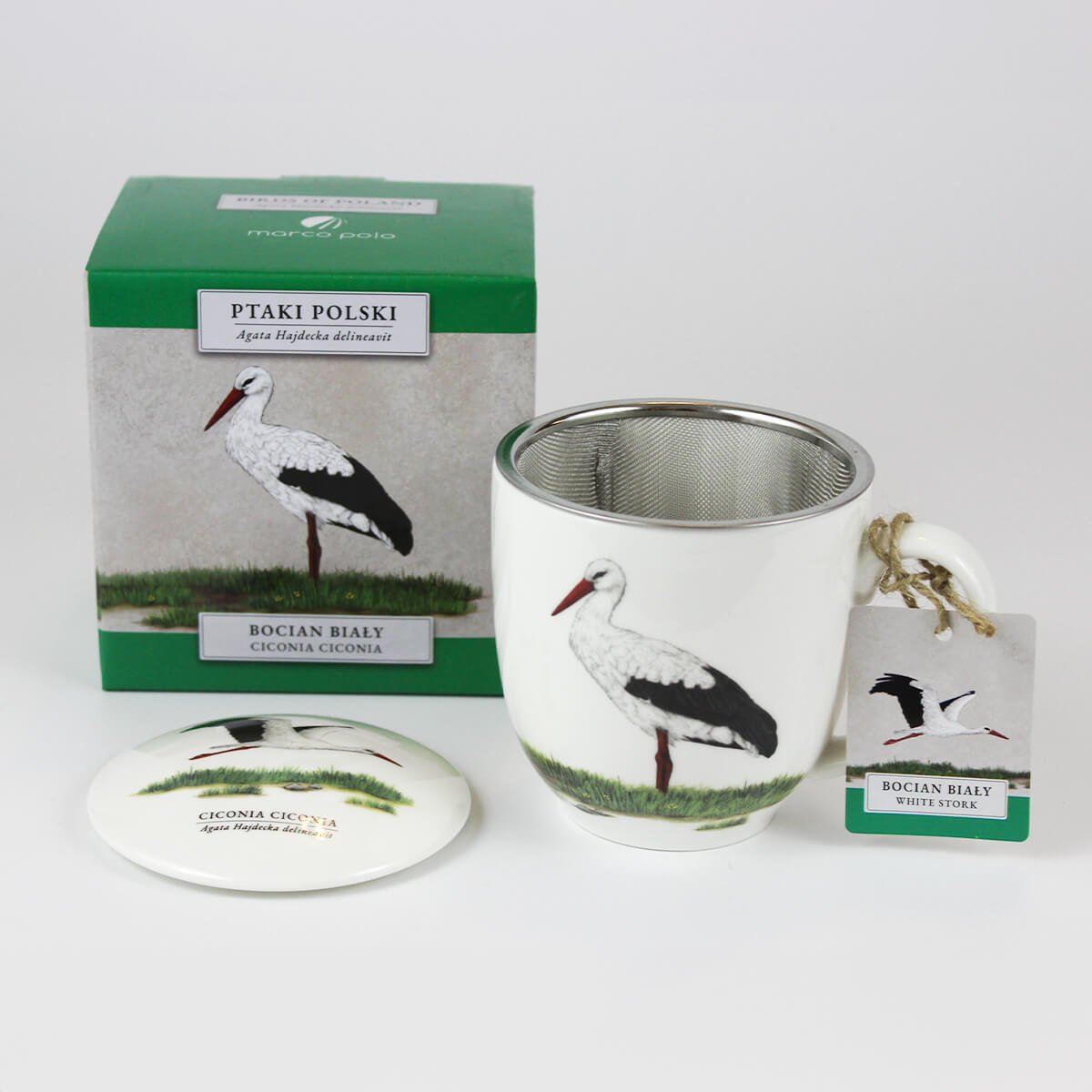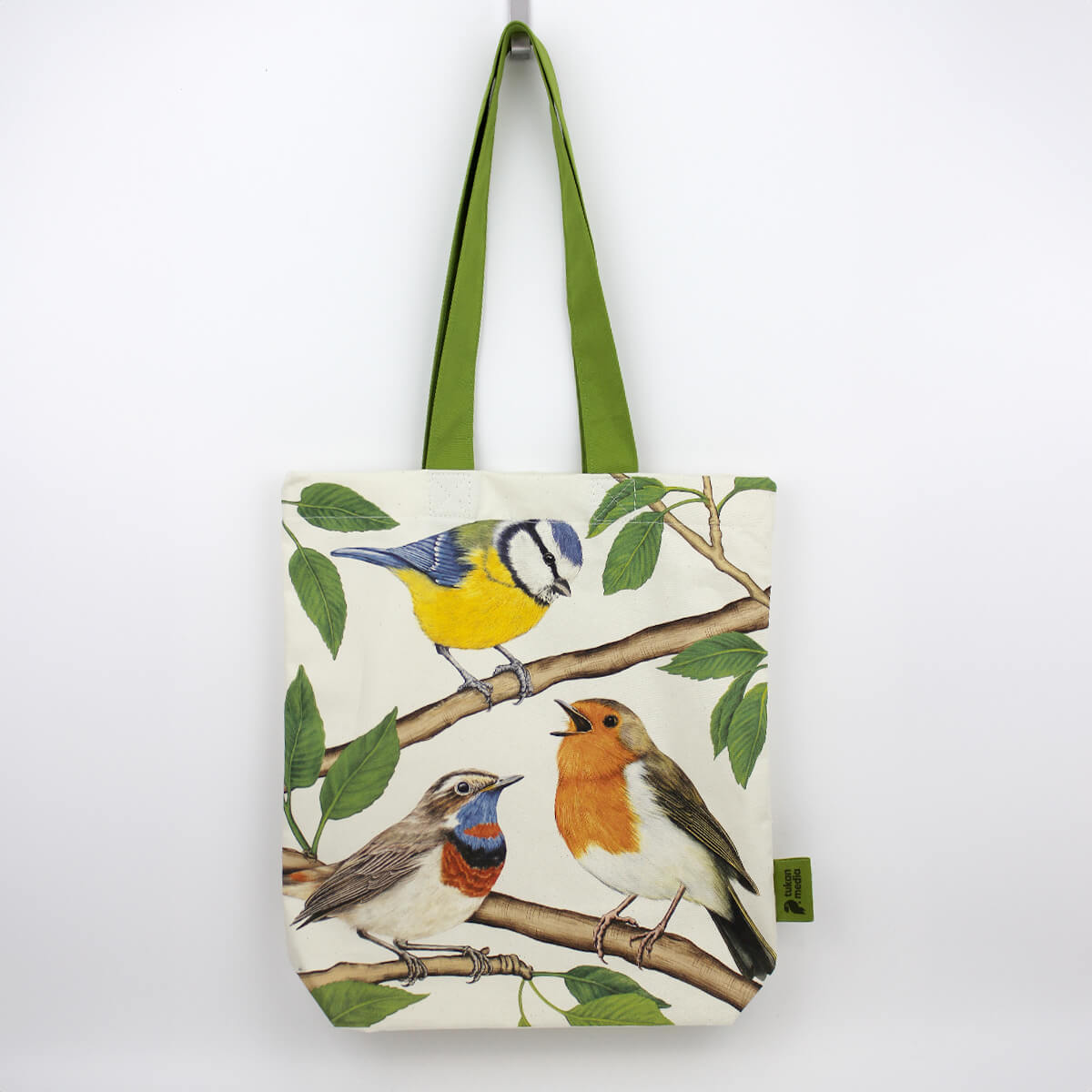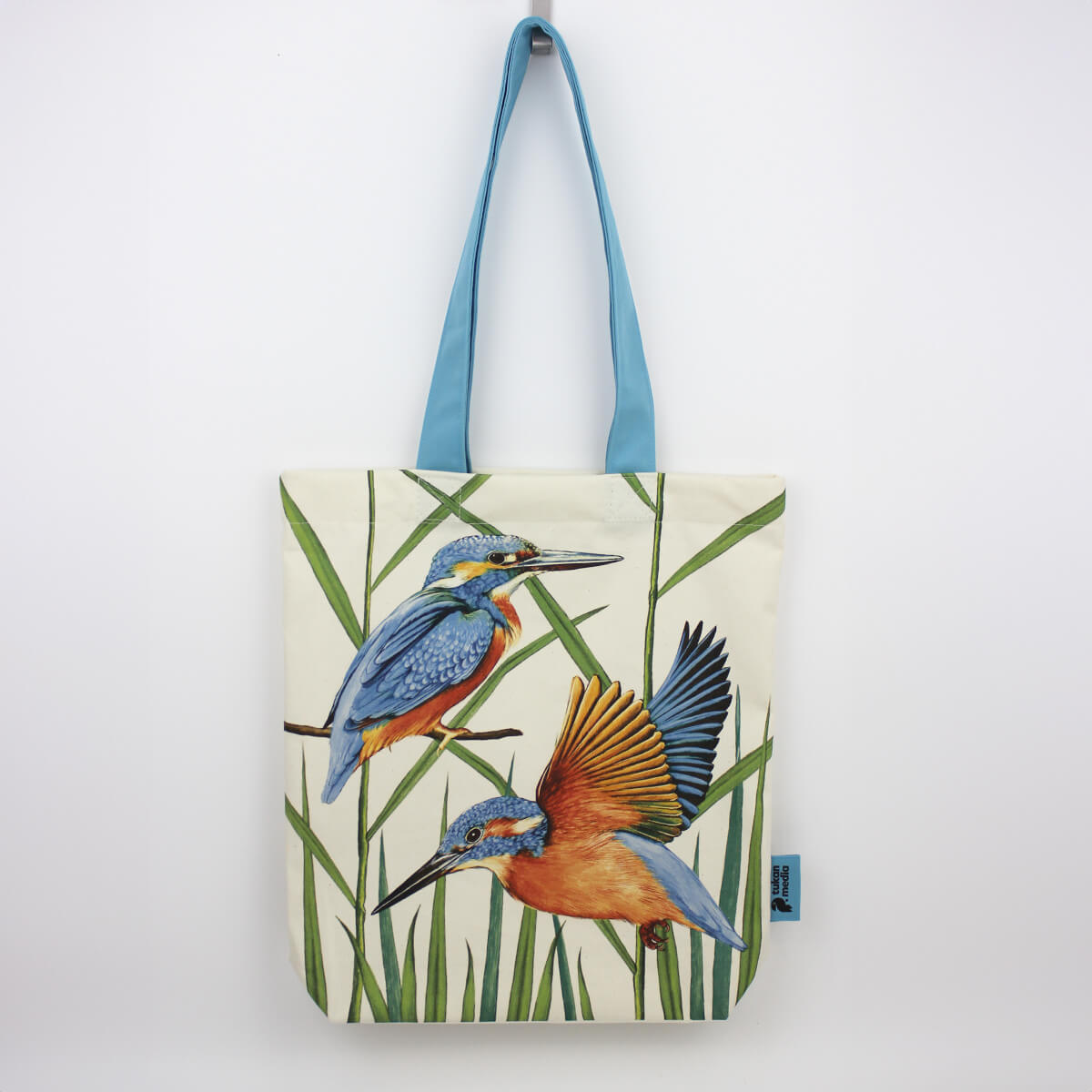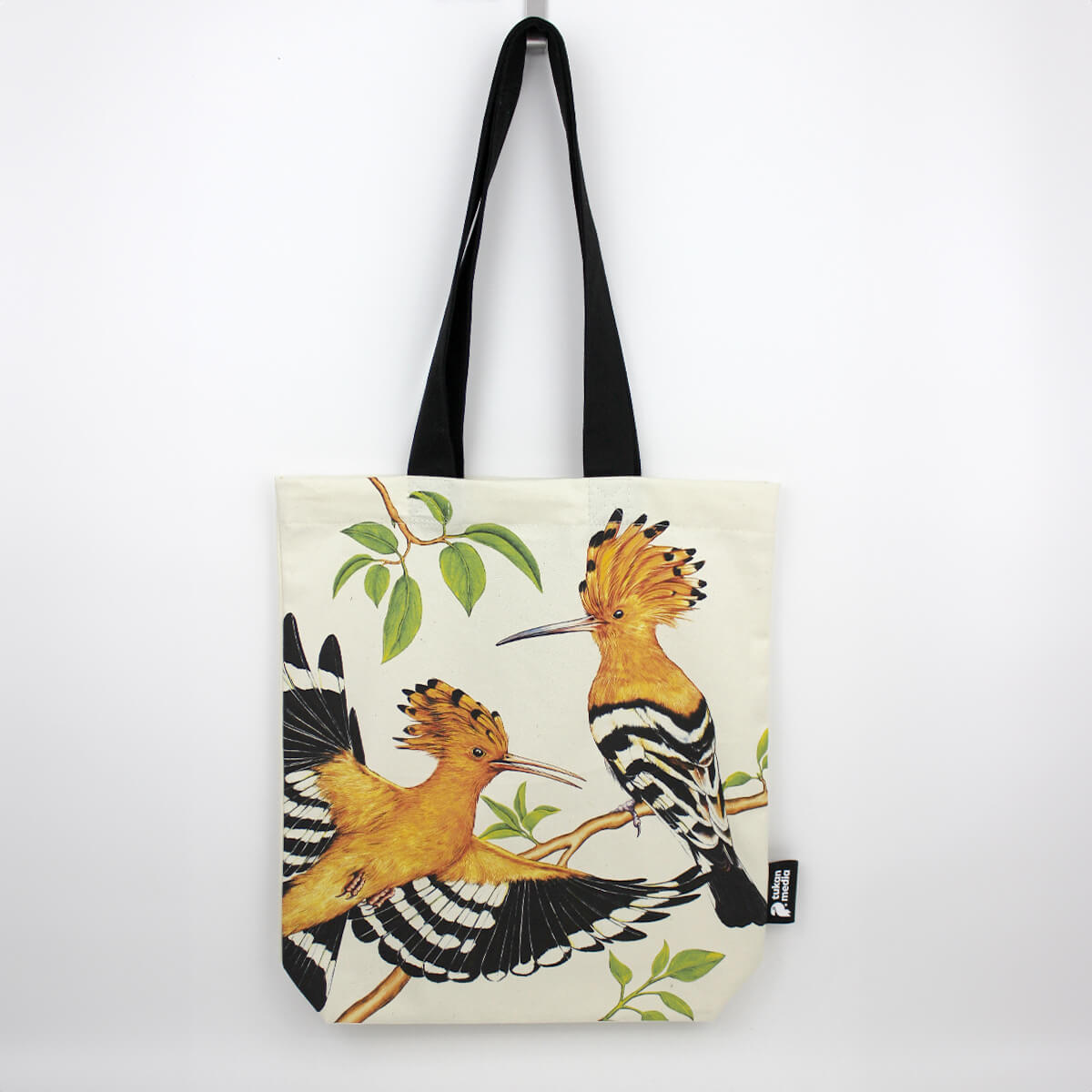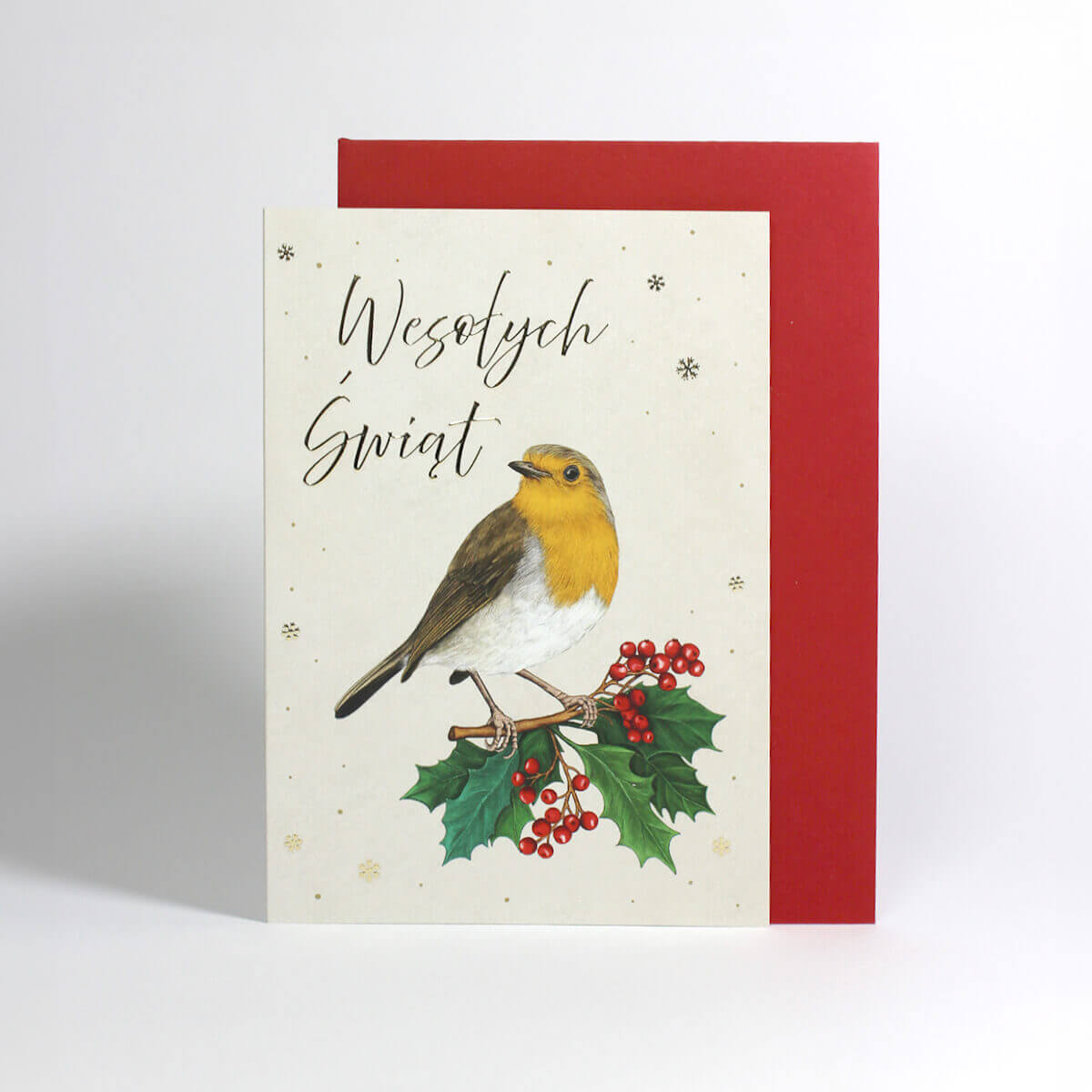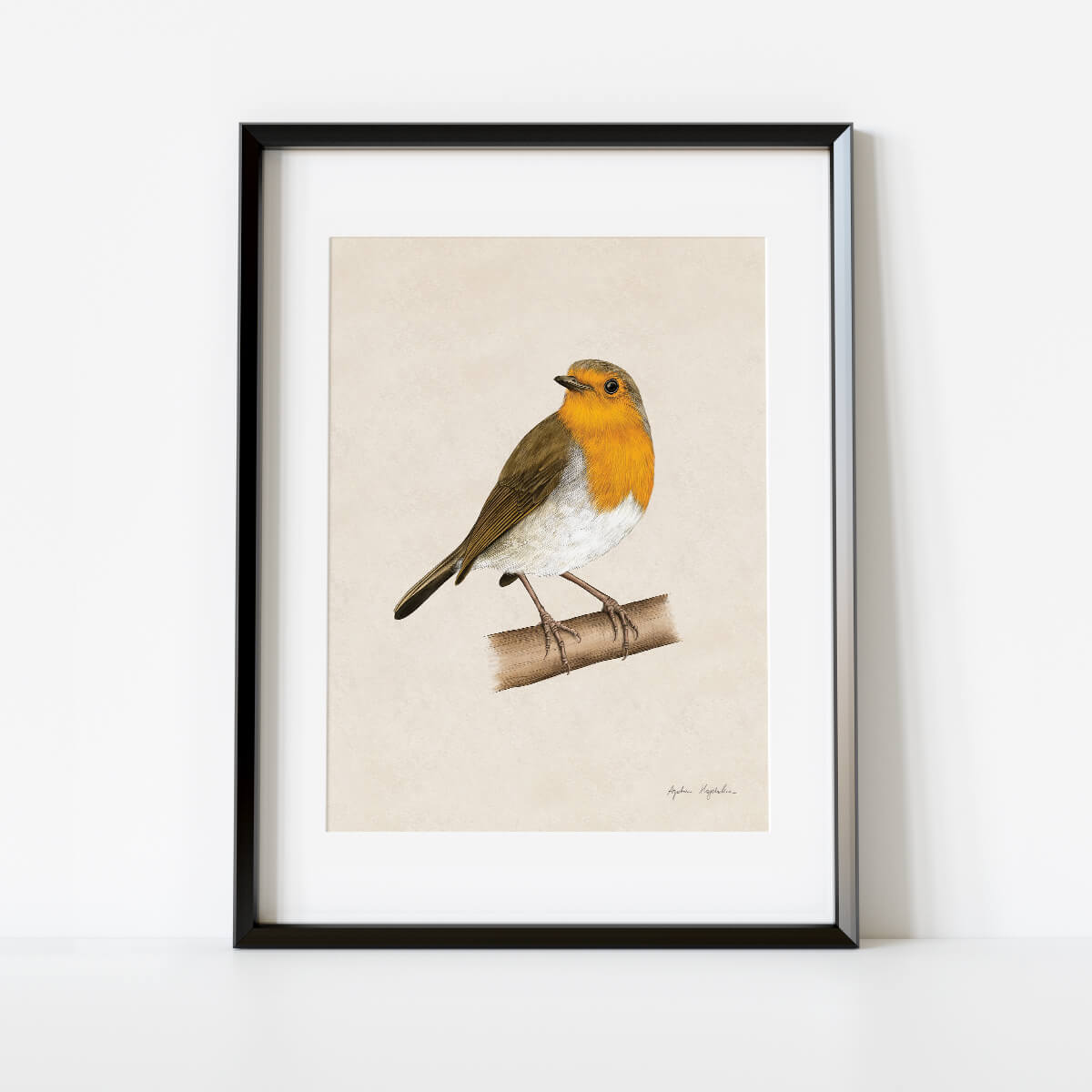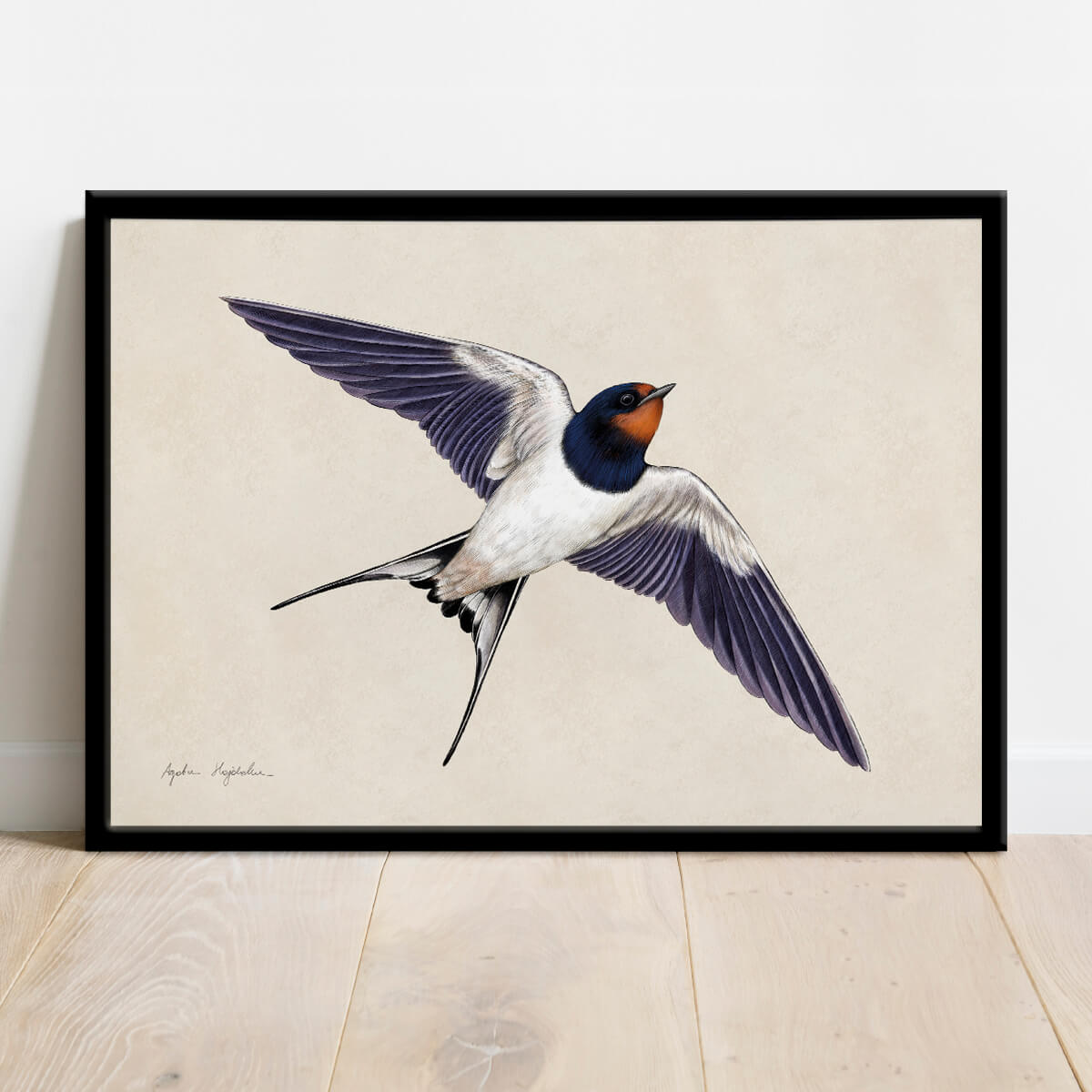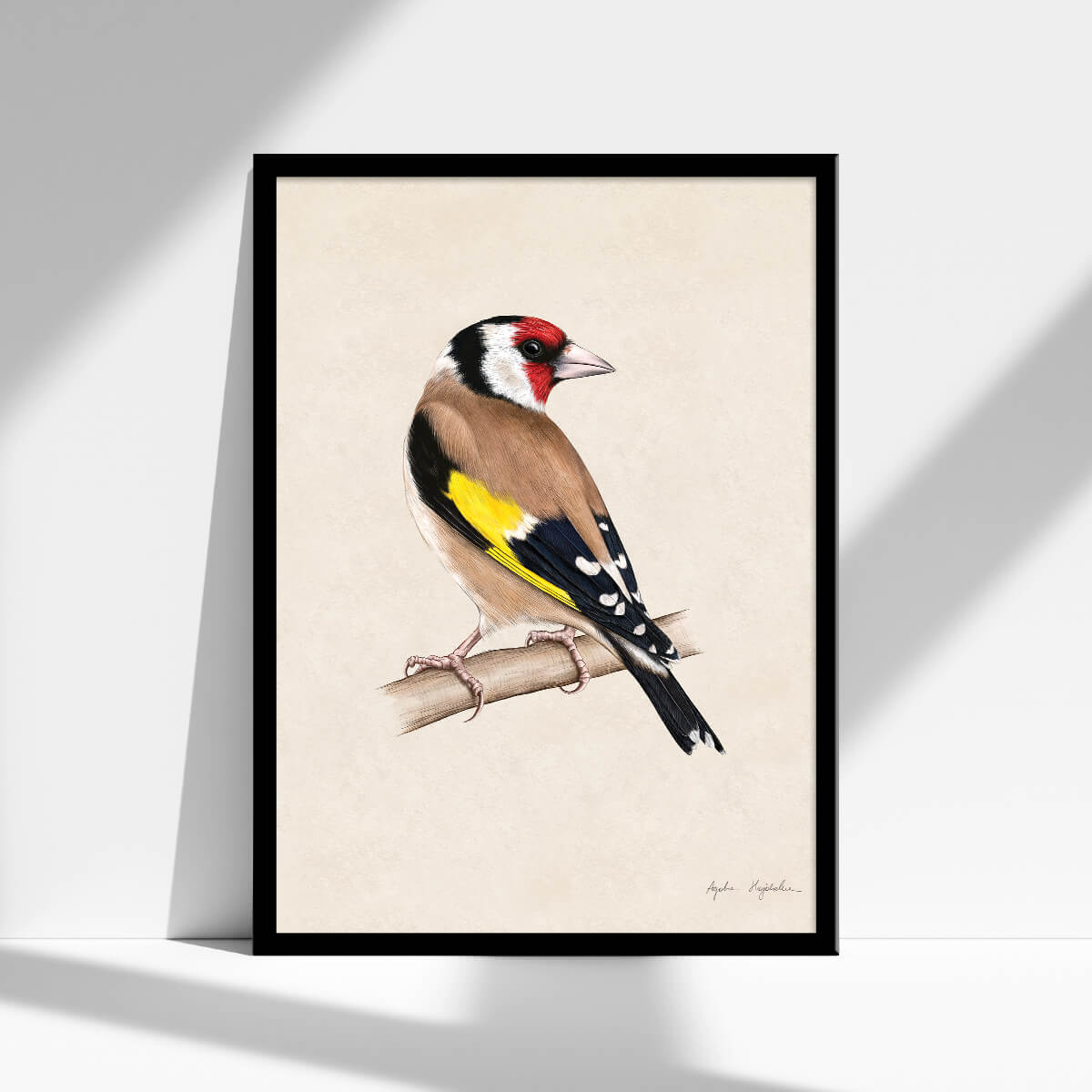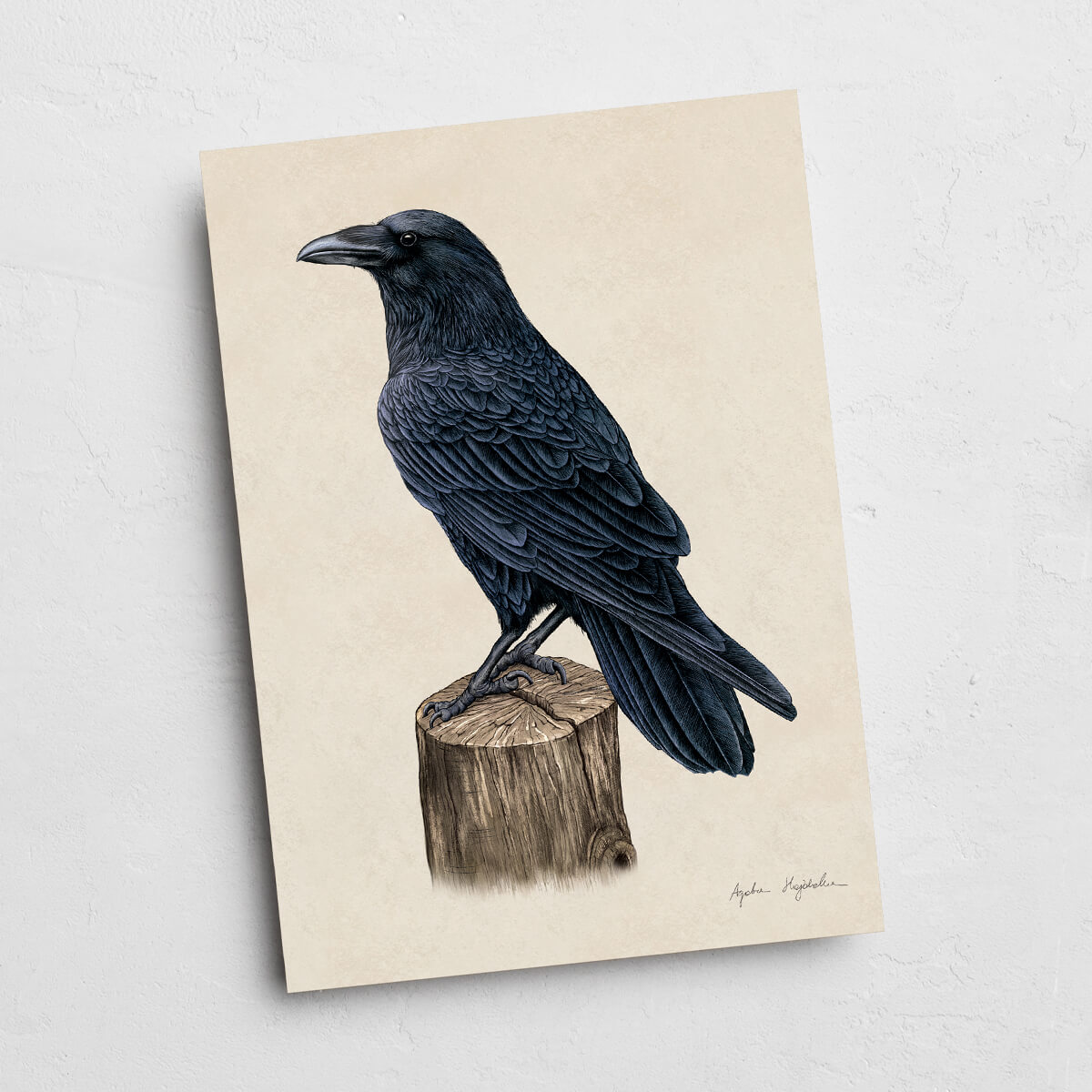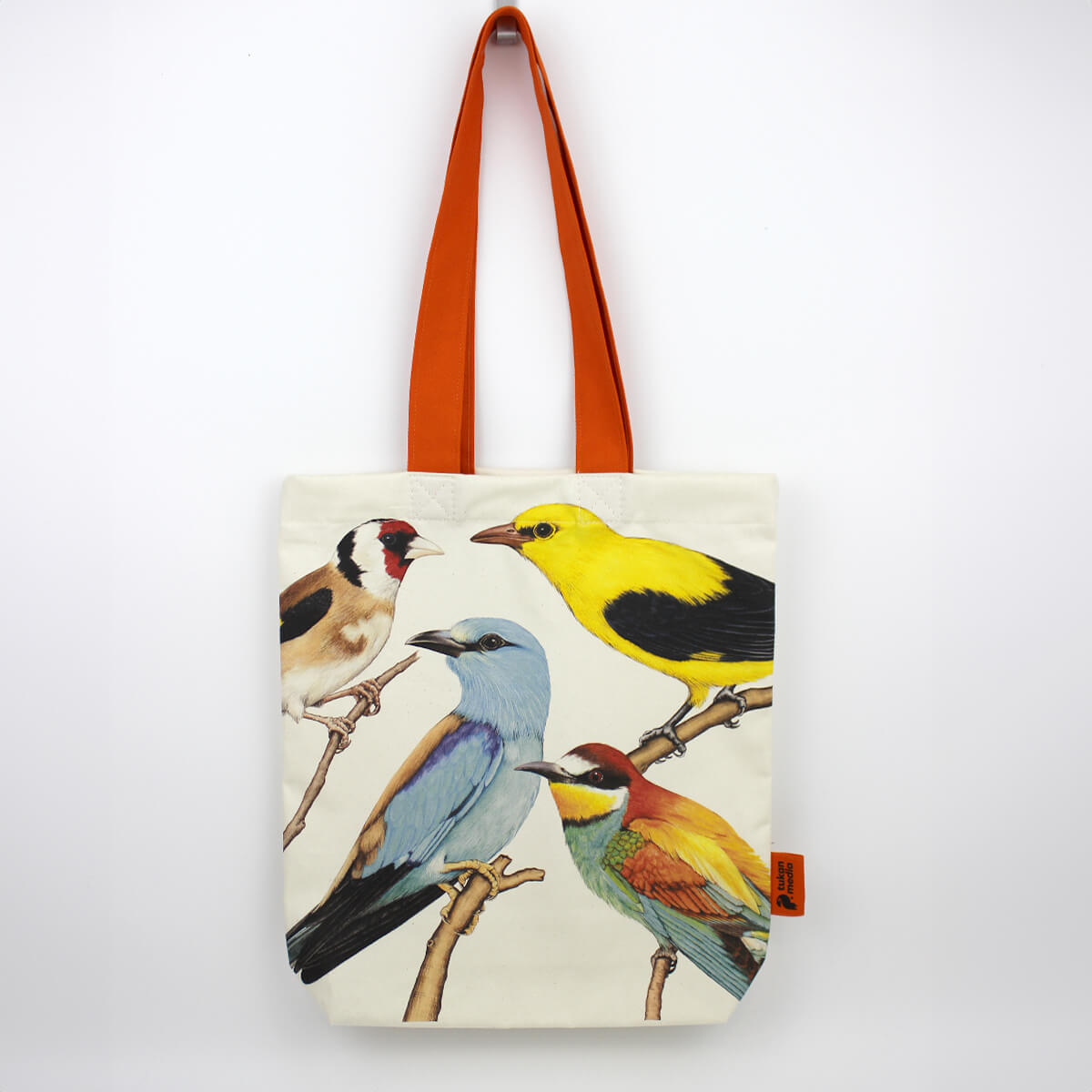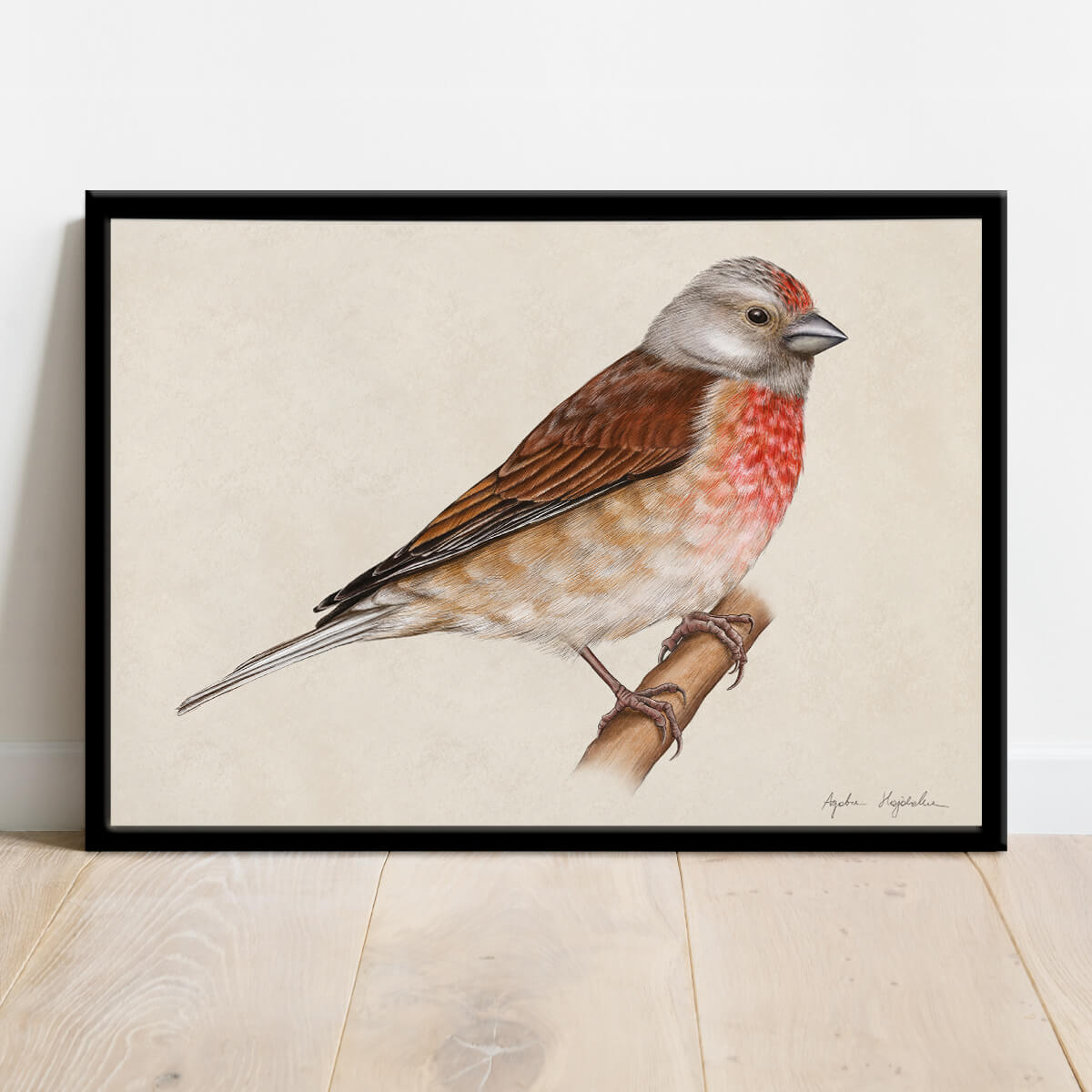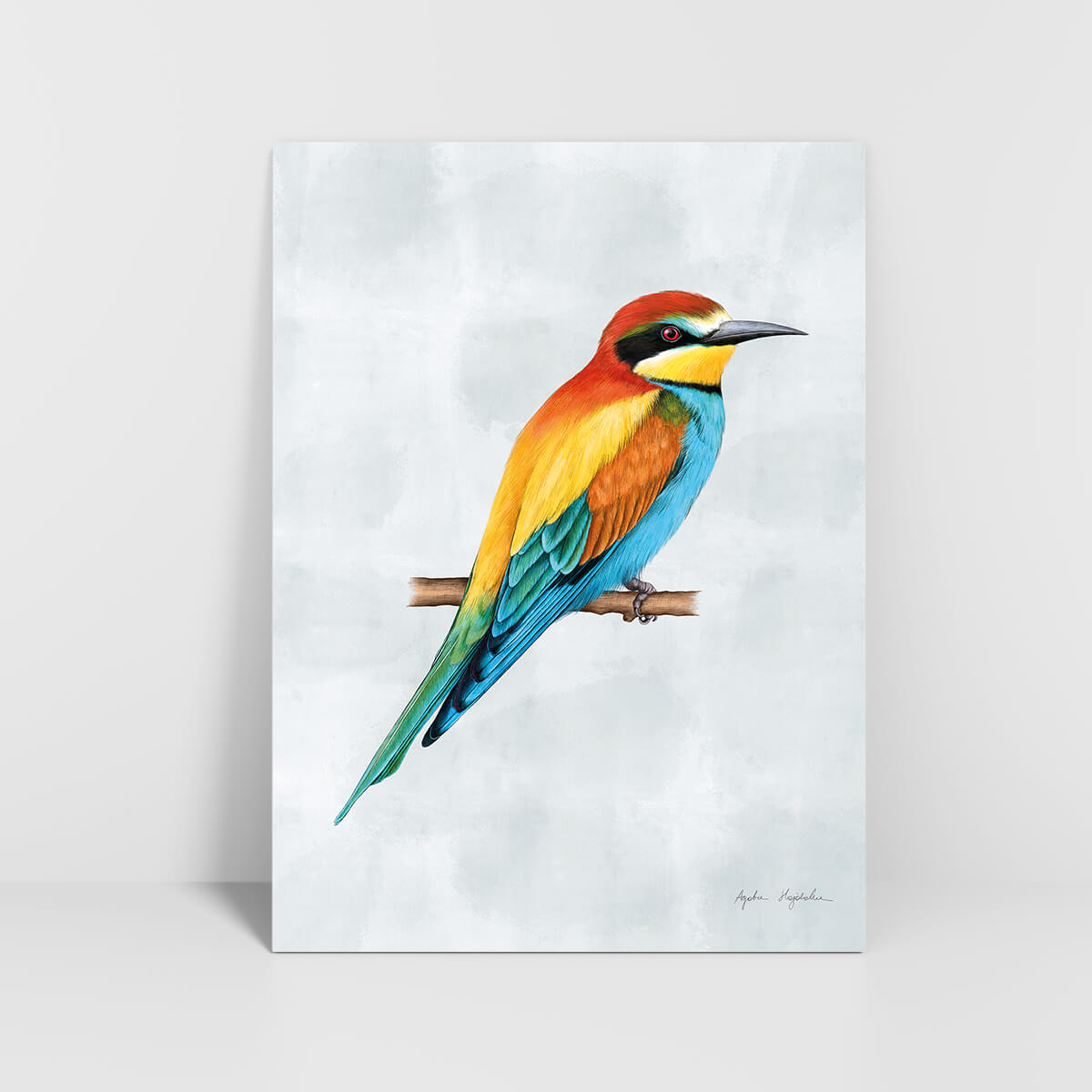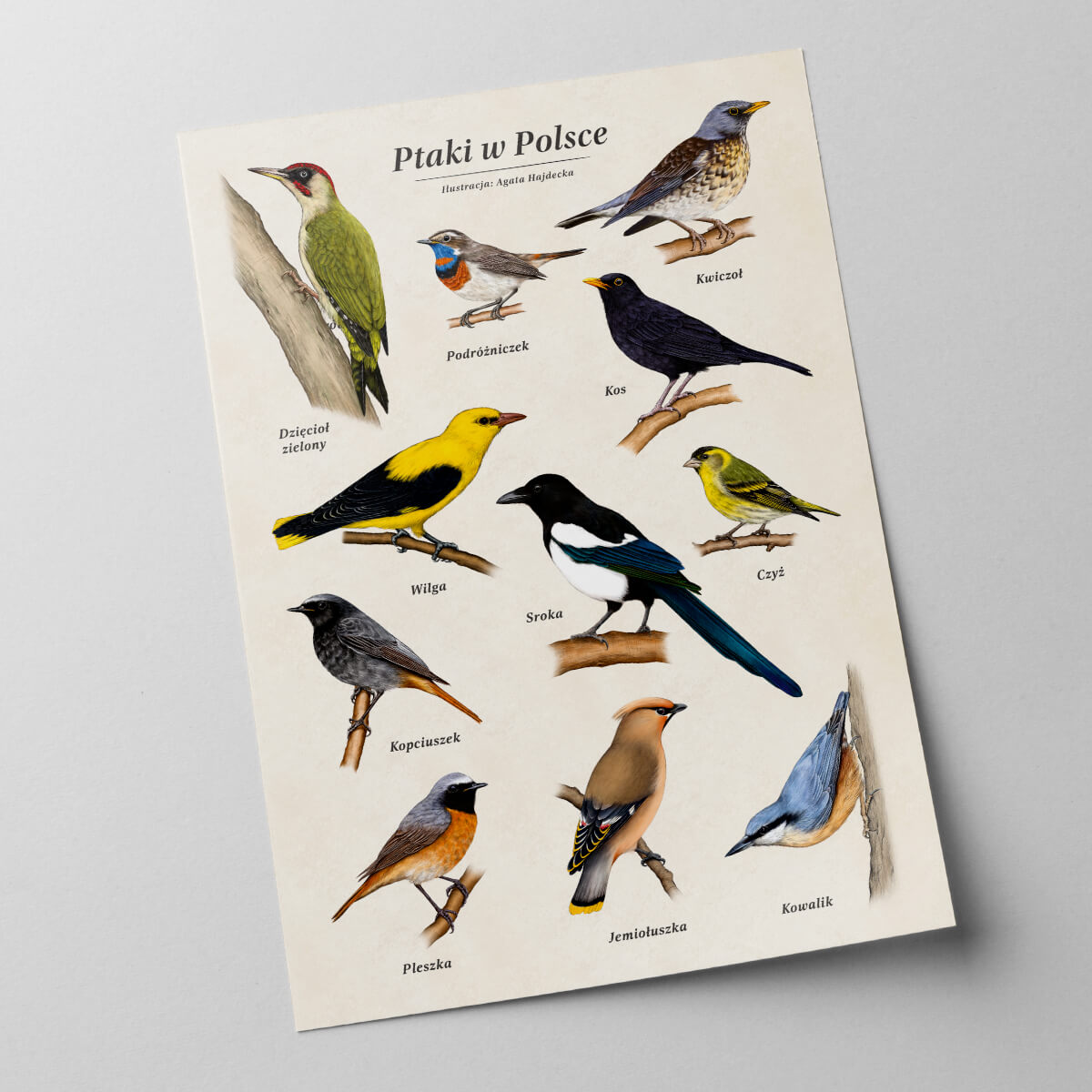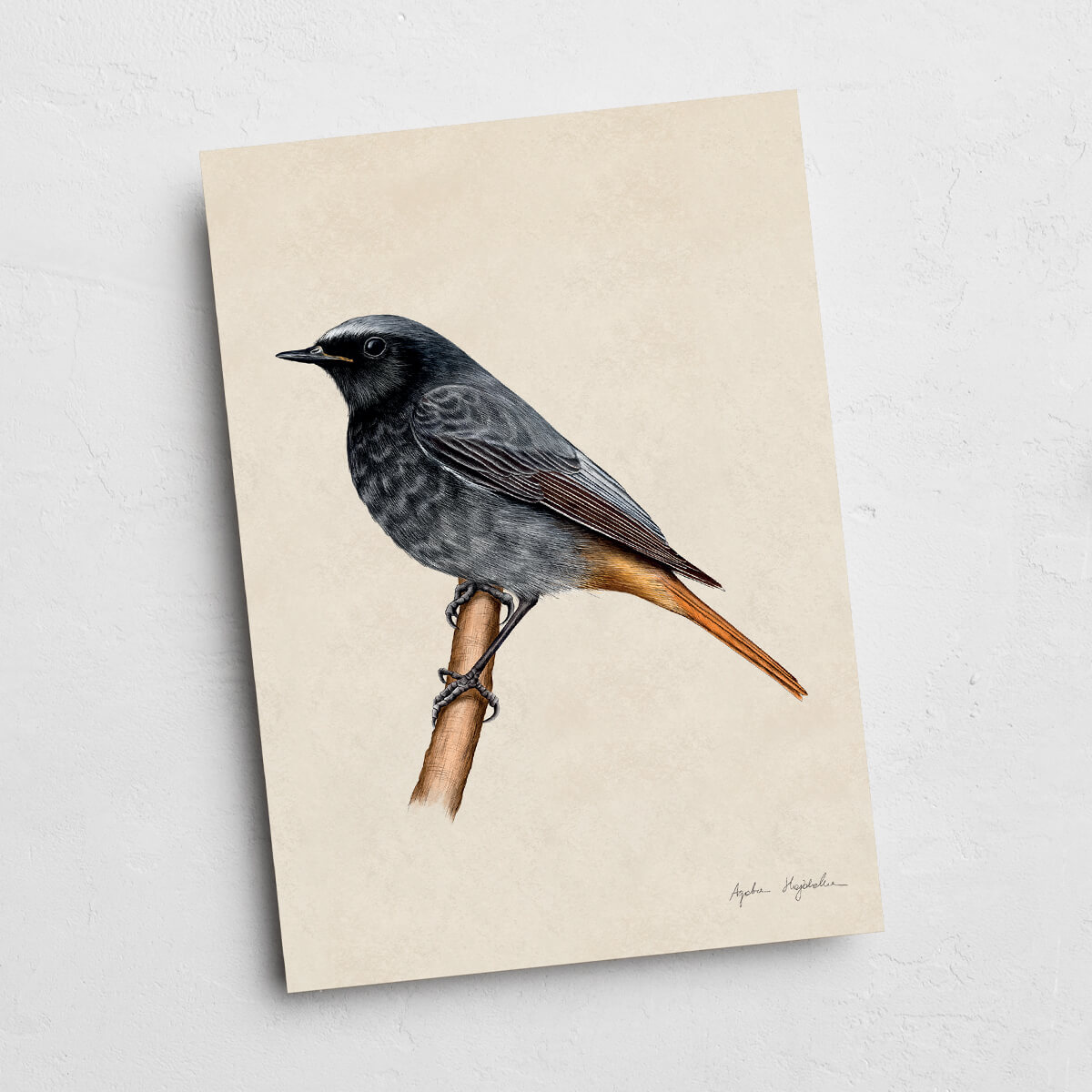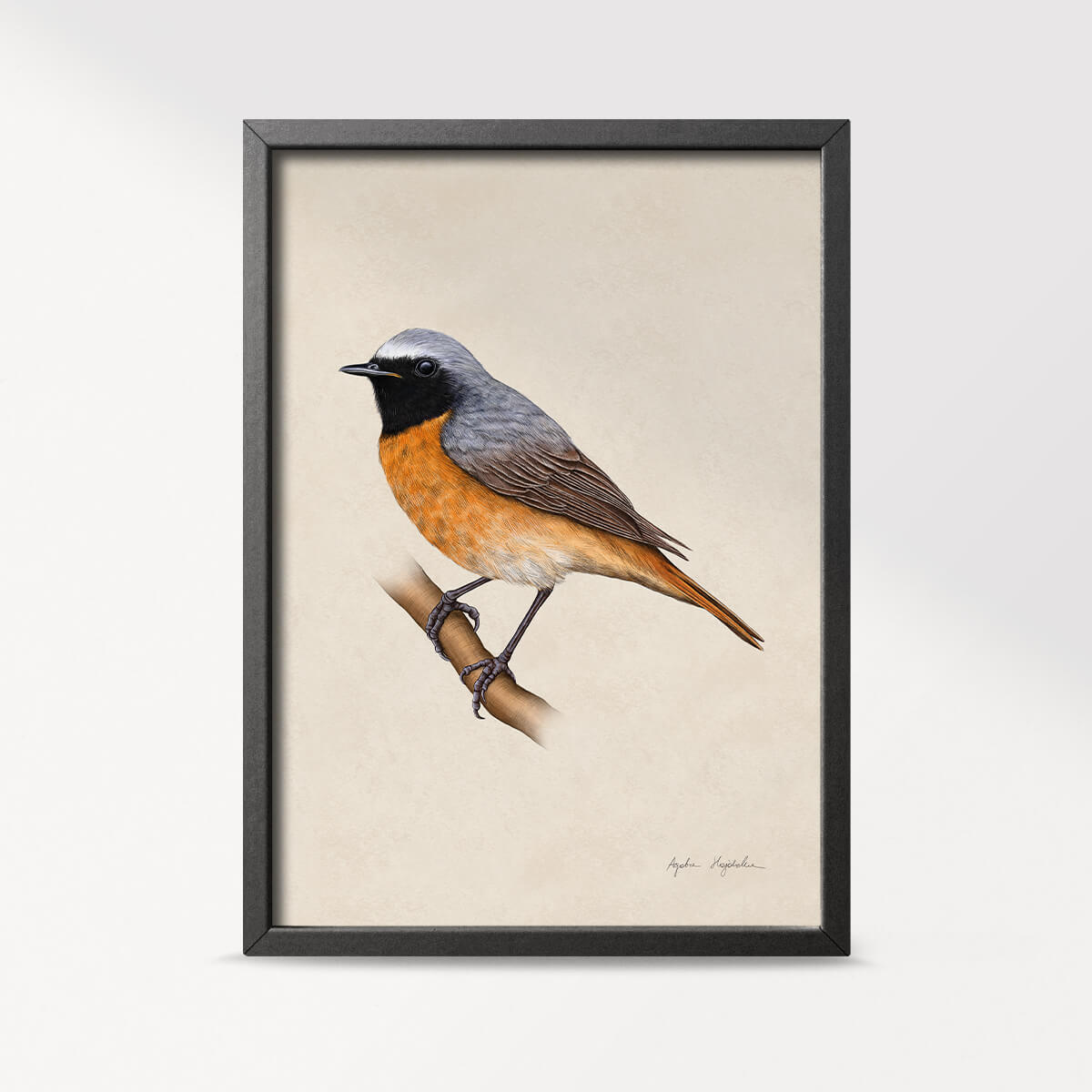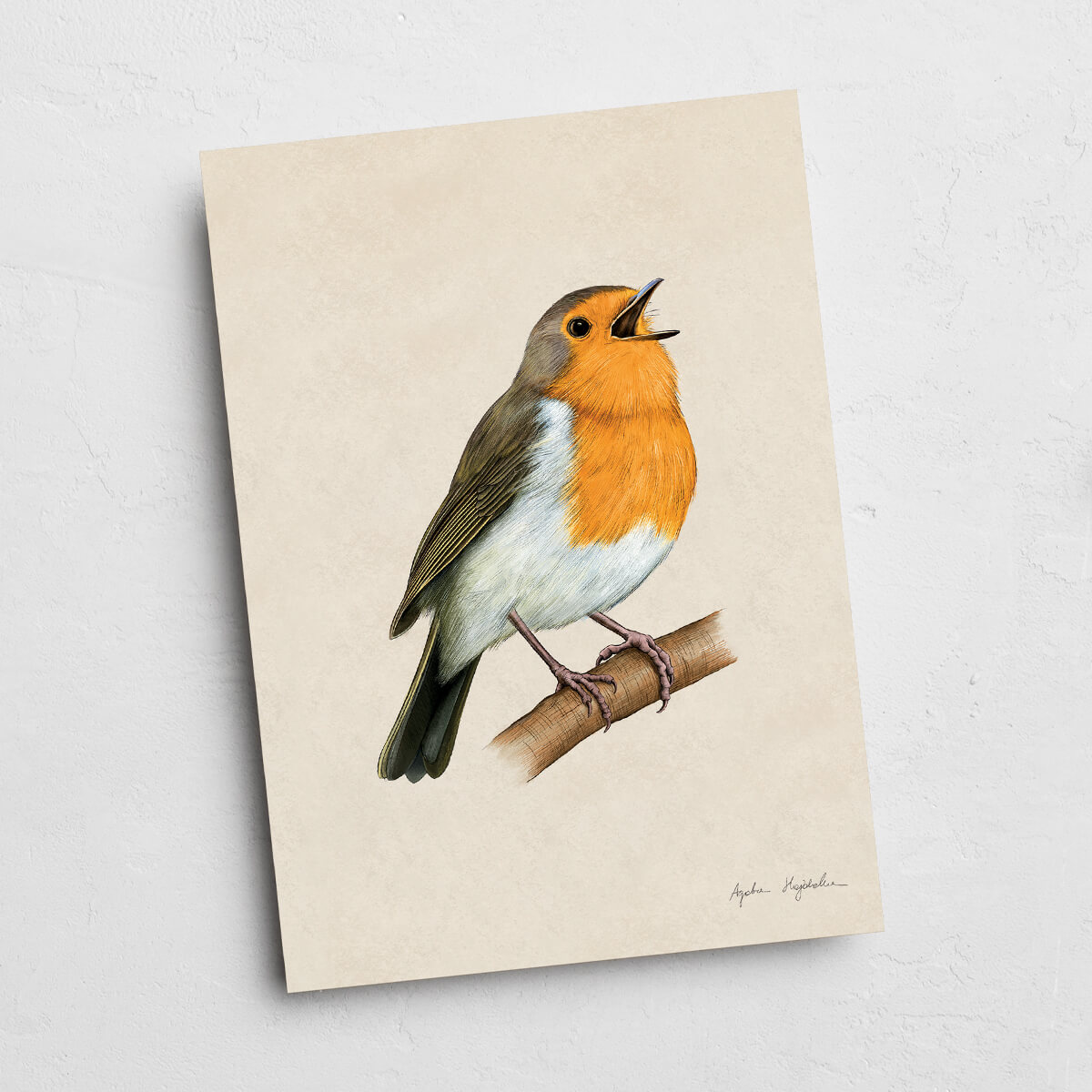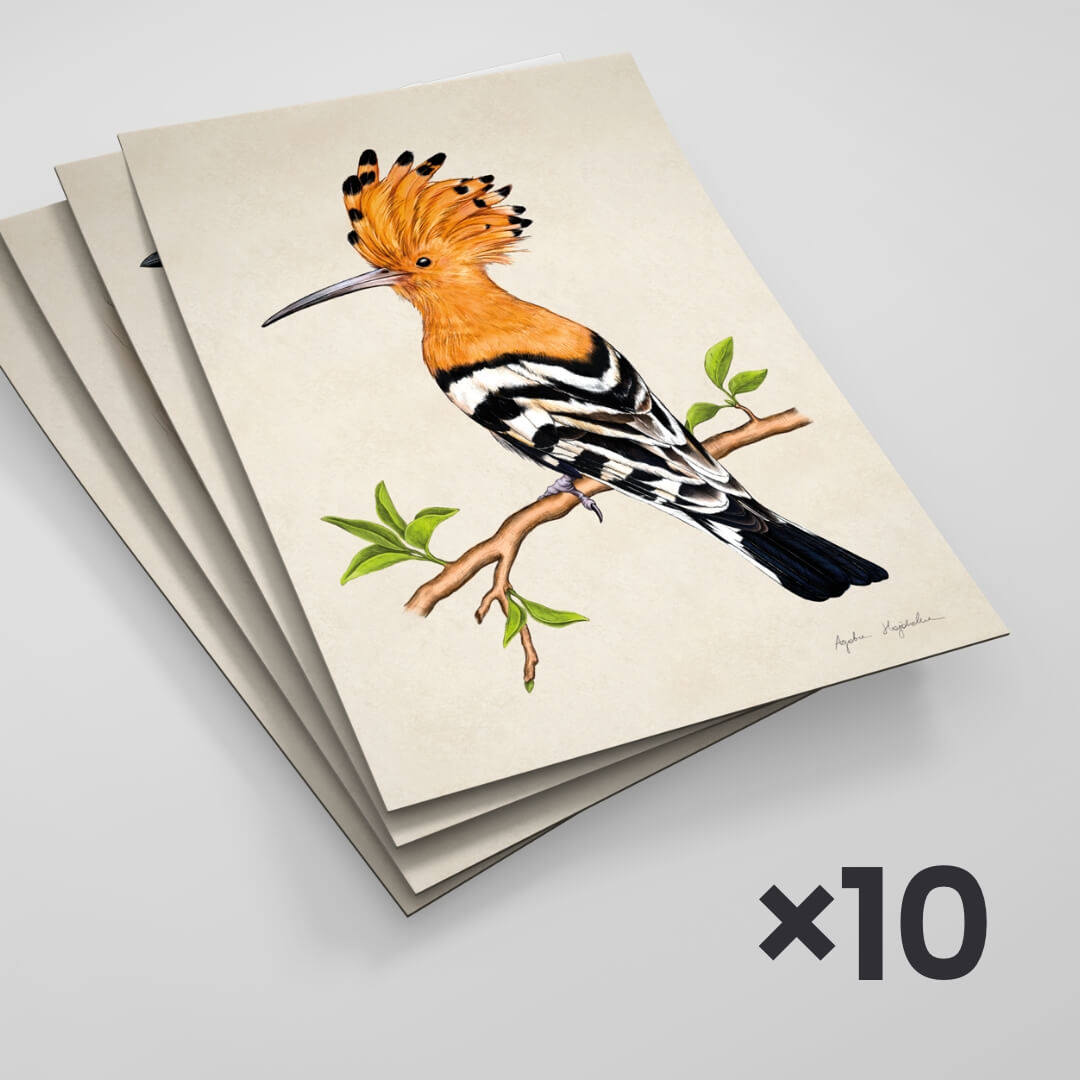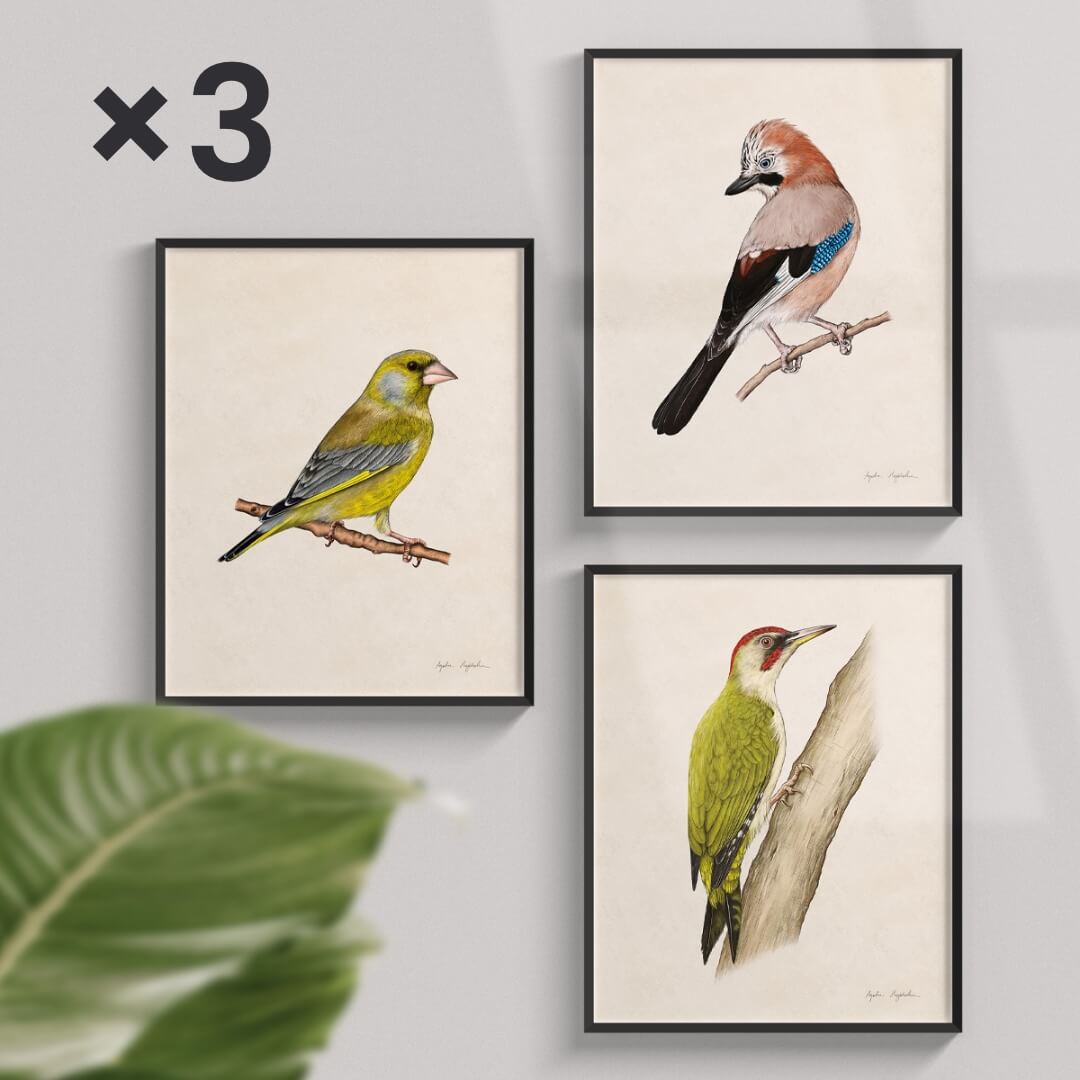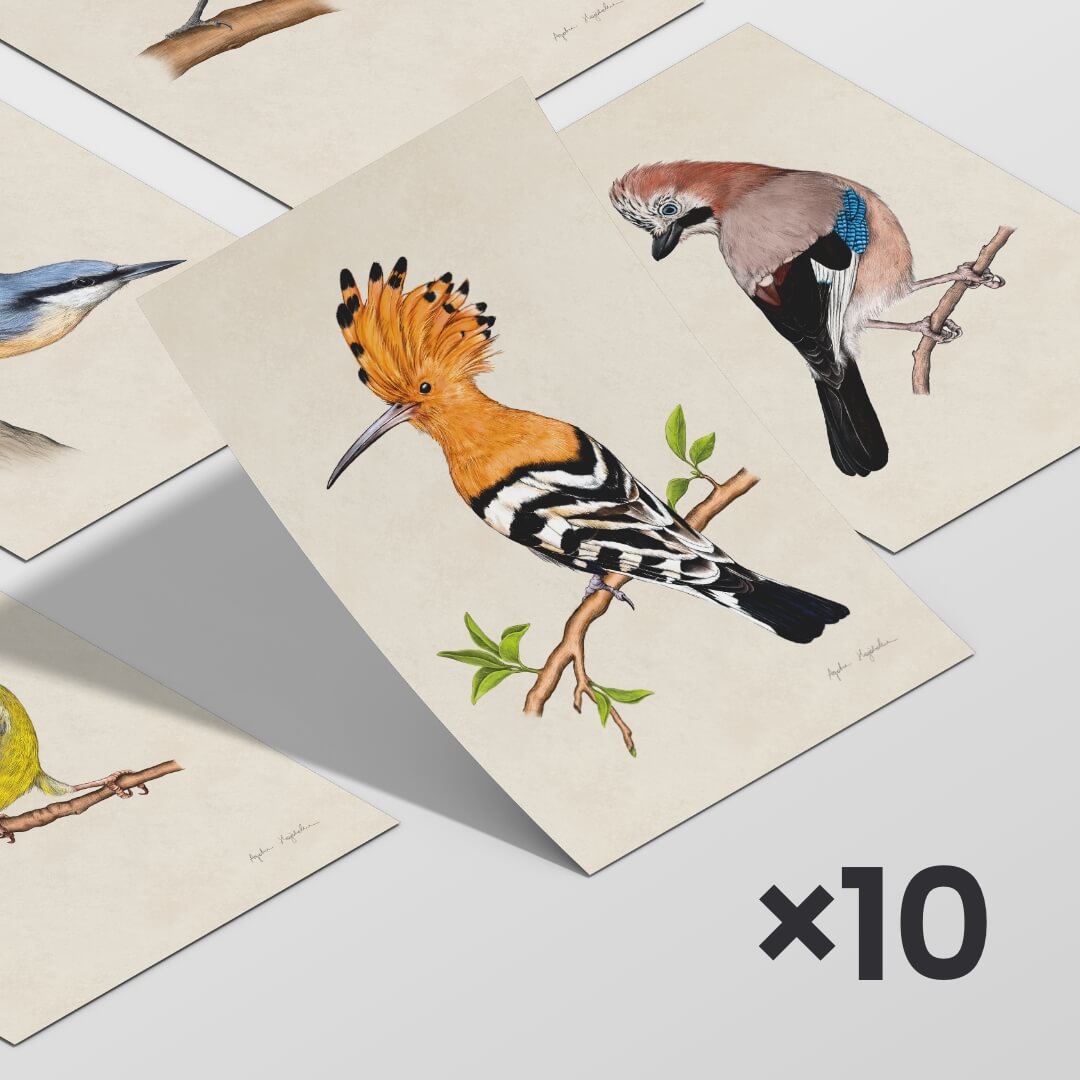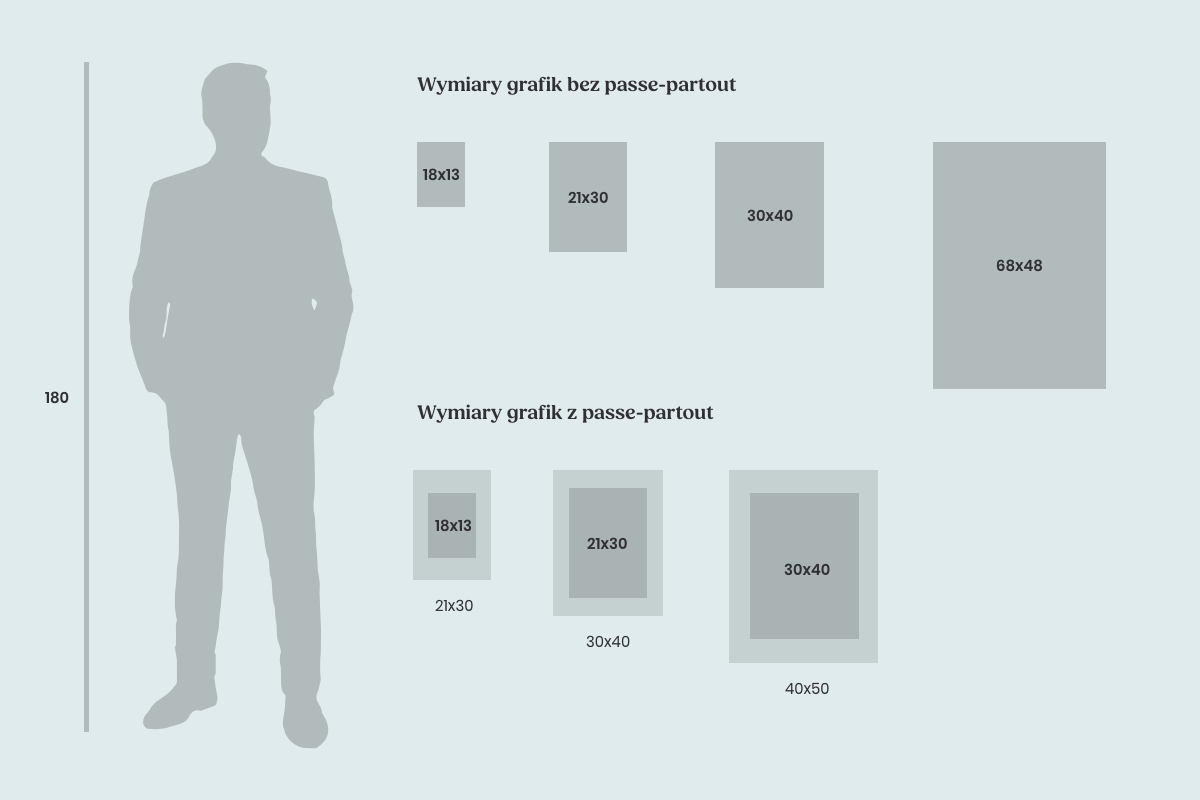- Tukan media
- Explore birds
- Mallard
Mallard
The direct ancestor of domestic ducks, the mallard duck, is a common bird recognized worldwide. It's estimated that mallard ducks were domesticated around 5,000 years ago in China, and their meat and eggs were valued by ancient Romans. You can find mallard ducks near water bodies, rivers, and streams with gentle currents. These birds prefer overgrown shores where they can hide. They are not shy of humans – on the contrary, they appreciate their presence as it provides easier access to food.
What does the mallard duck eat?
Mallards are omnivorous, but their main diet consists of plants. Remember that, like other birds, they should not be fed bread (or other bakery products). What to feed ducks to avoid harming them? Feed them only in winter when access to food is limited. Do not throw food into the water – scatter it on the shore. You can offer them carrots, corn and grain, bran and cereal flakes, and white cabbage.
Mallard - facts and knowledge that will surprise you!
Although they are common Polish birds, recognizable by everyone and often encountered during visits to rivers, lakes, or even urban ponds, few people know their secrets. Ducks only use half of their brains! When one hemisphere is active, the other rests – depending on the time of day. This allows them to rest and keep watch over their flock simultaneously; they can even sleep with one eye open. Mallard ducks are game birds in Poland – hunting for ducks can take place from September 1st to the end of the calendar year. Ducks exhibit strong sexual dimorphism, making it easy to distinguish females from males, especially during the breeding season. During this time, males stand out with their iridescent green head feathers with a white ring around the neck, glossy brown breast, and dull back. Females are beige, without iridescent feathers. Here are a few surprising facts:
- mallards can fertilize females not only of their own species but also create hybrid crosses between different species. They are not monogamous either – they mate with multiple females, which contributes to the species' survival,
- the breeding season of Mallards falls in winter, which is a rather unusual time when much of nature is in a state of dormancy,
- while females lay a maximum of 12 eggs at a time, ornithologists have often found a larger number of eggs in Mallard nests – some of them were likely laid by other ducks. It turns out that Mallards are capable of adopting and accepting unrelated ducklings into their brood,
- many people wonder if the Mallard duck dives – sometimes you can see how it submerges its front body underwater. However, it cannot actually dive, even though it excels in the water. By flipping upside down, it's adept at acquiring food underwater,
- mallard ducks do not feel cold – their legs do not have nerves or blood vessels,
- their feathers are waterproof – thanks to this, their skin always stays dry,
- these birds can soar to altitudes where airplanes fly!
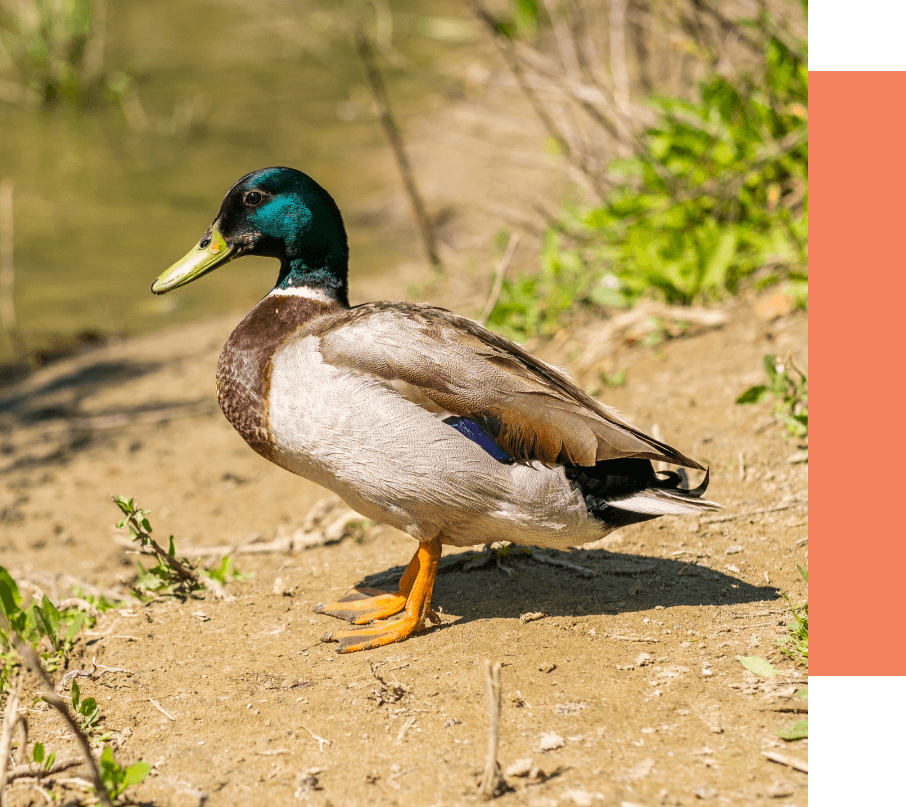
Listen to the voice
Gadgets with mallard illustration
Commonly known as common Polish birds, they can surprise and delight with the colorful plumage of males during the breeding season – they couldn't be missing from the collection of bird-themed gadgets. In my offer, you will find many products featuring the image of mallards, including:
- posters
- mugs
View products with the mallard
553.00 zł 499.00 zł
400.00 zł 375.00 zł
464.00 zł 439.00 zł
237.00 zł 225.00 zł
150.00 zł 143.00 zł
174.00 zł 165.00 zł
79.00 zł
50.00 zł
135.00 zł 129.00 zł
360.00 zł 340.00 zł
20.00 zł – 120.00 zł
Mallard - Additional Information
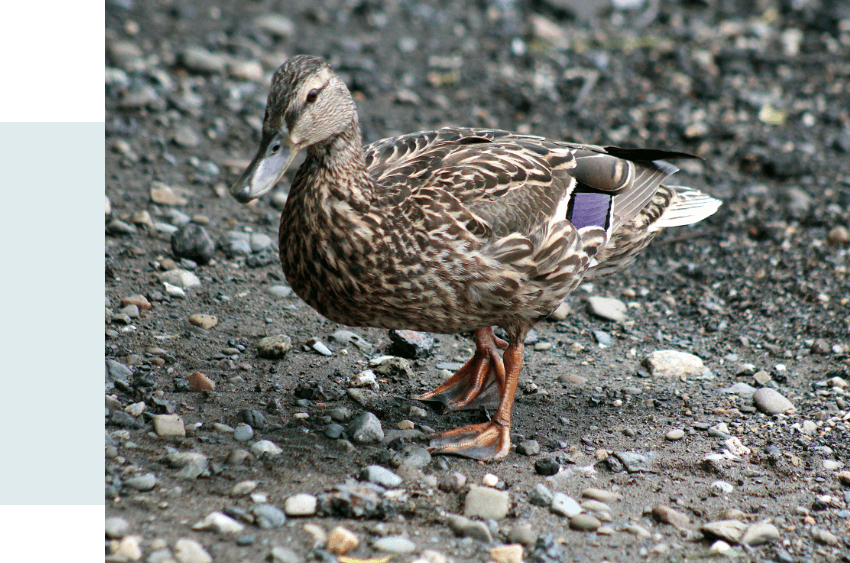
Mallard
Anas platyrhynchus
Family
Ducks
Locations of Occurrence
The entire lowland area of the country
Food
Omnivorous and not picky
Population
Moderately common, locally abundant breeding bird
Migrations
Partially resident or undertakes short-distance migrations. Some birds winter in the country
Breeding
7-11 greenish or beige eggs. Incubation: 27-28 days. Young birds become fledged after 50-60 days
See other products with birds
89.00 zł
89.00 zł
20.00 zł – 120.00 zł
20.00 zł – 120.00 zł
20.00 zł – 120.00 zł
60.00 zł – 120.00 zł
20.00 zł – 120.00 zł
20.00 zł – 120.00 zł
20.00 zł – 120.00 zł
267.00 zł 230.00 zł
553.00 zł 499.00 zł
400.00 zł 375.00 zł
464.00 zł 439.00 zł
237.00 zł 225.00 zł
150.00 zł 143.00 zł
174.00 zł 165.00 zł
89.00 zł
50.00 zł
50.00 zł
58.00 zł
79.00 zł
79.00 zł
79.00 zł
79.00 zł
79.00 zł
50.00 zł
50.00 zł
50.00 zł
50.00 zł
50.00 zł
89.00 zł
89.00 zł
20.00 zł – 120.00 zł
20.00 zł – 120.00 zł
20.00 zł – 120.00 zł
20.00 zł – 120.00 zł
89.00 zł
20.00 zł – 120.00 zł
20.00 zł – 120.00 zł
60.00 zł – 120.00 zł
20.00 zł – 120.00 zł
20.00 zł – 120.00 zł
20.00 zł – 120.00 zł
600.00 zł 500.00 zł
160.00 zł – 320.00 zł
450.00 zł 400.00 zł
